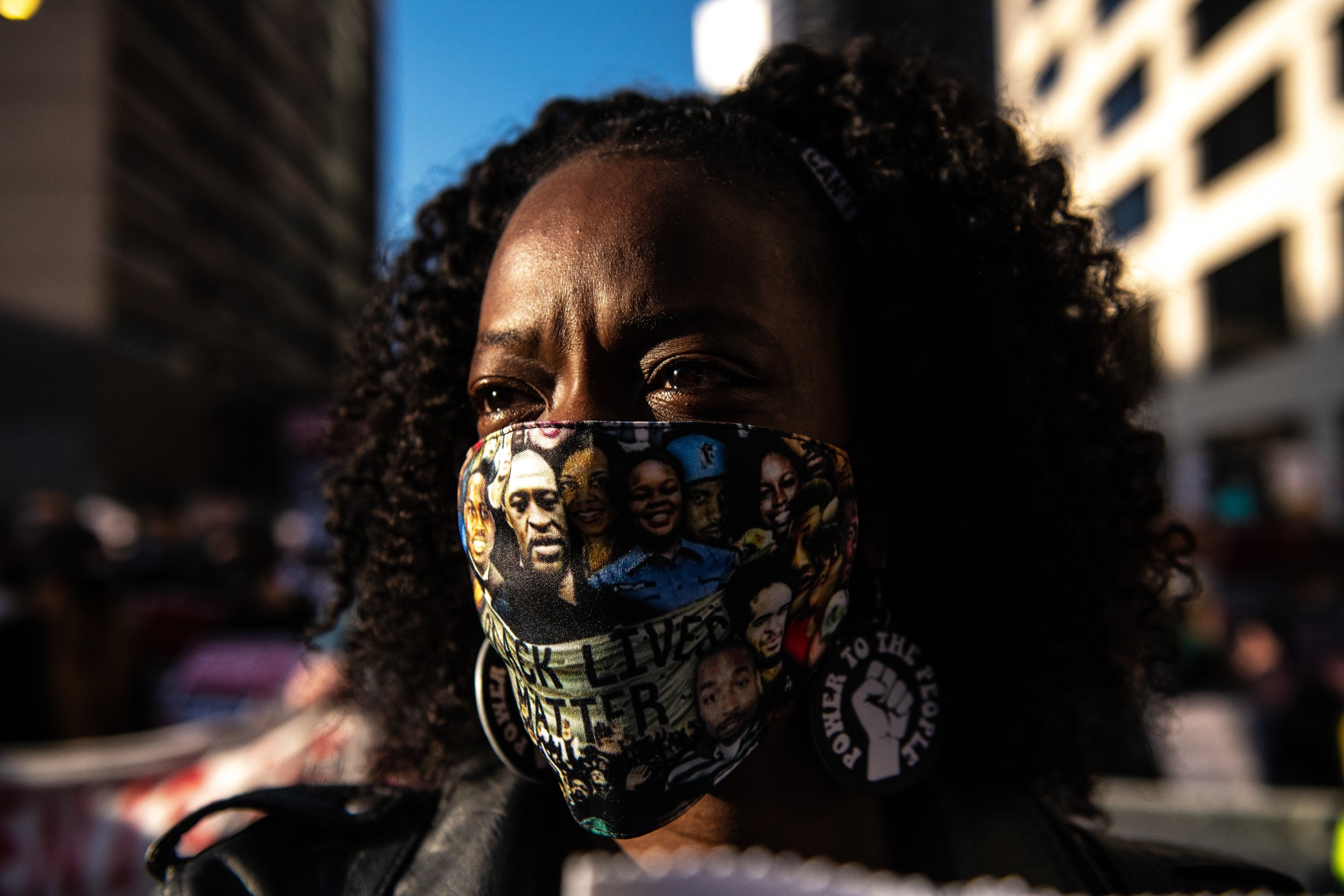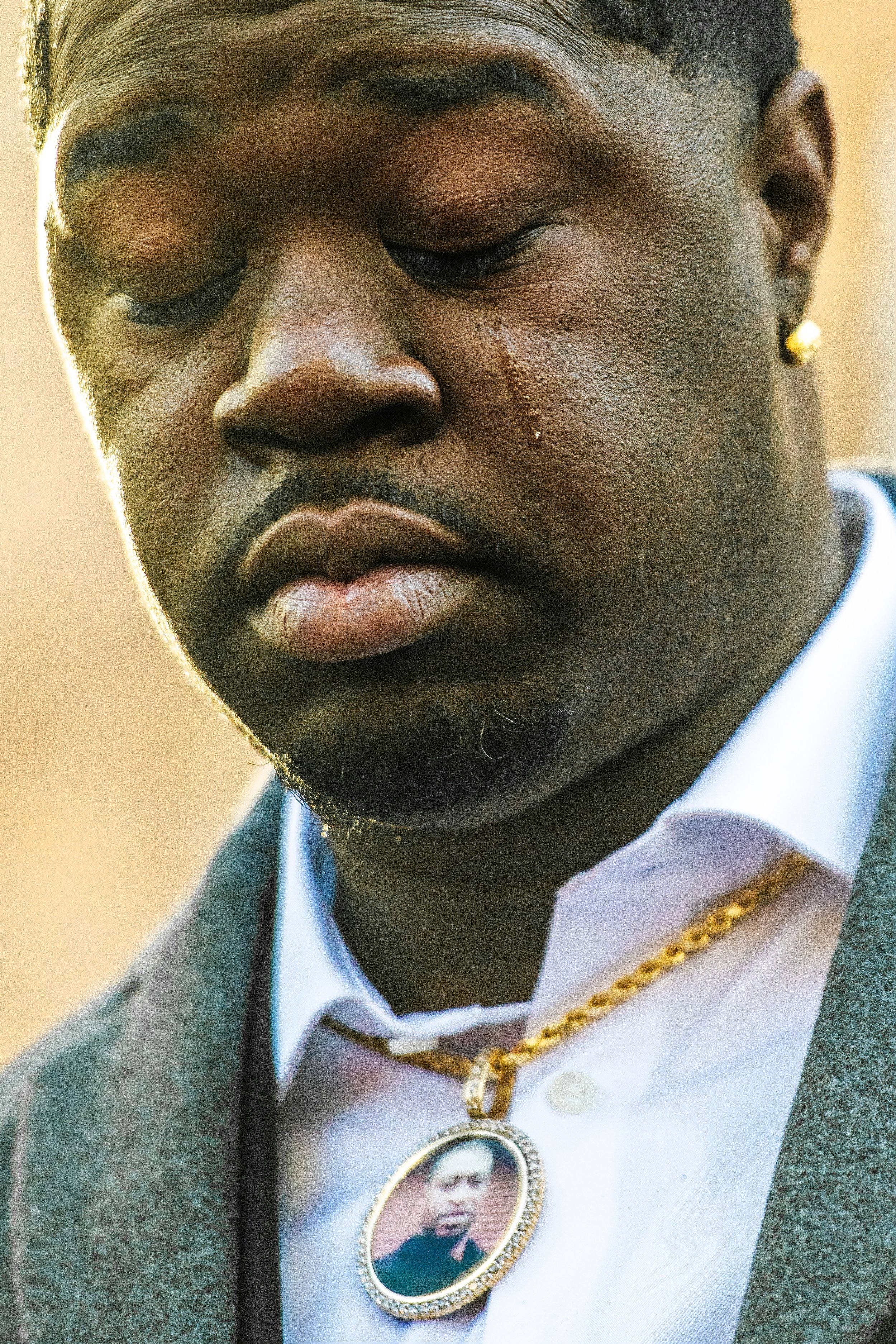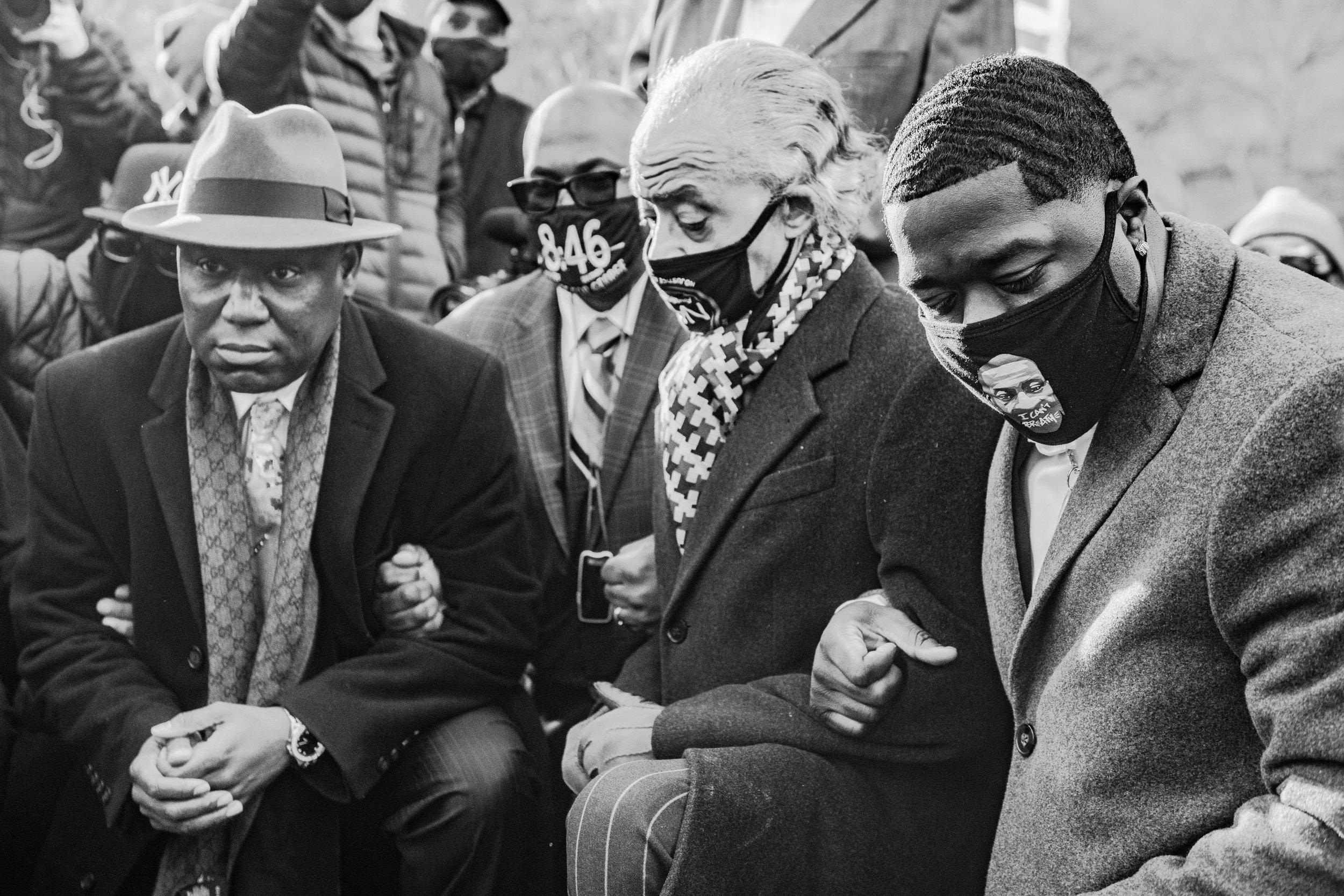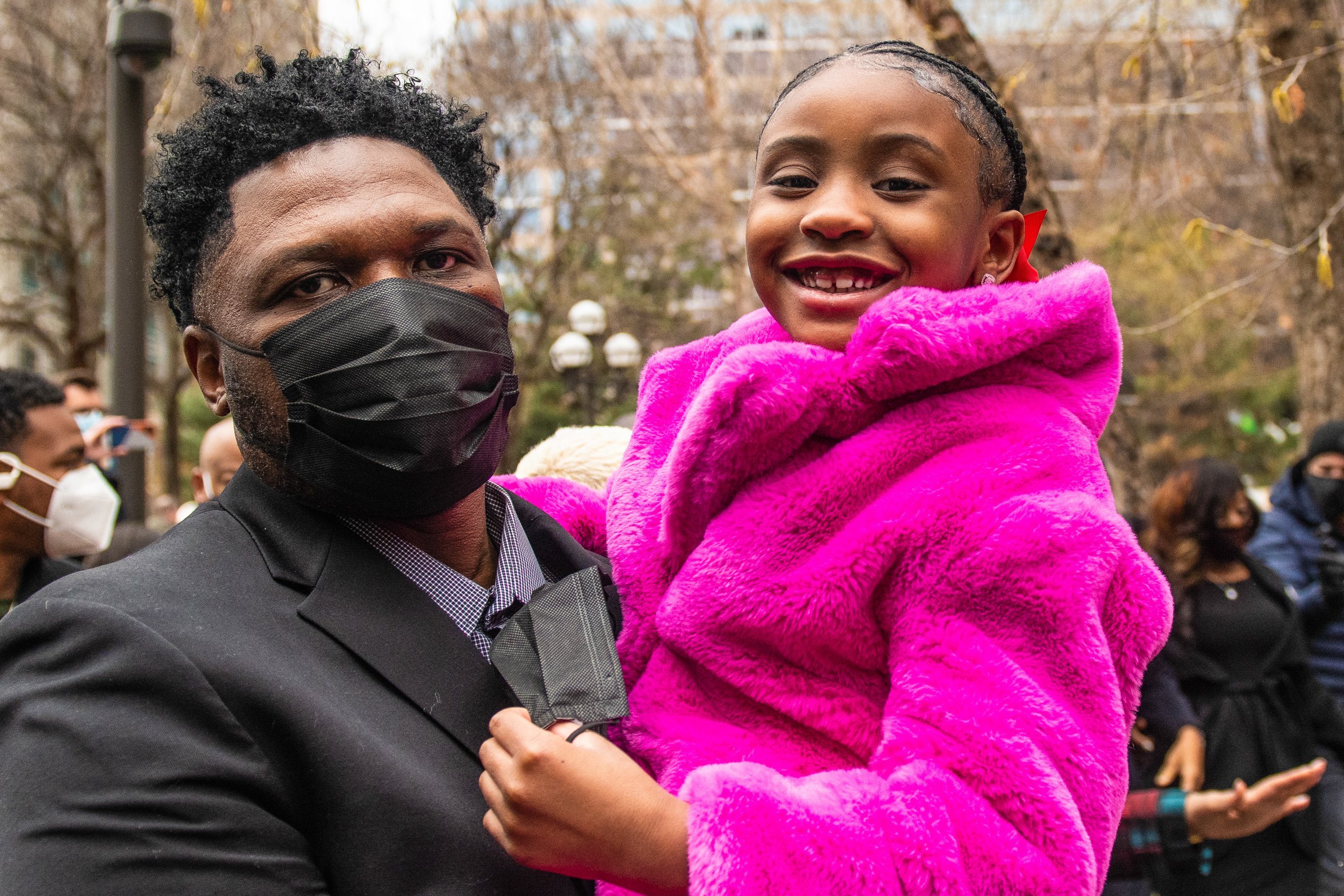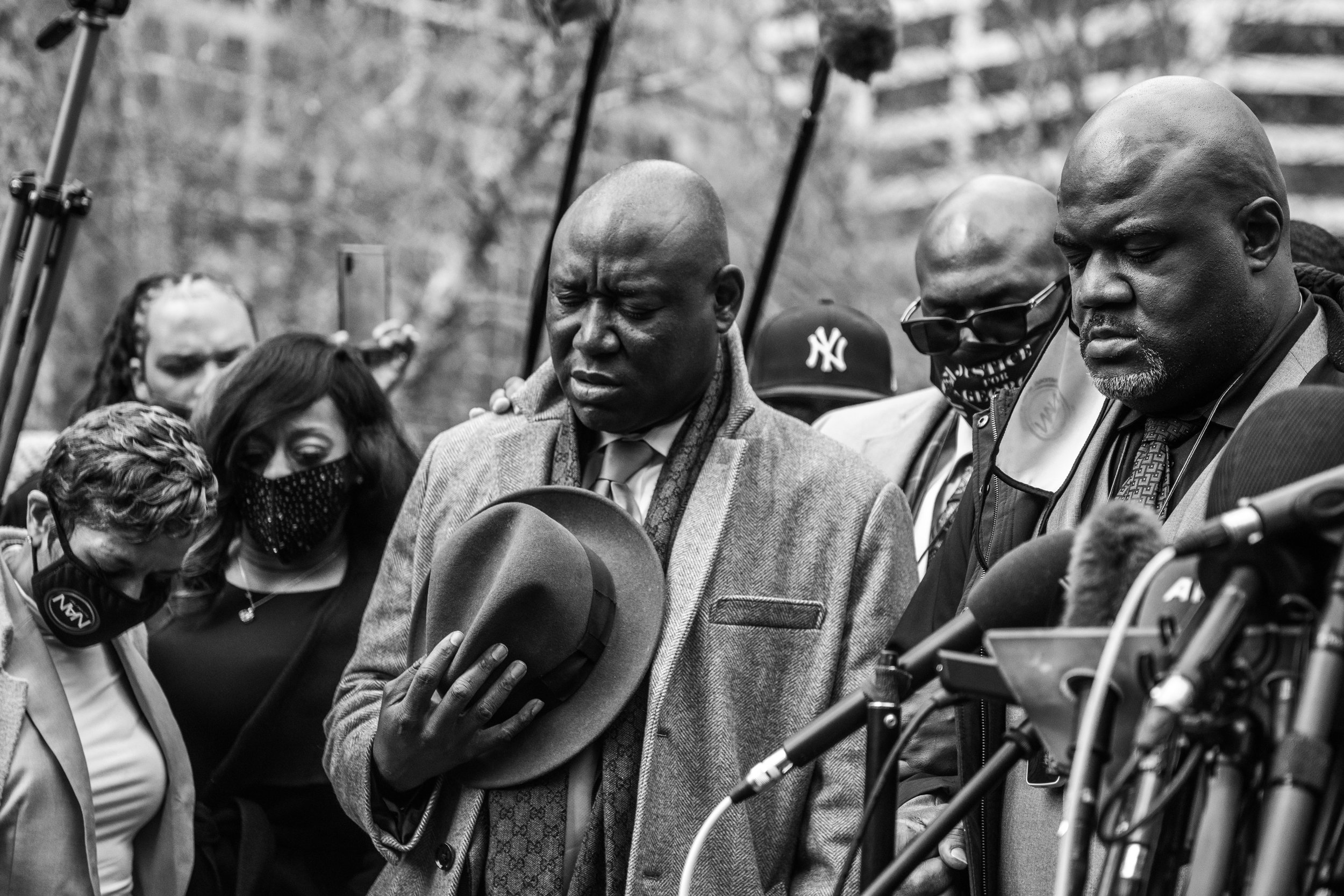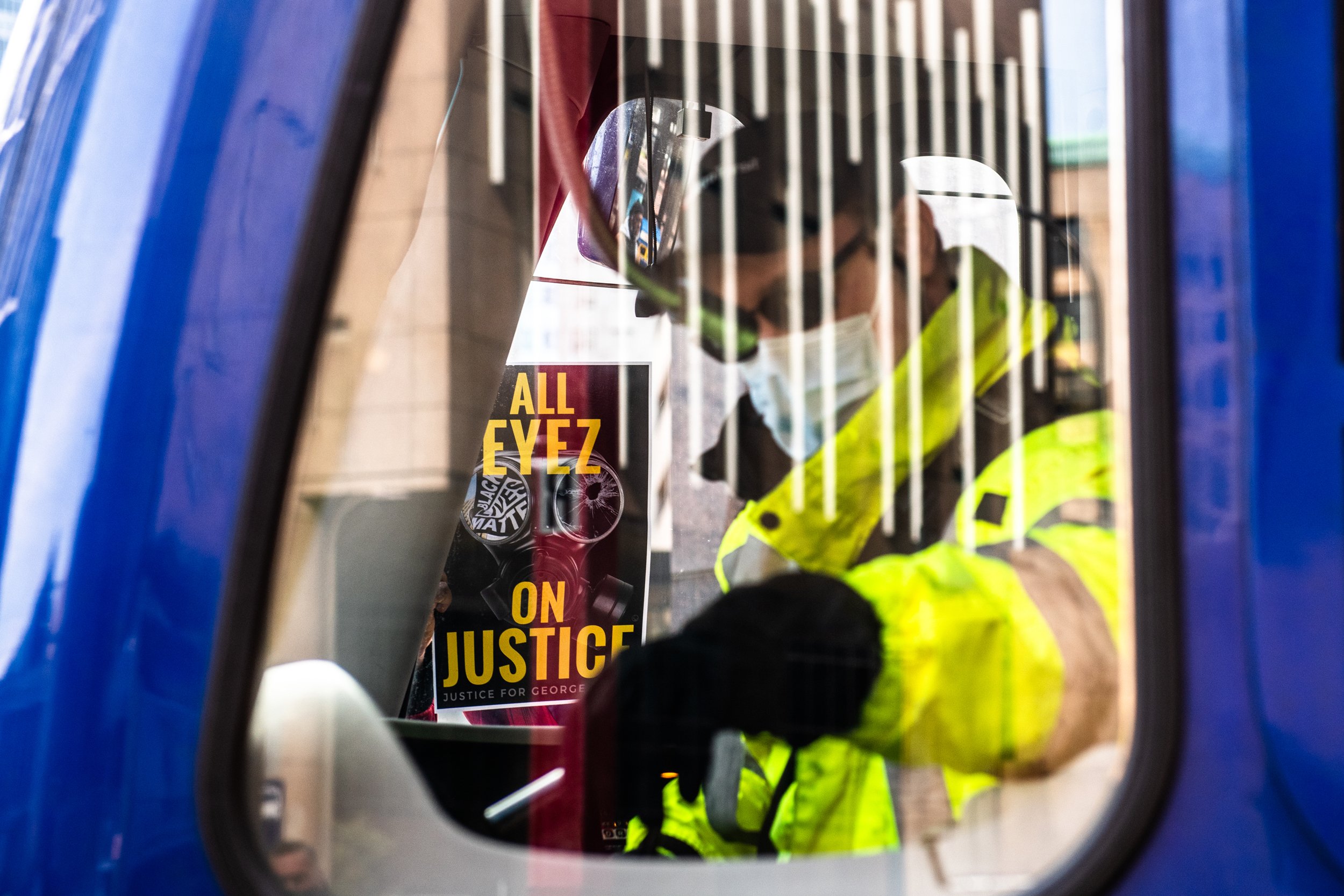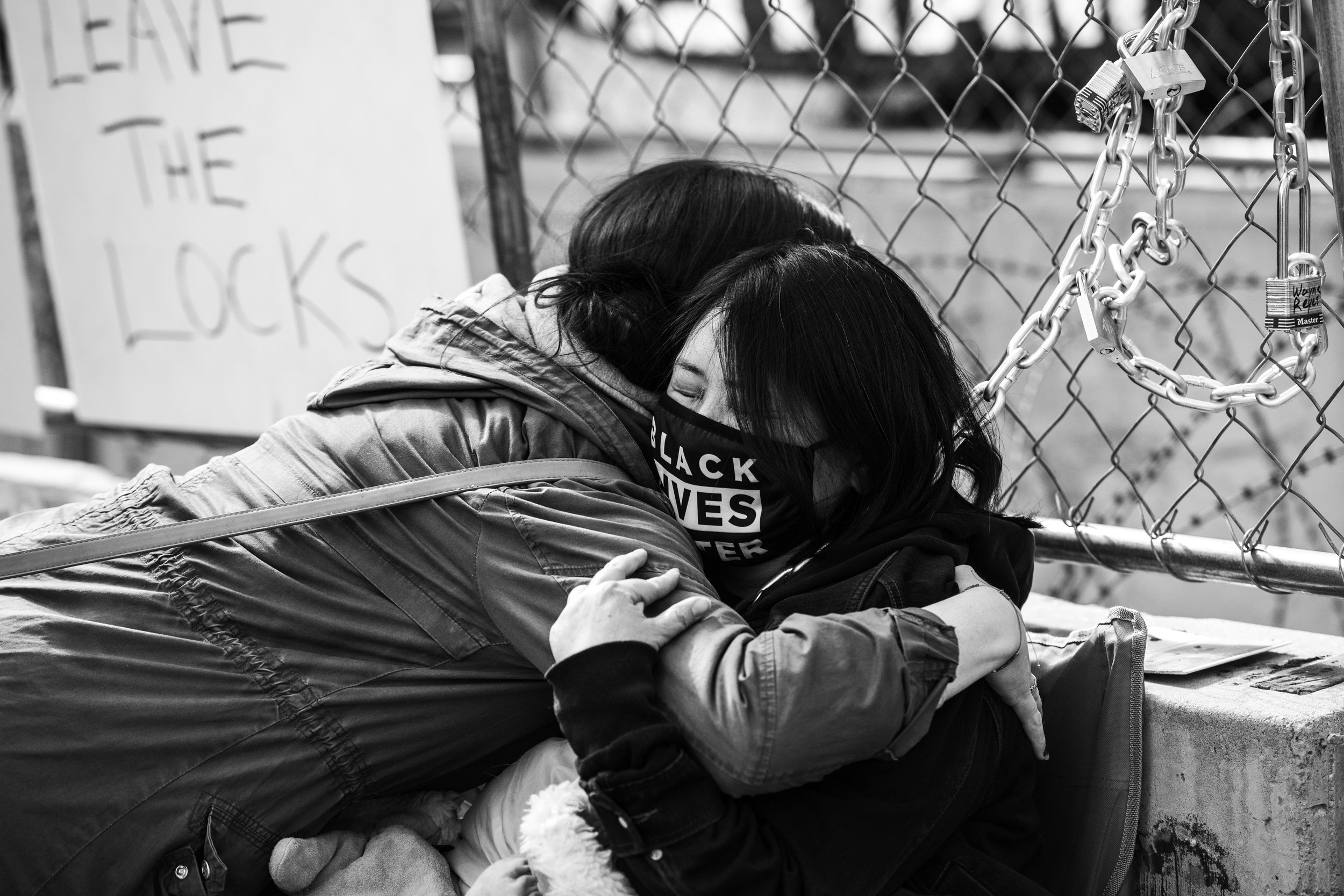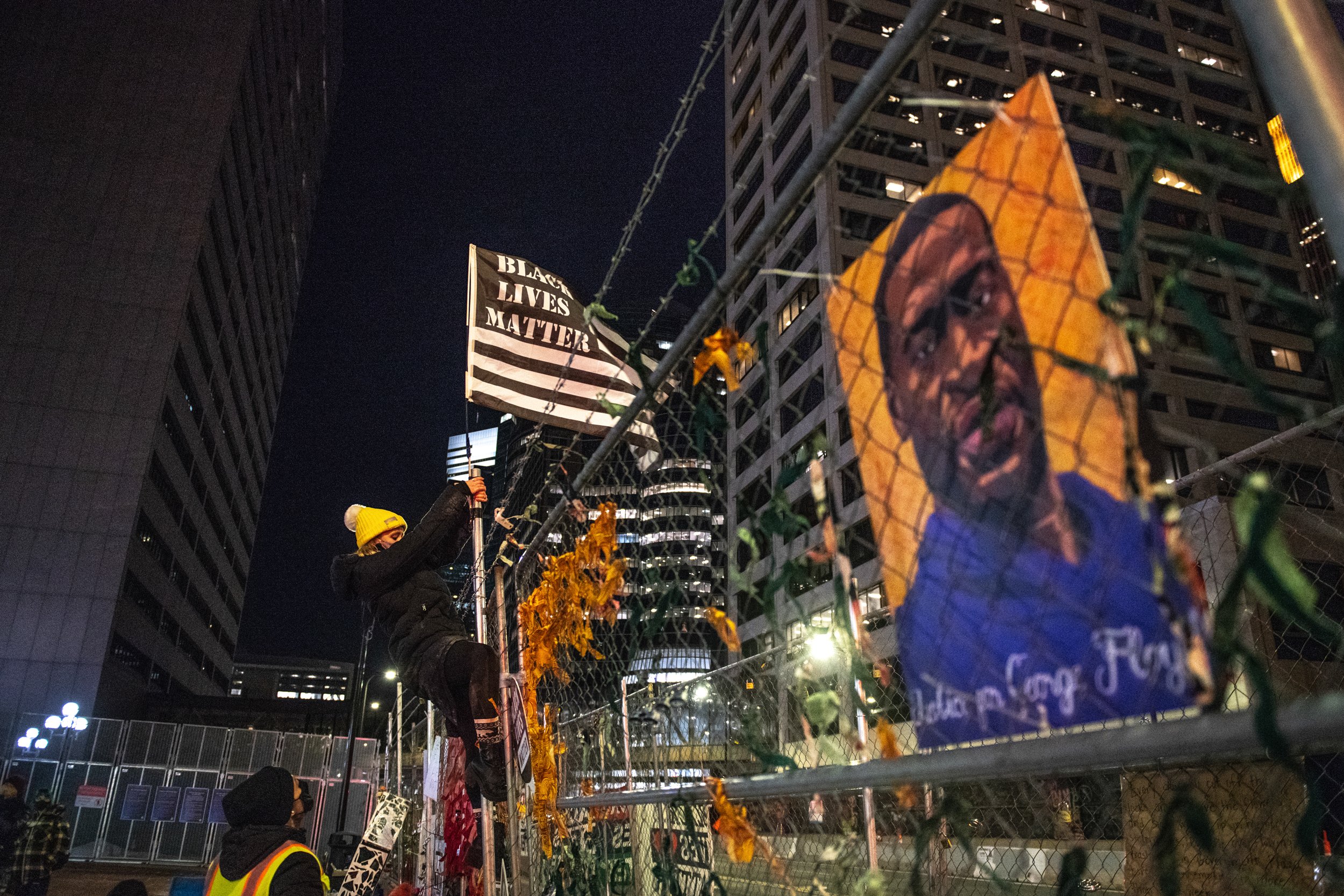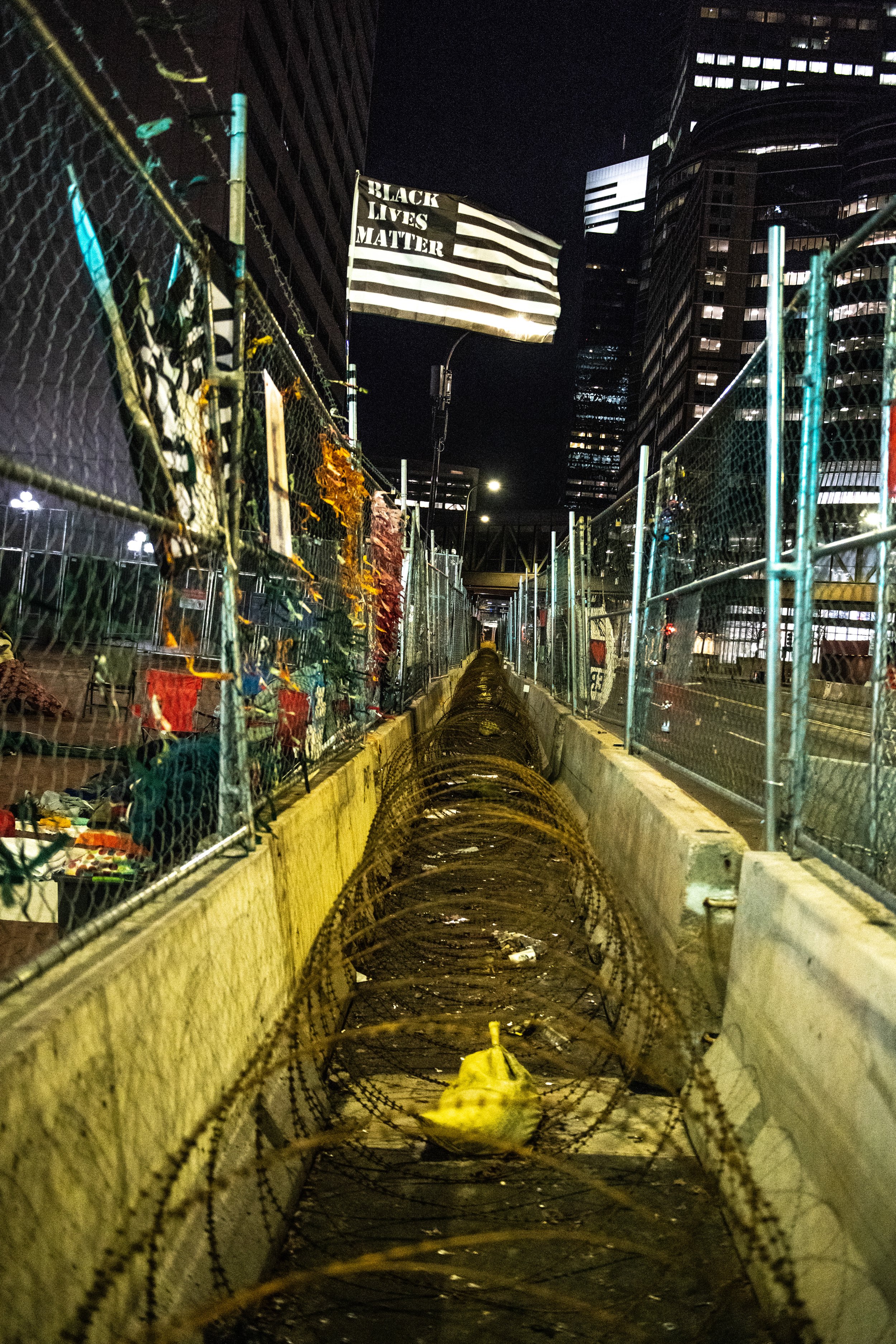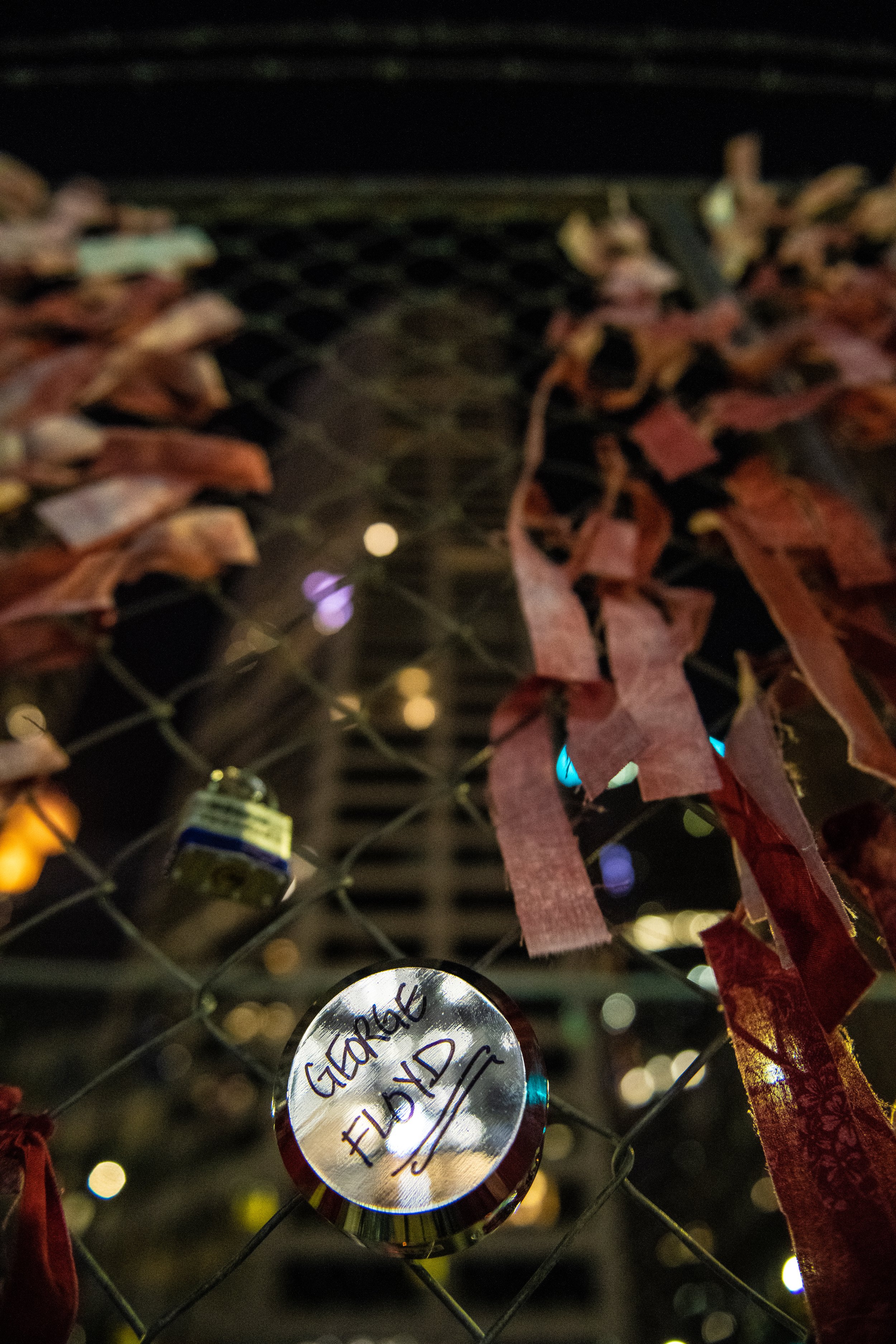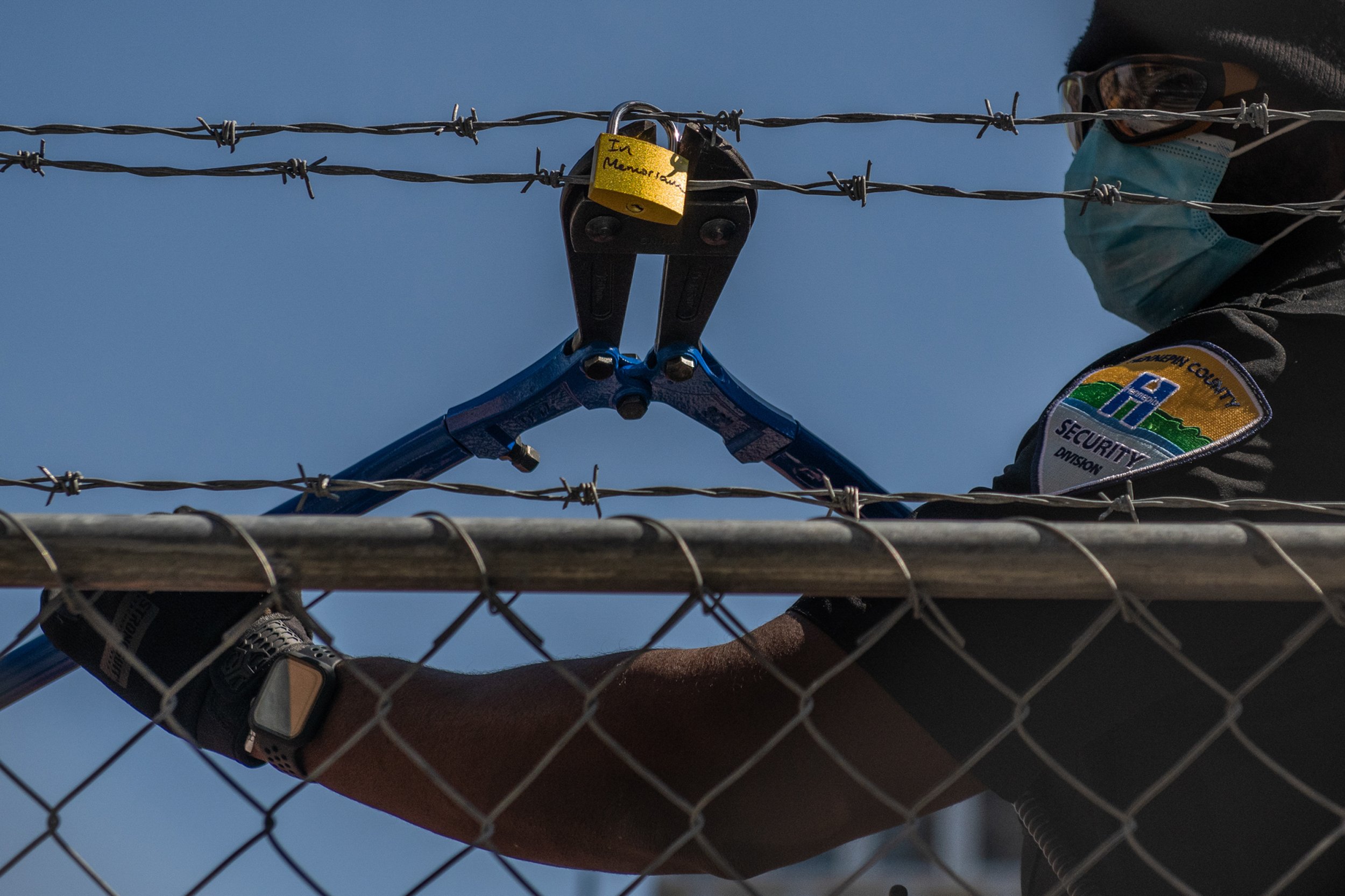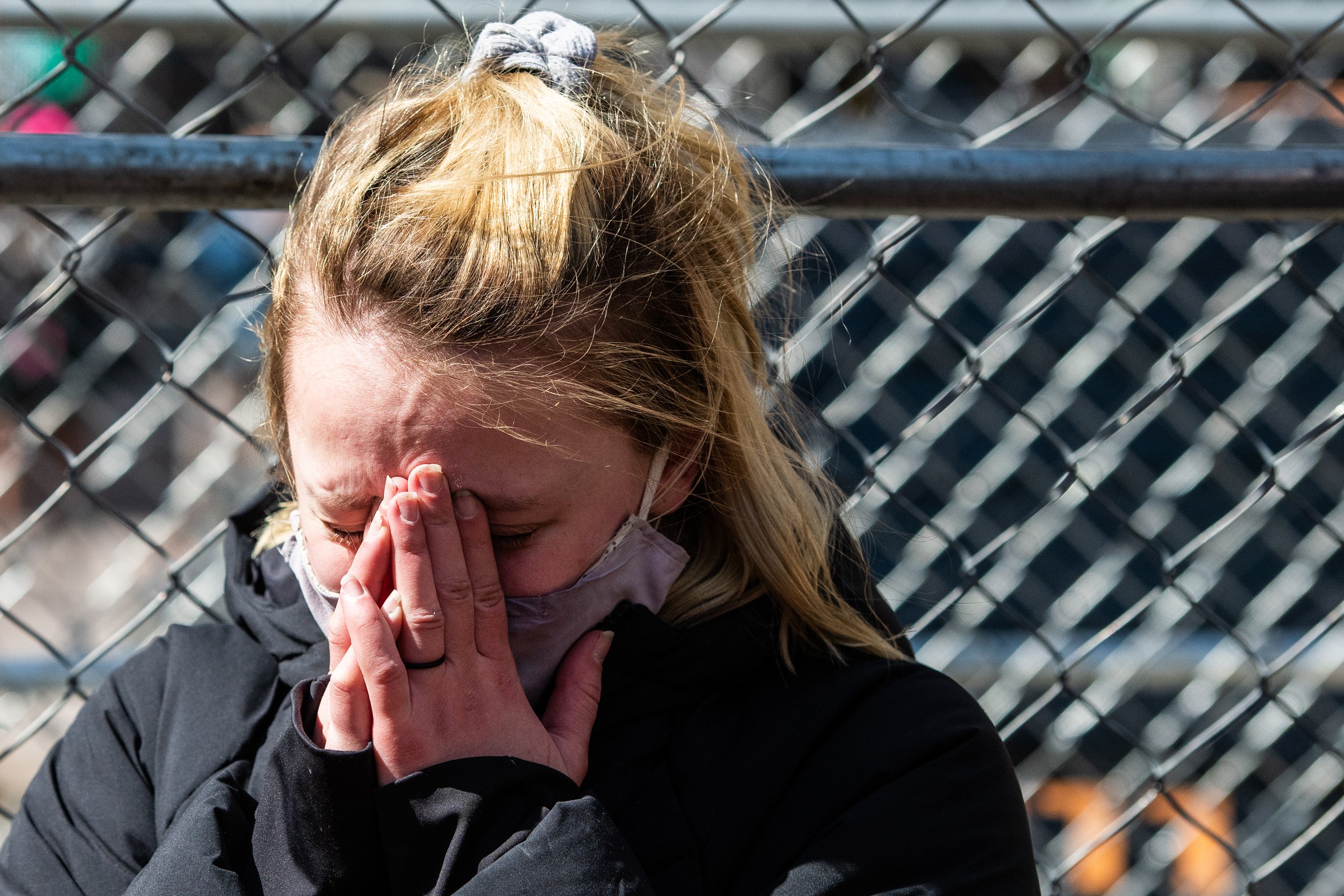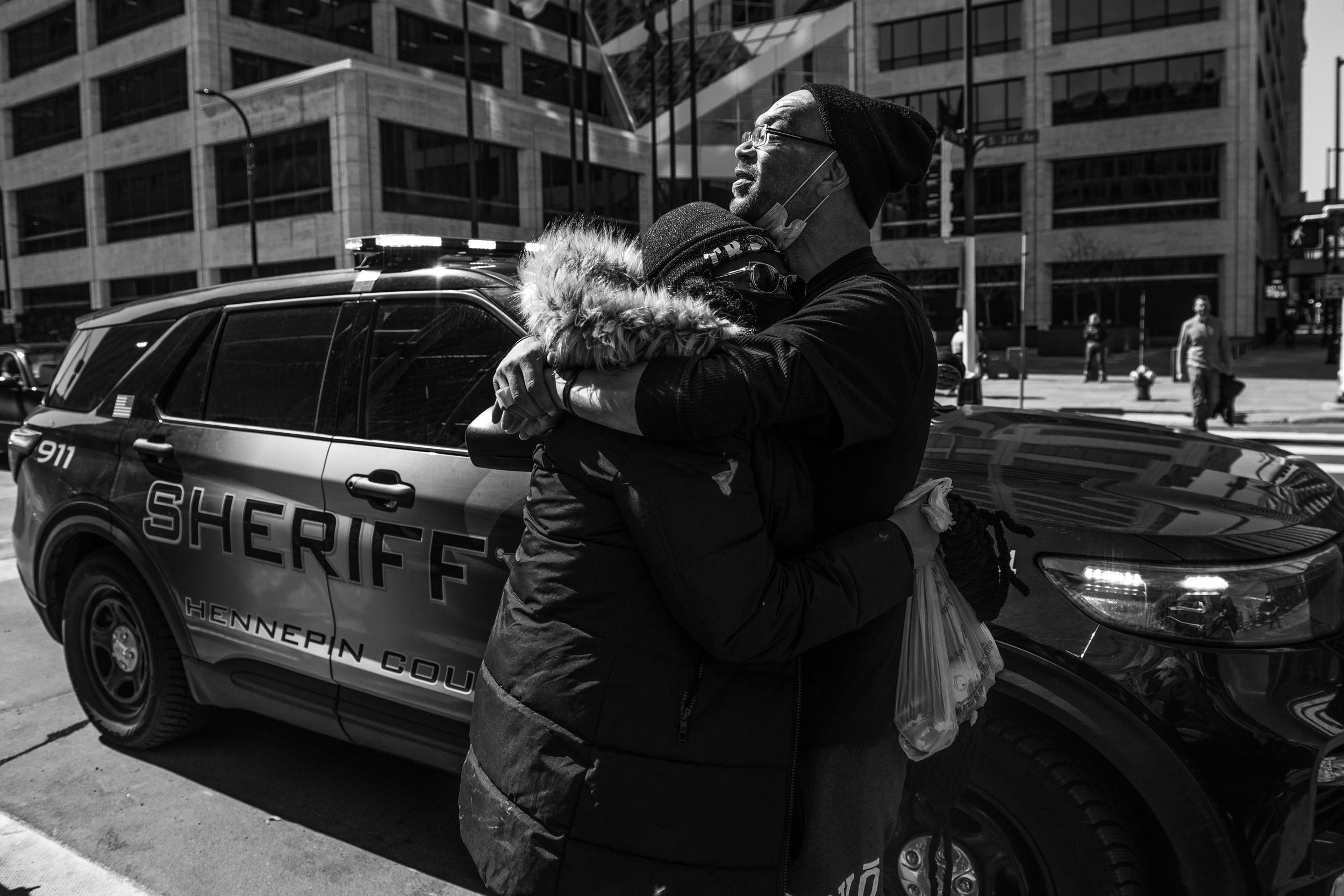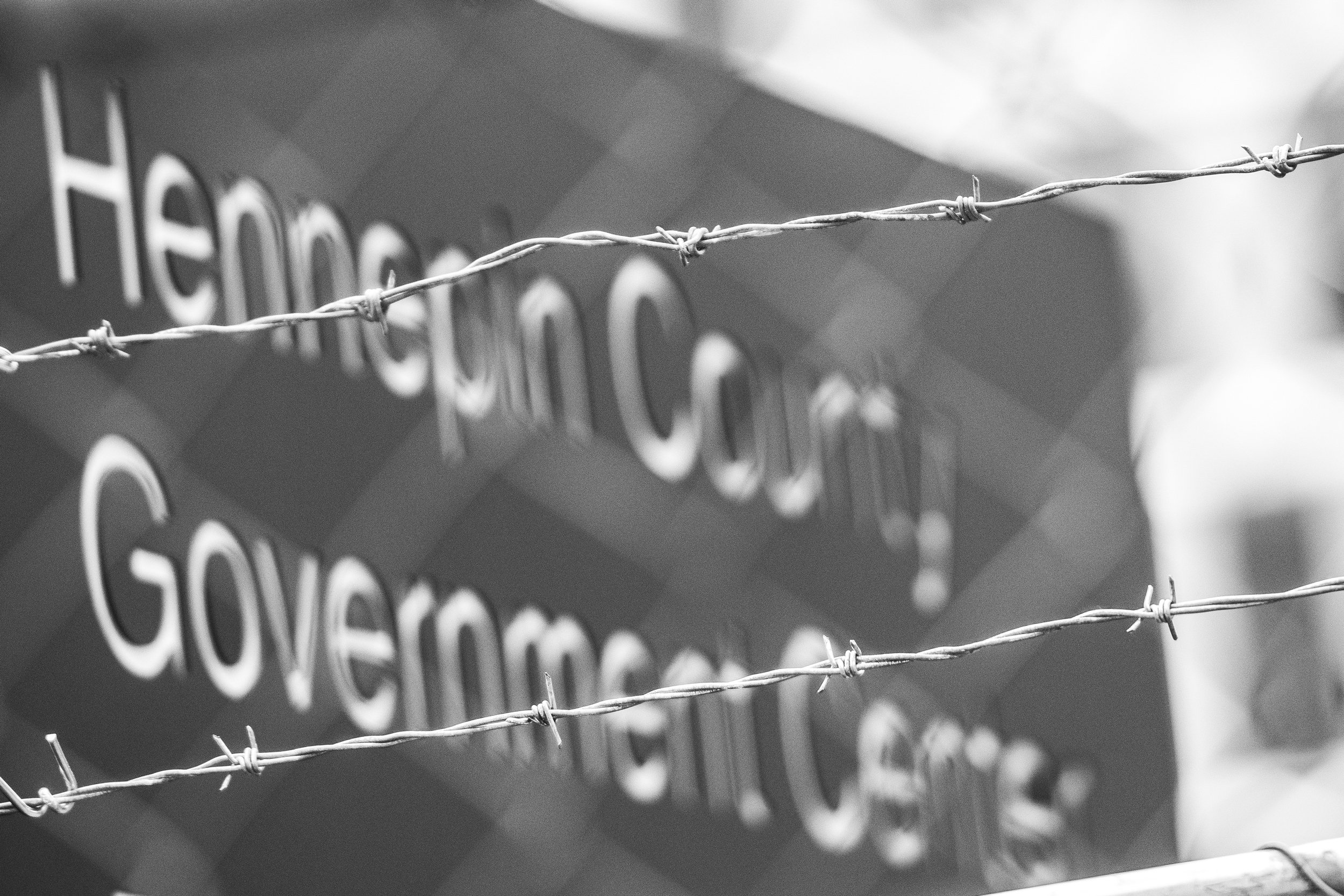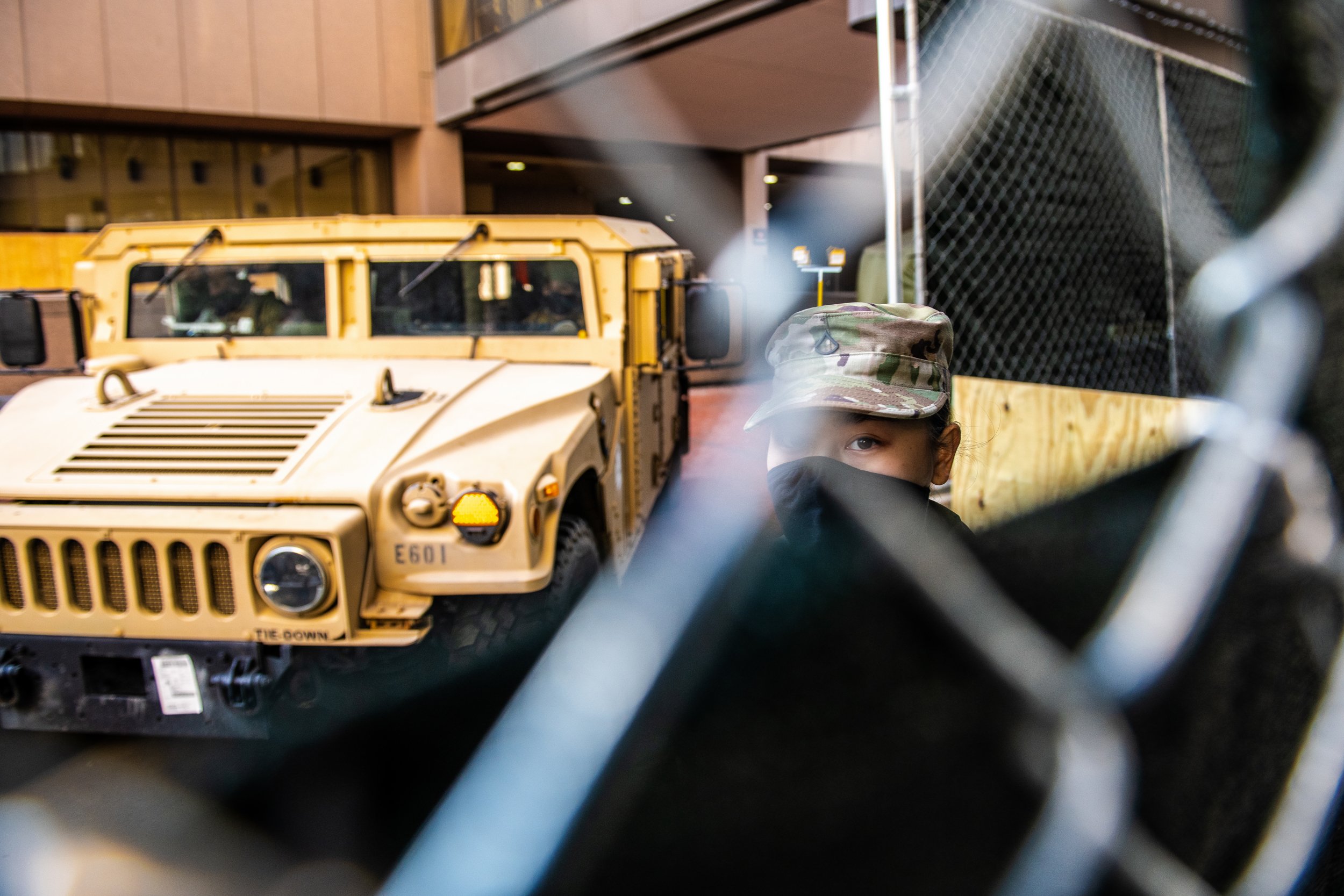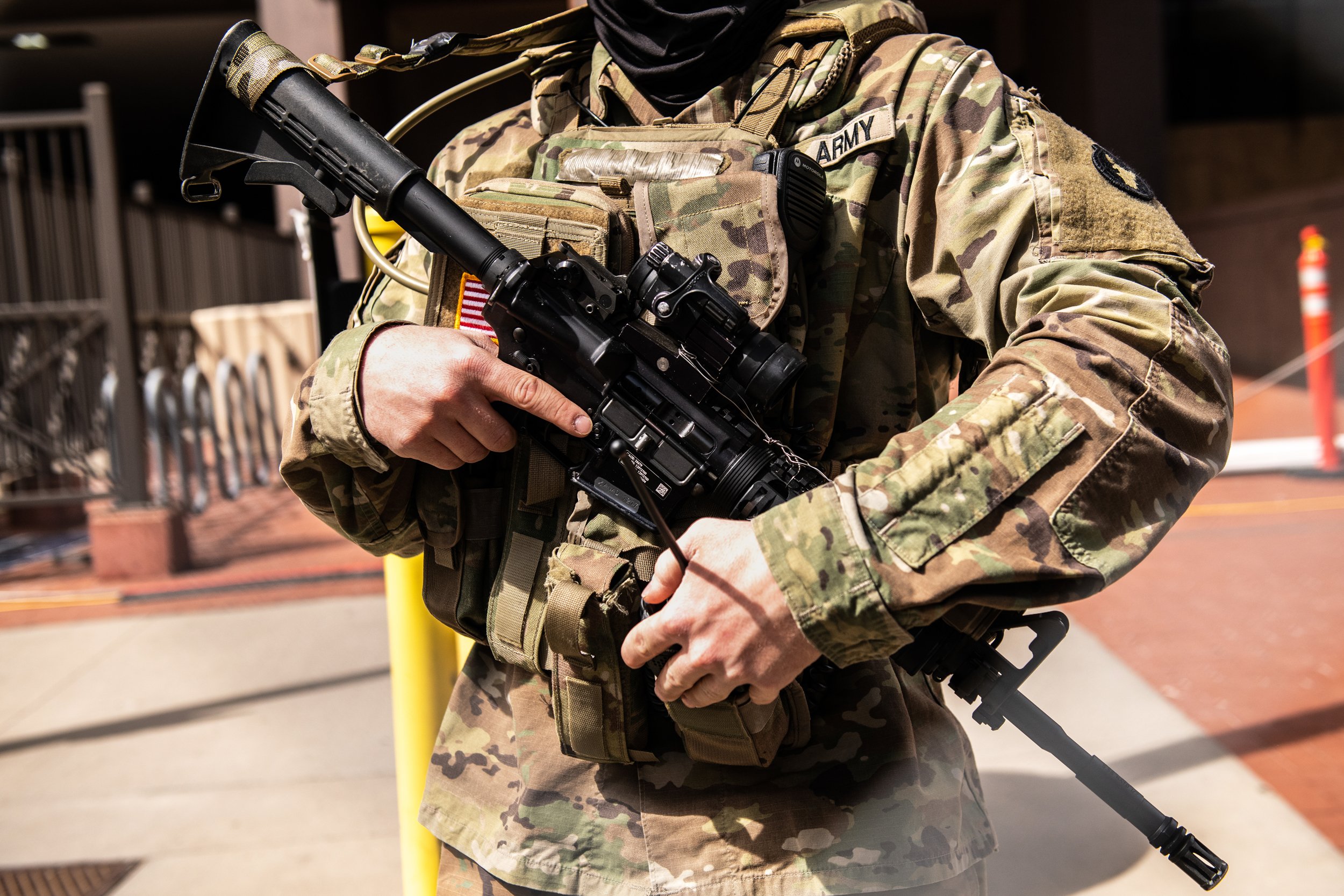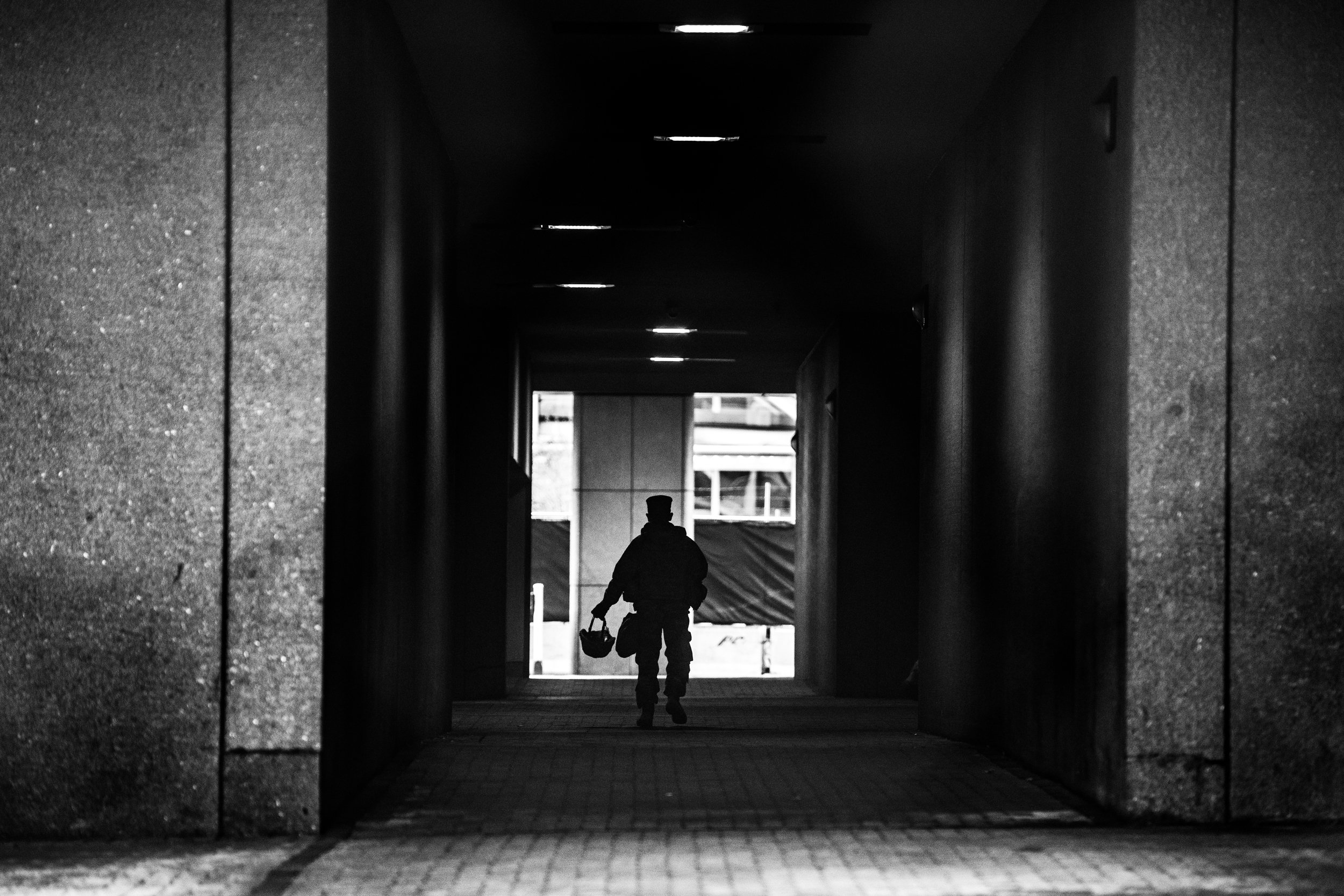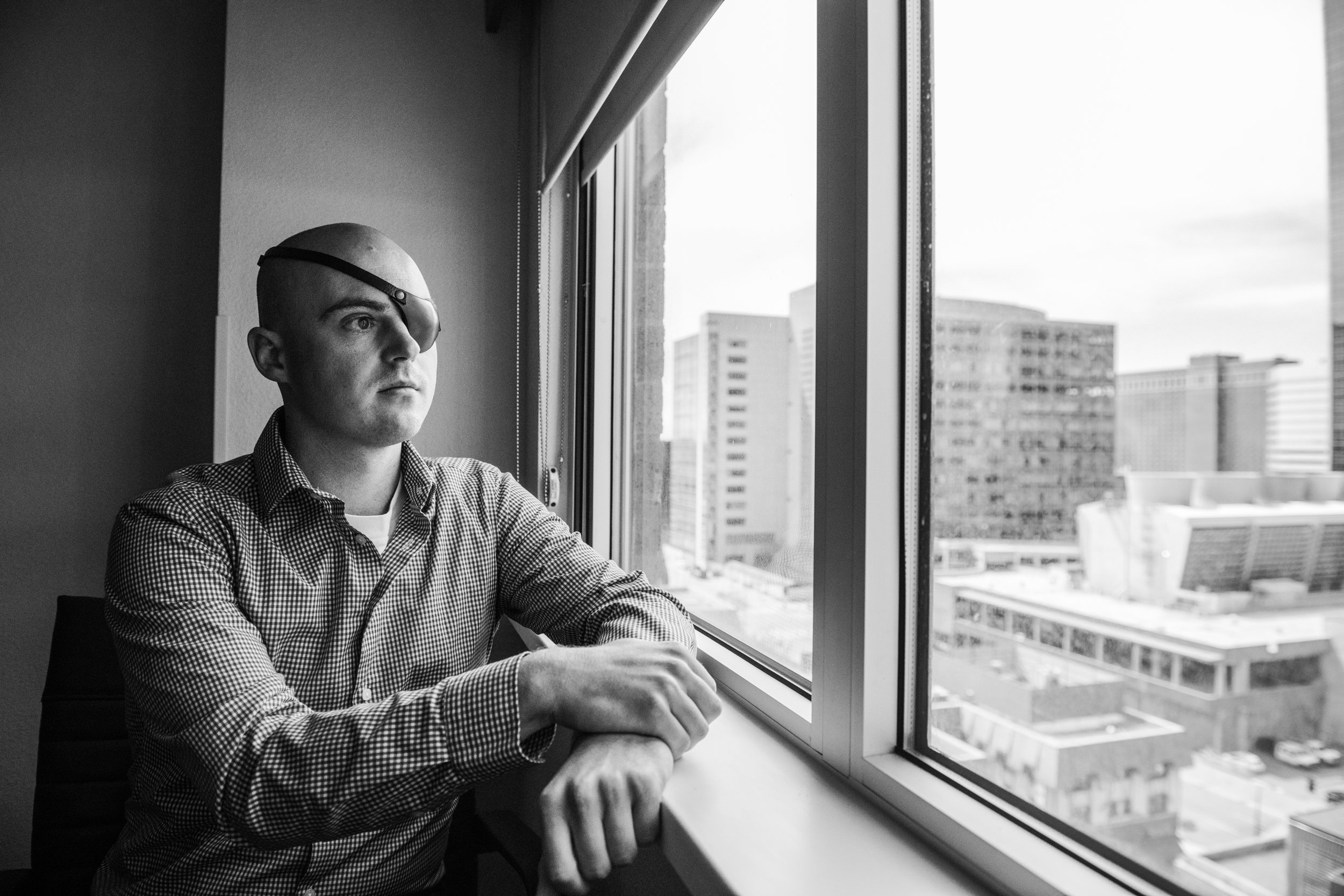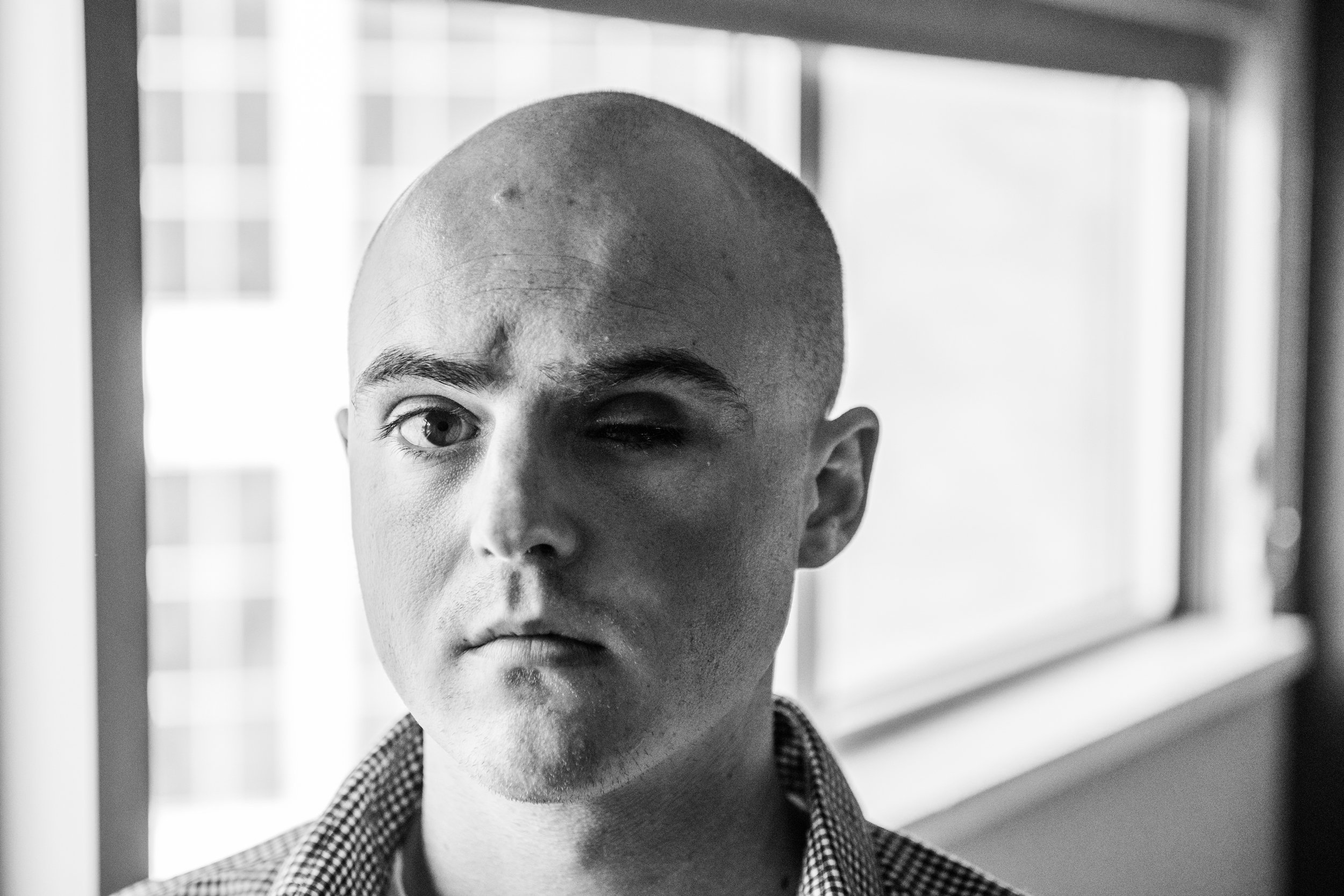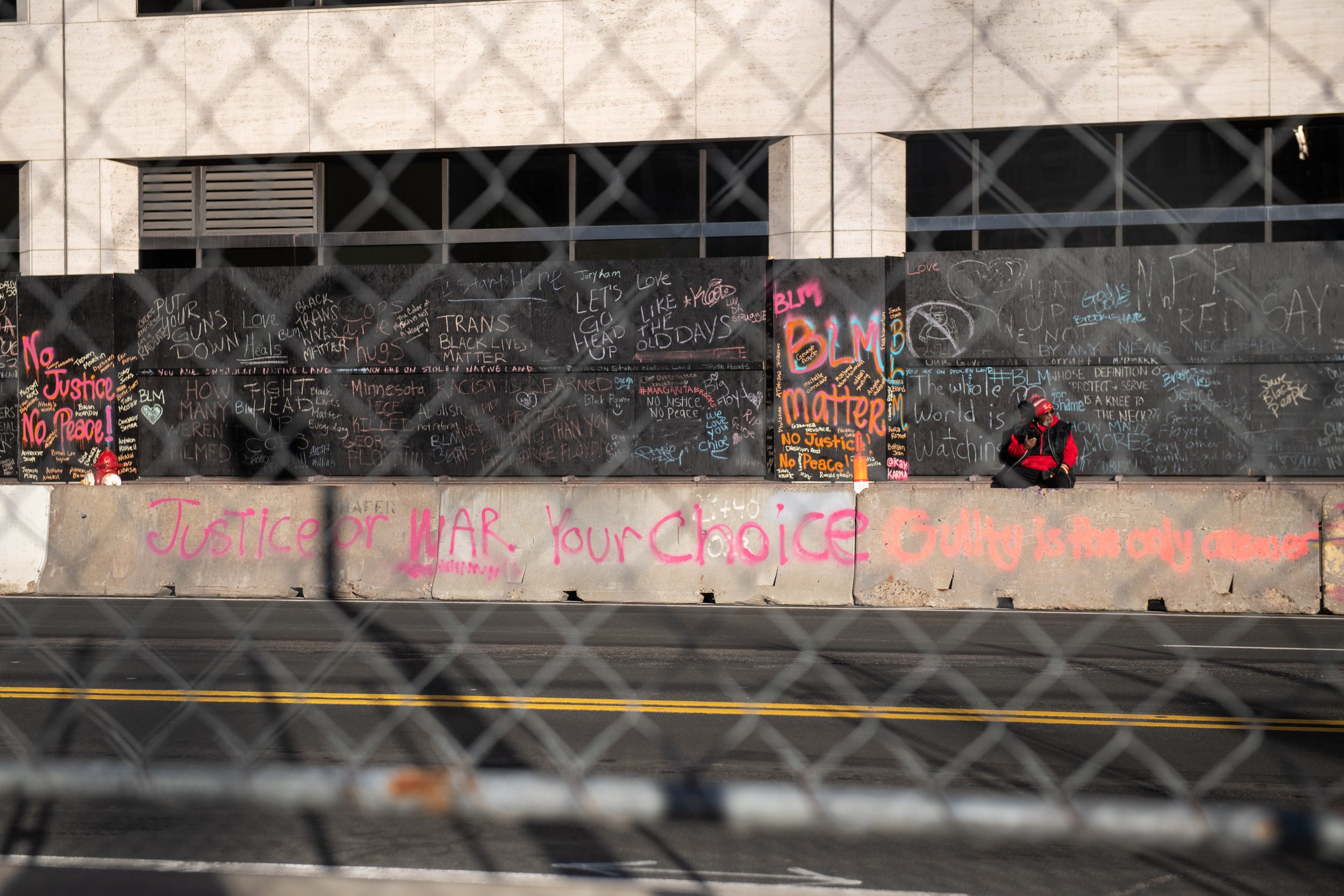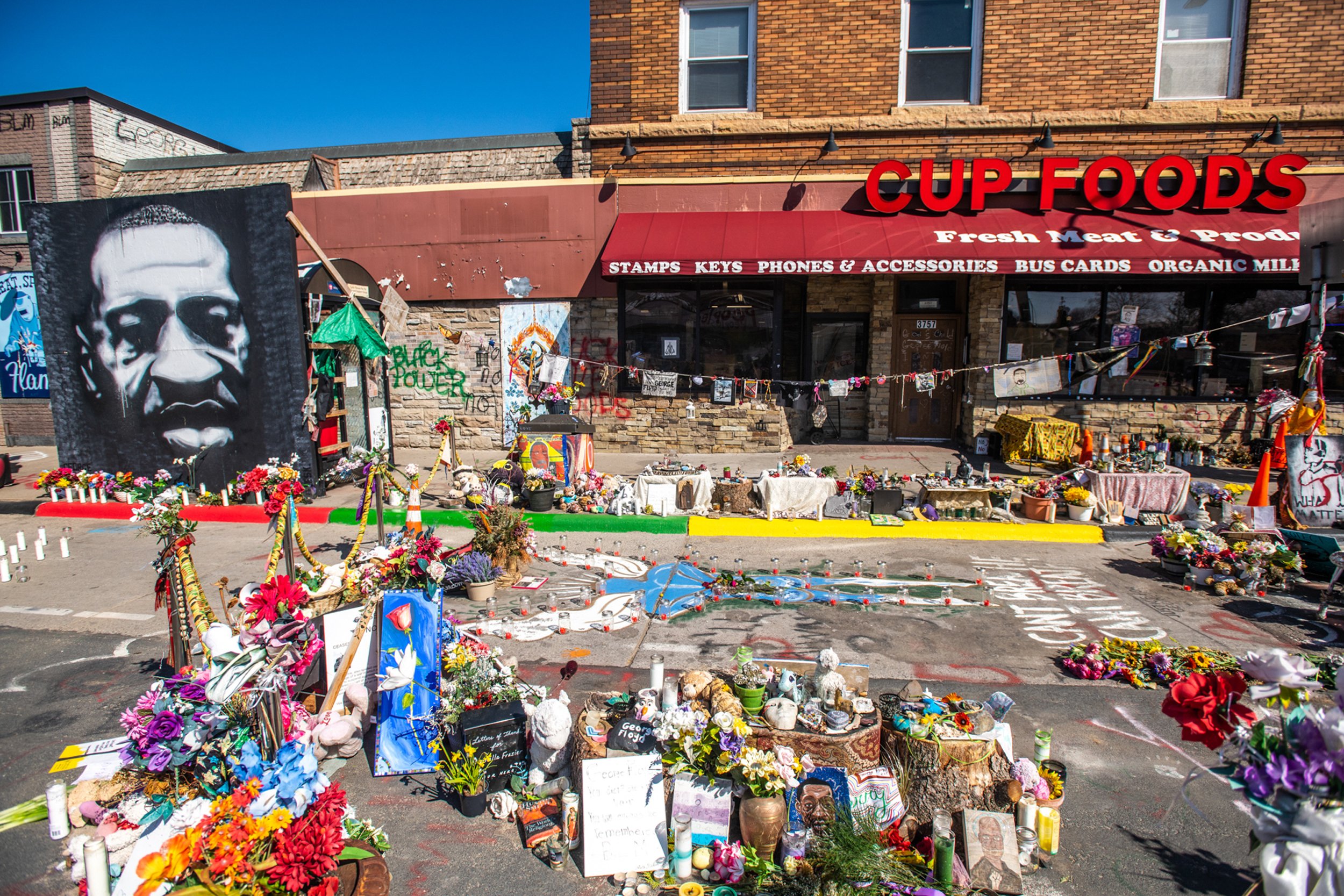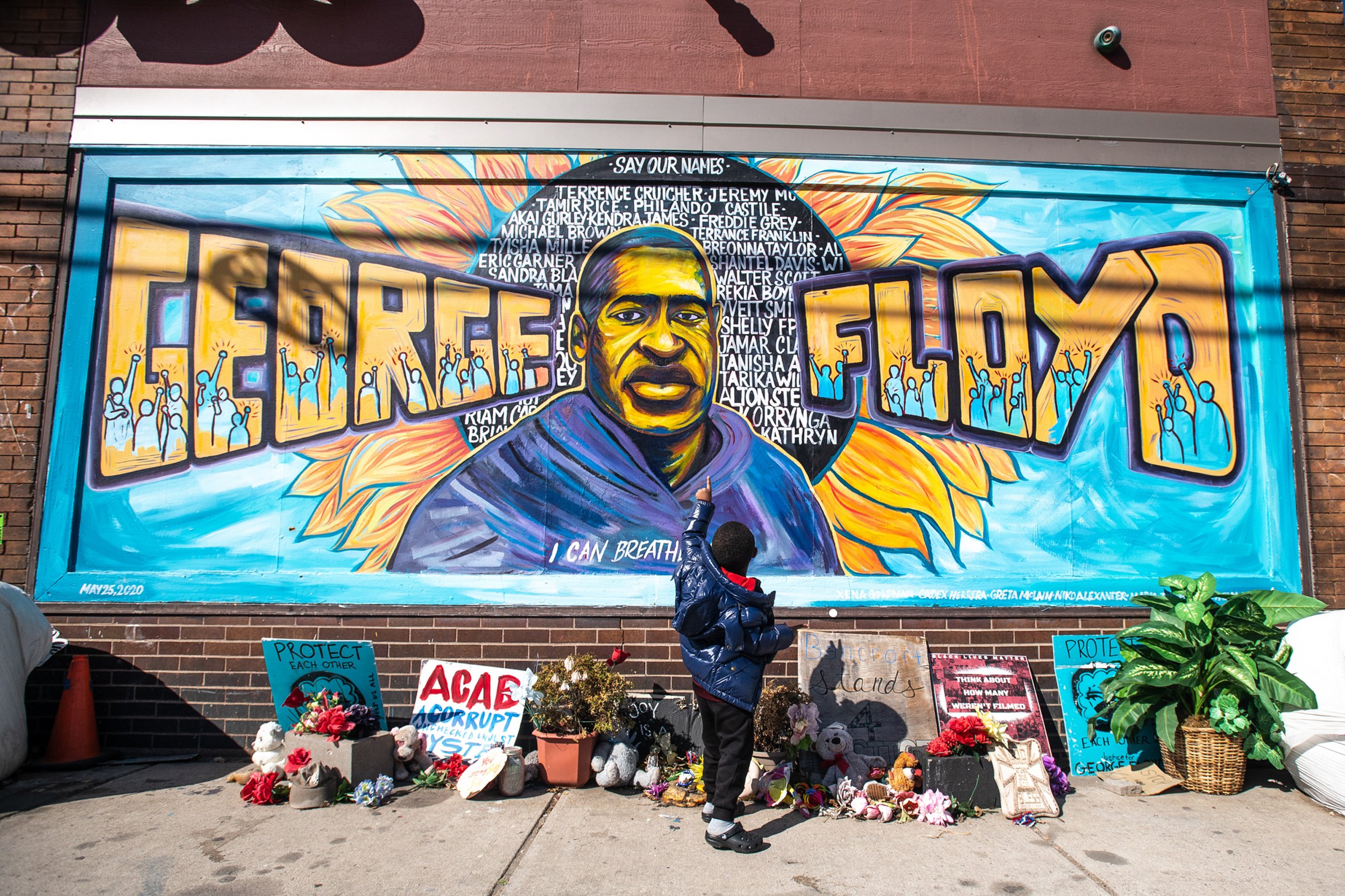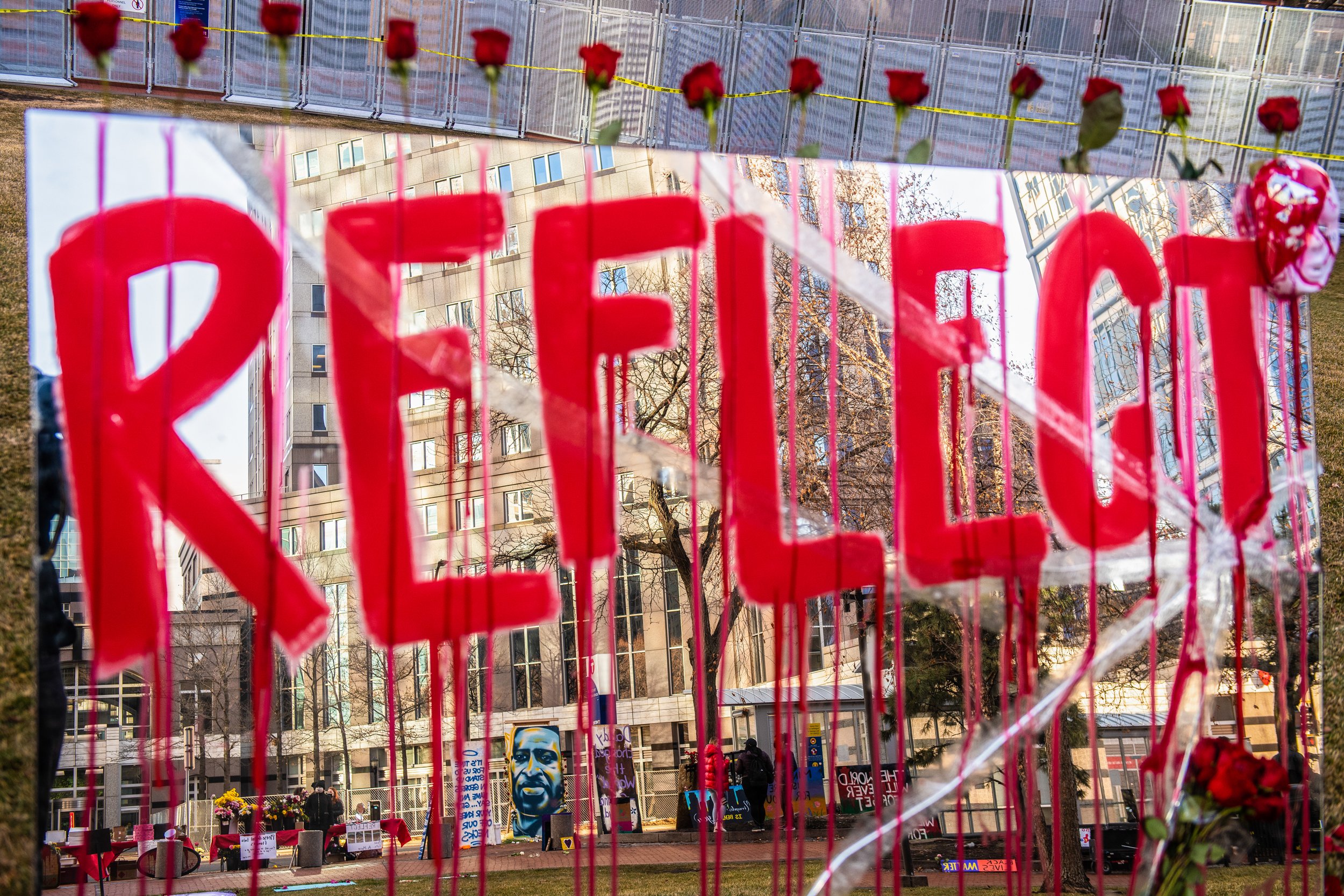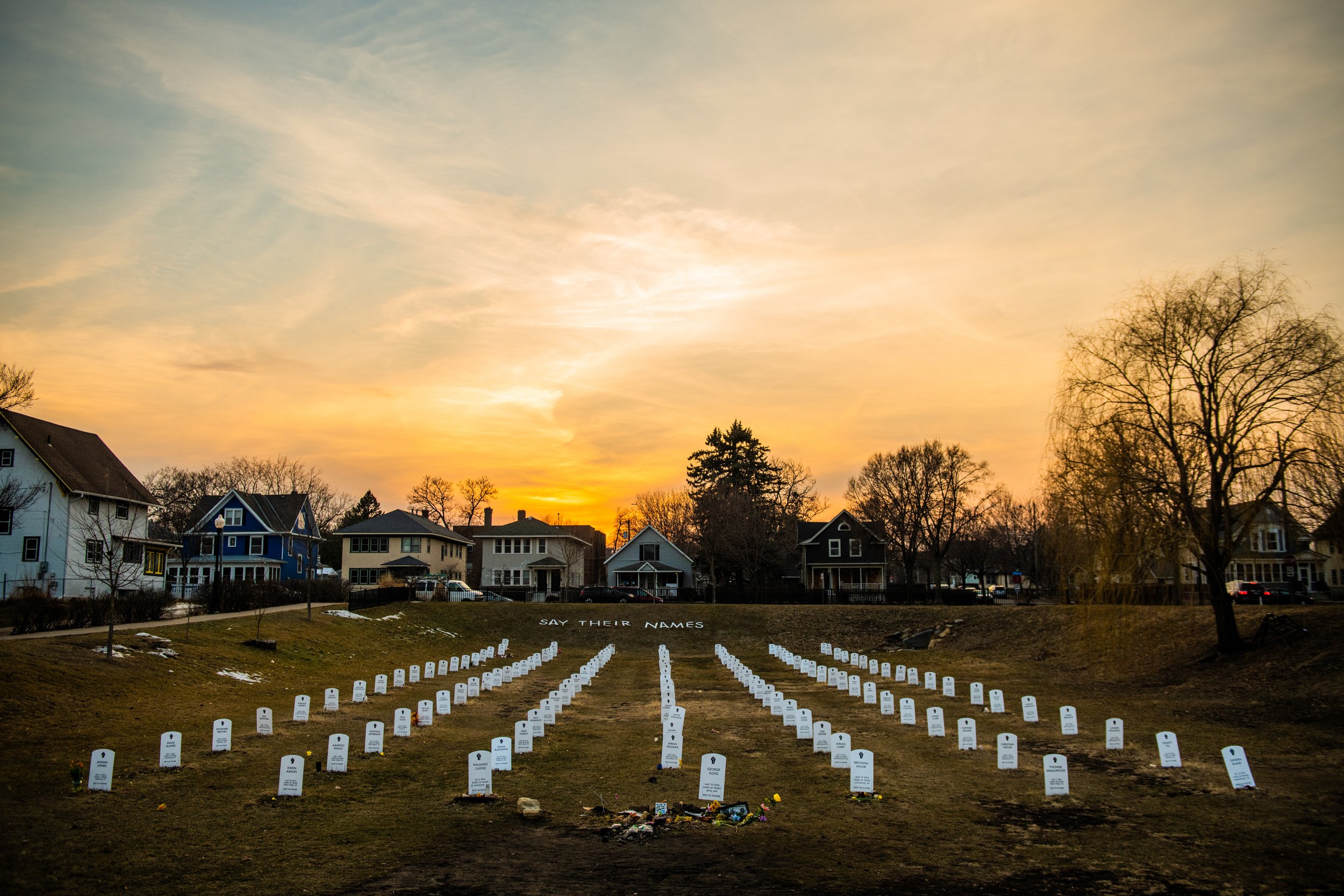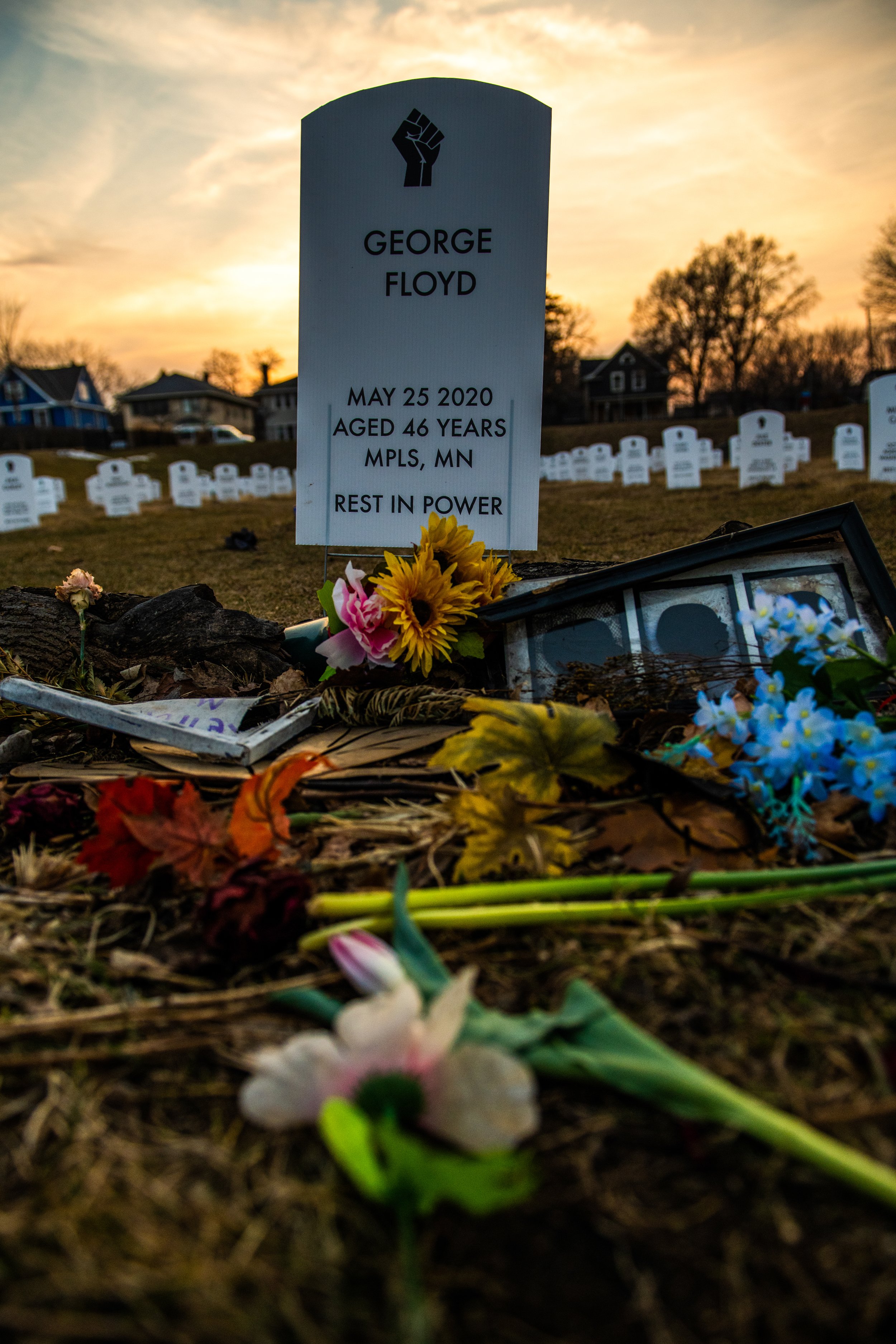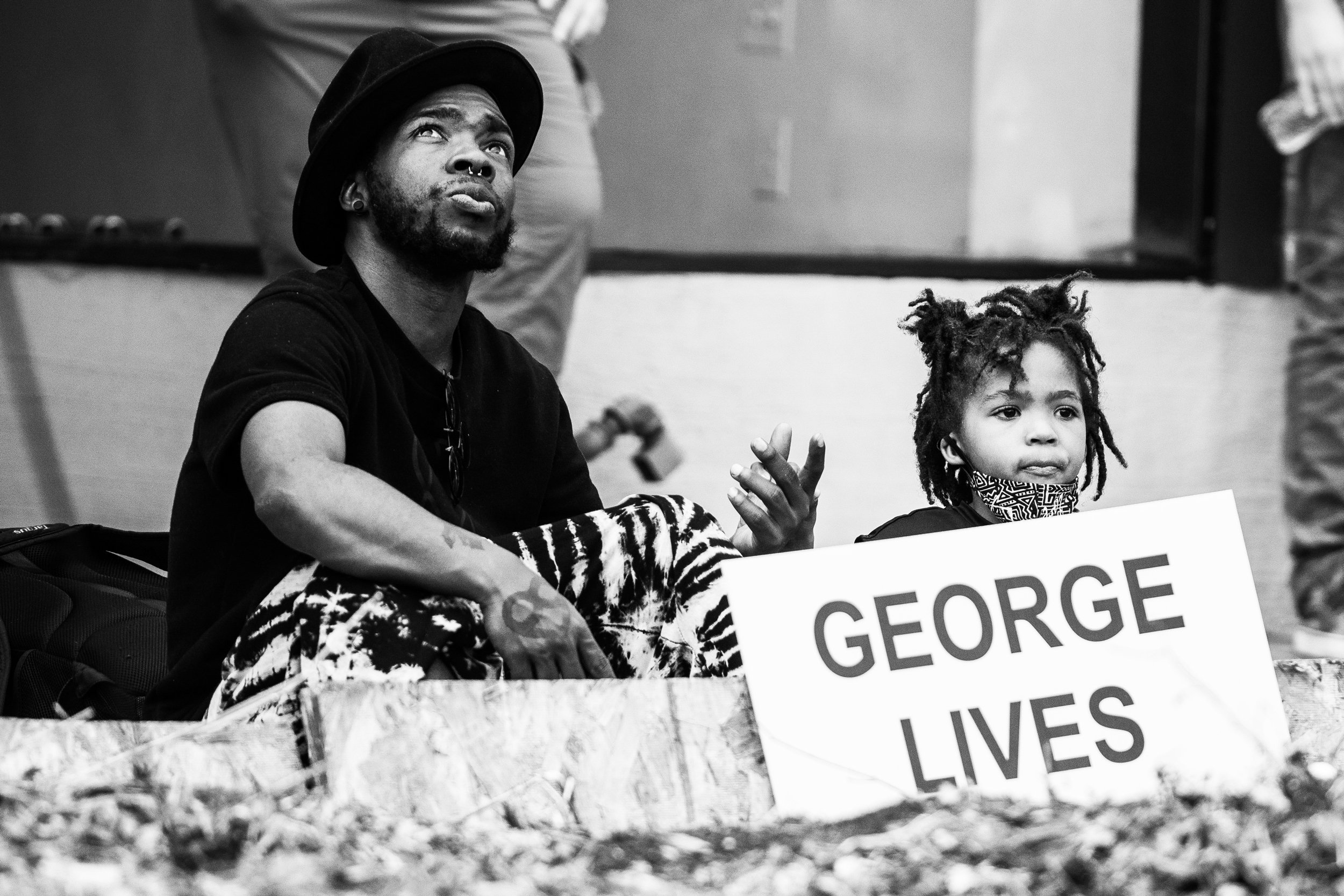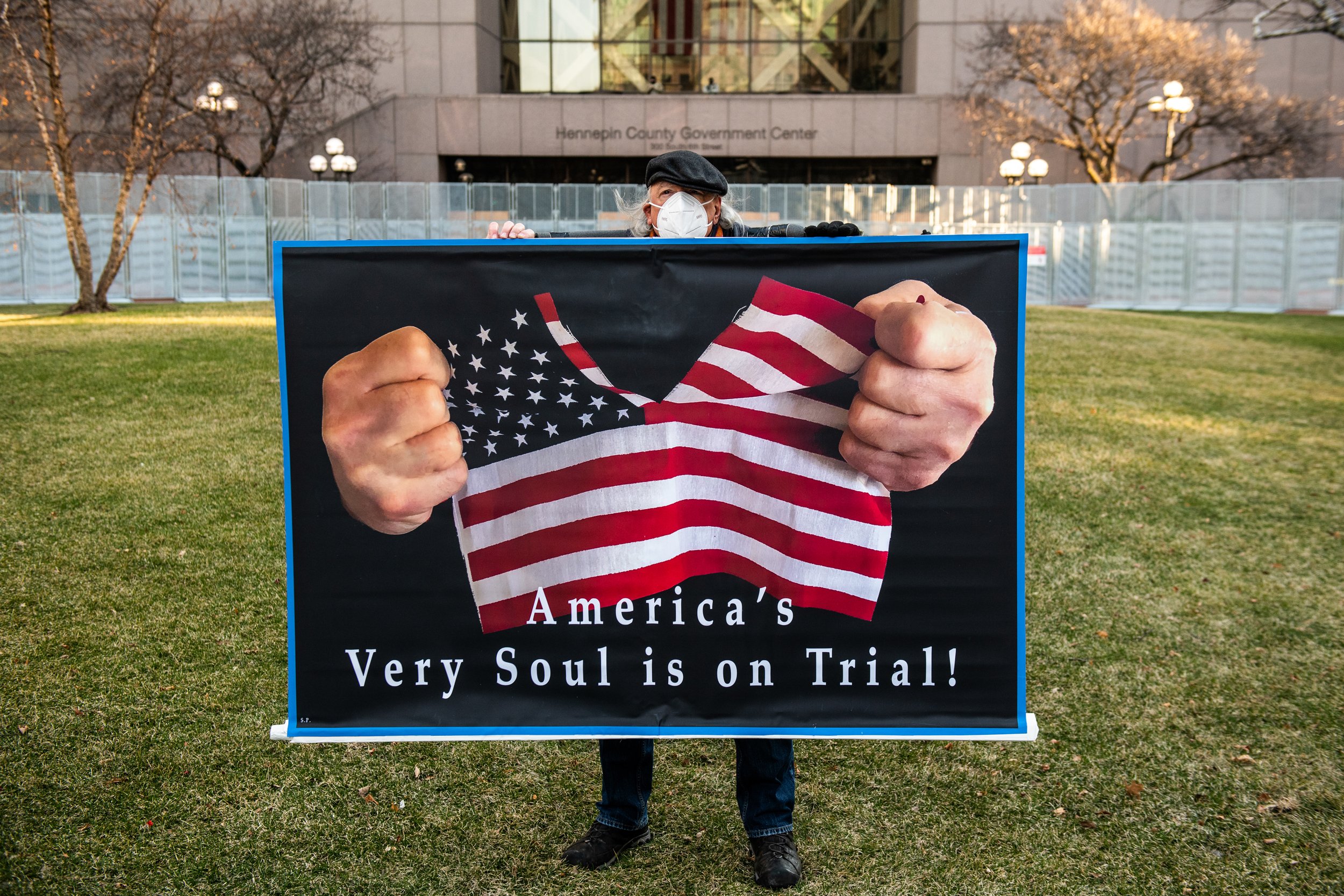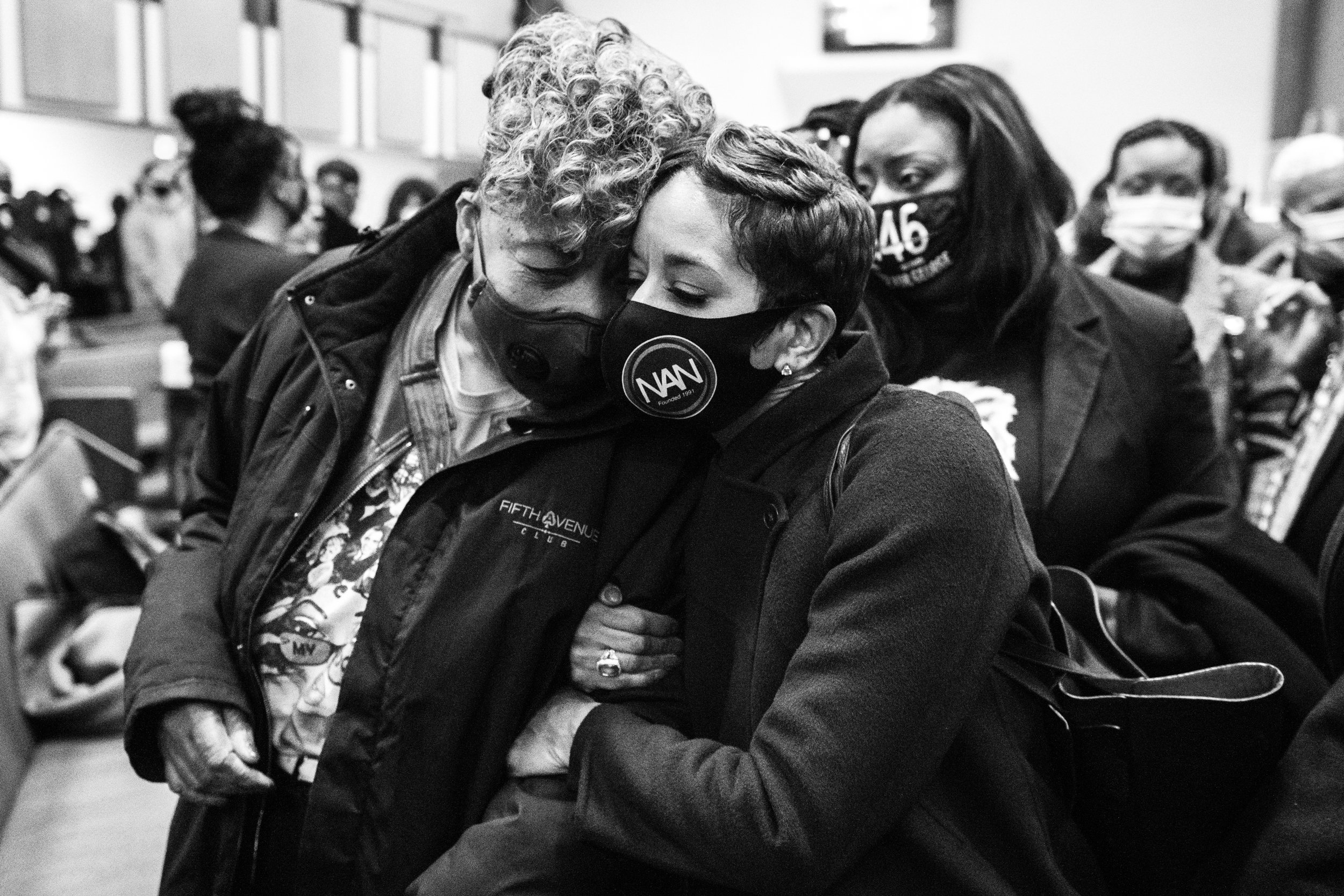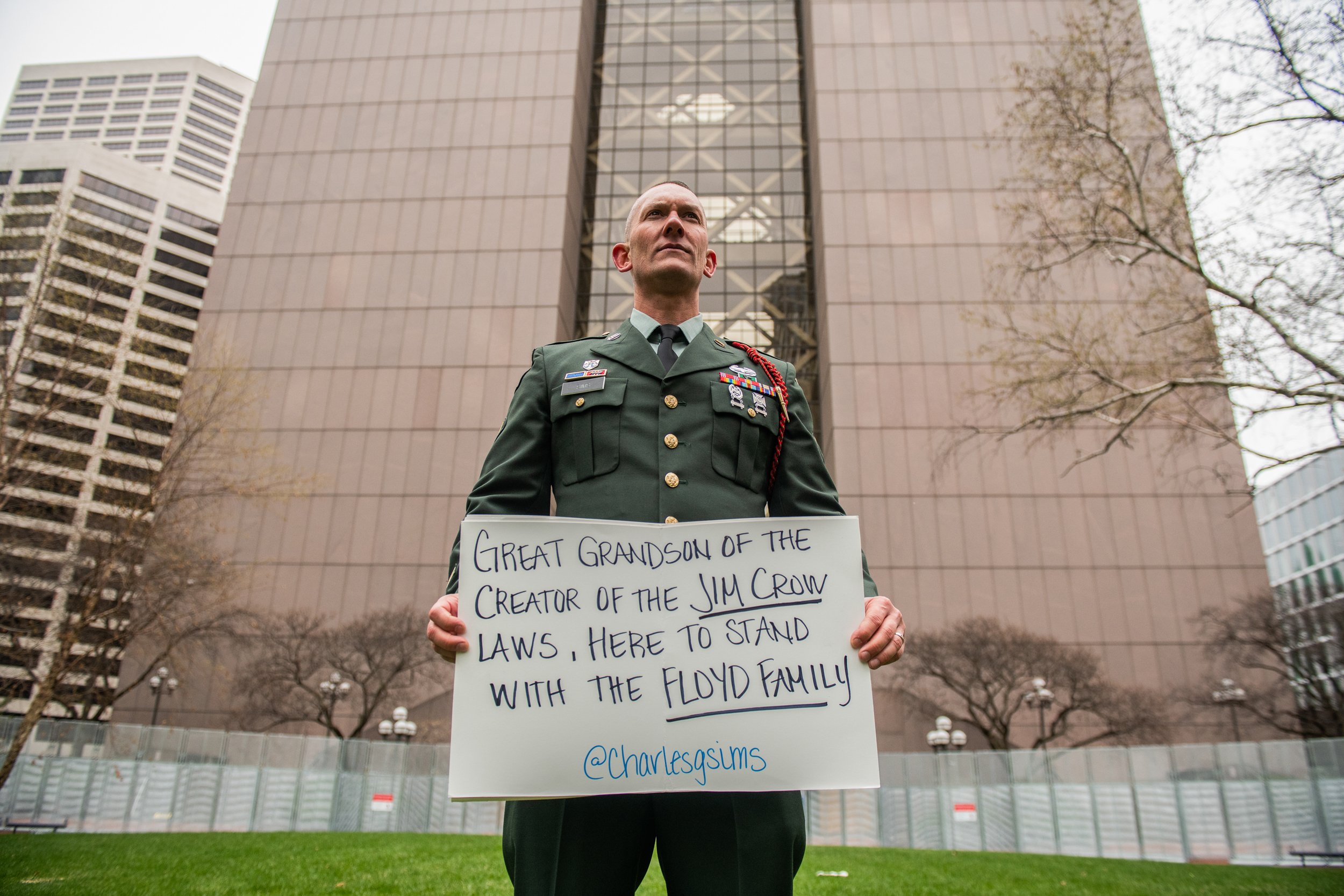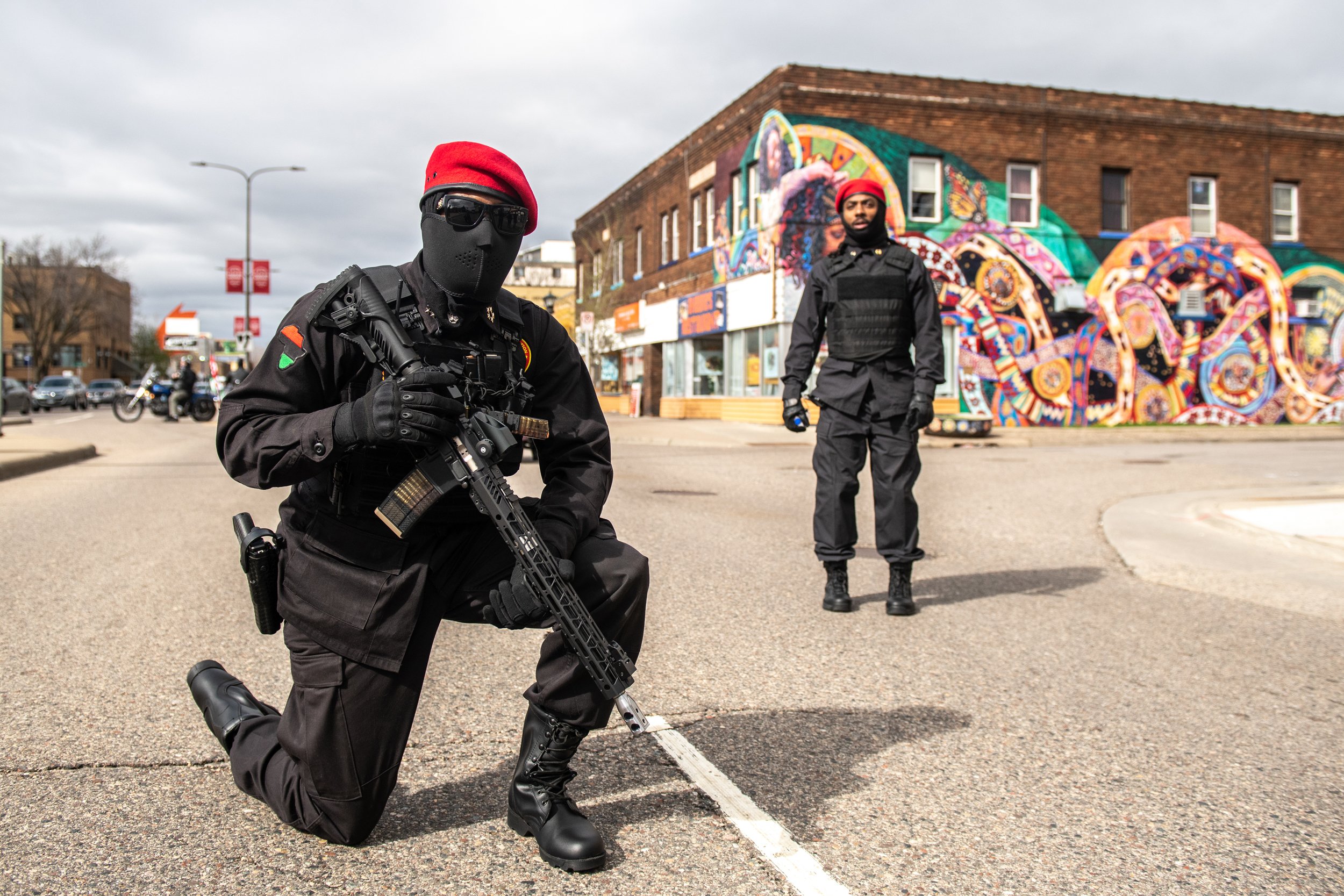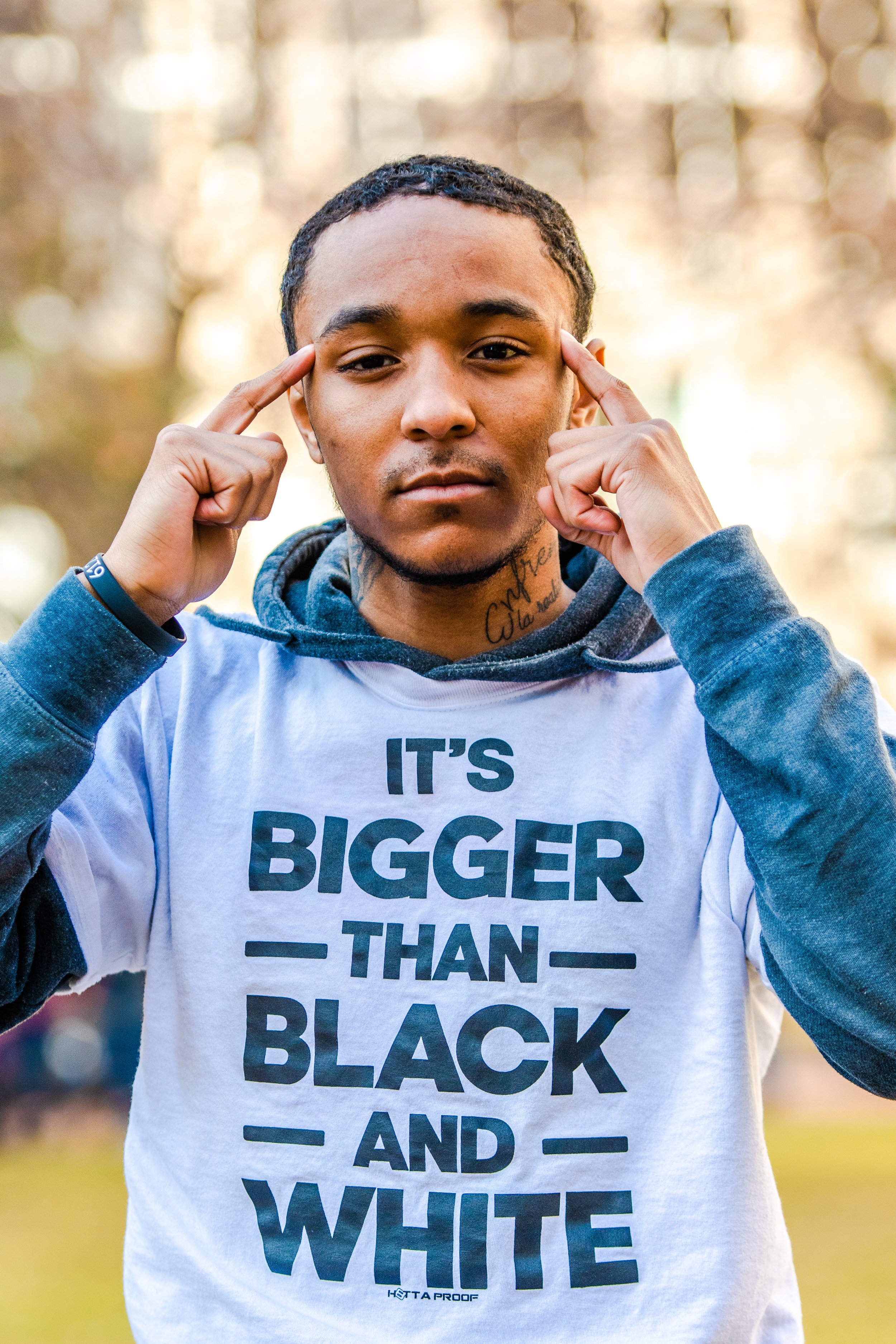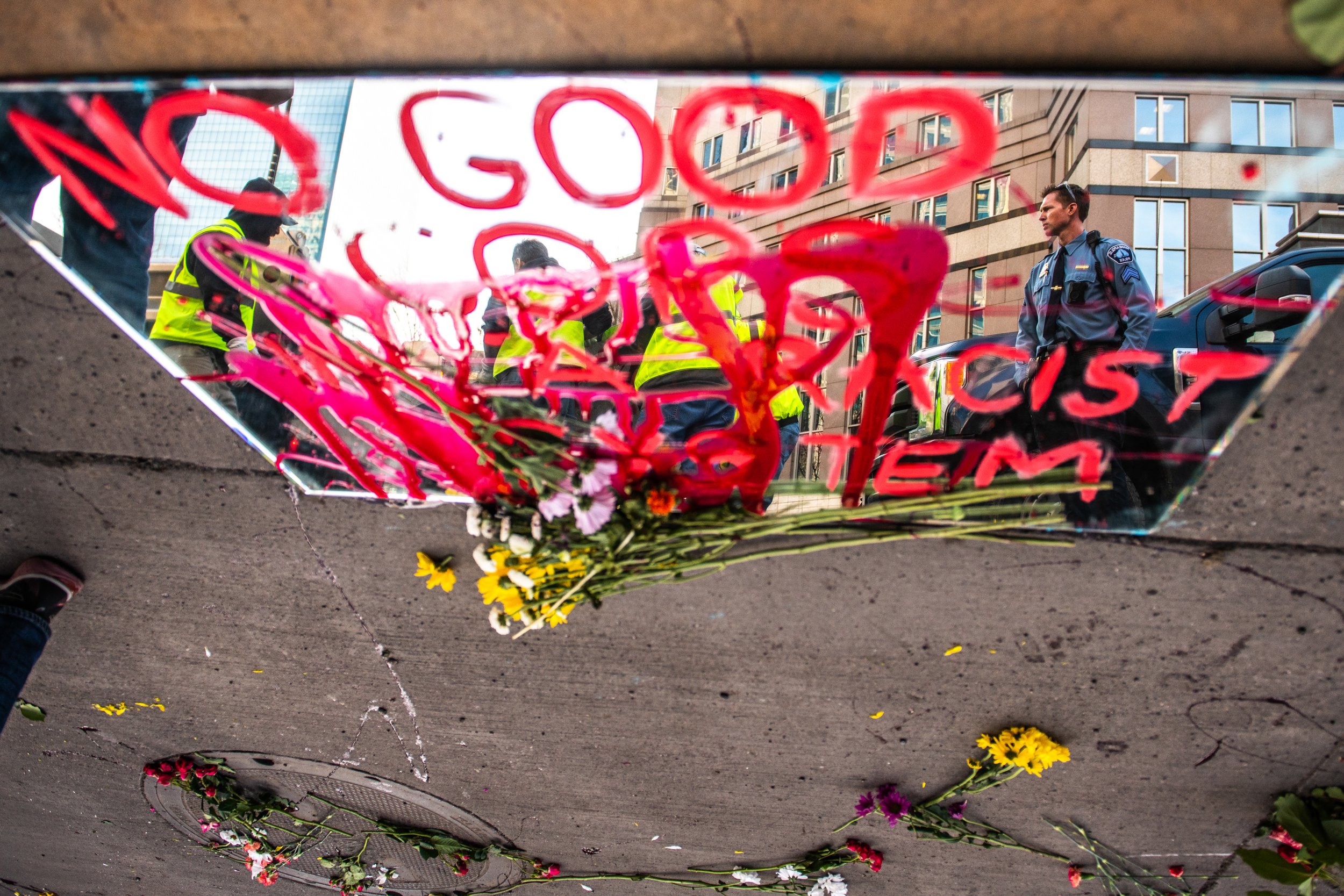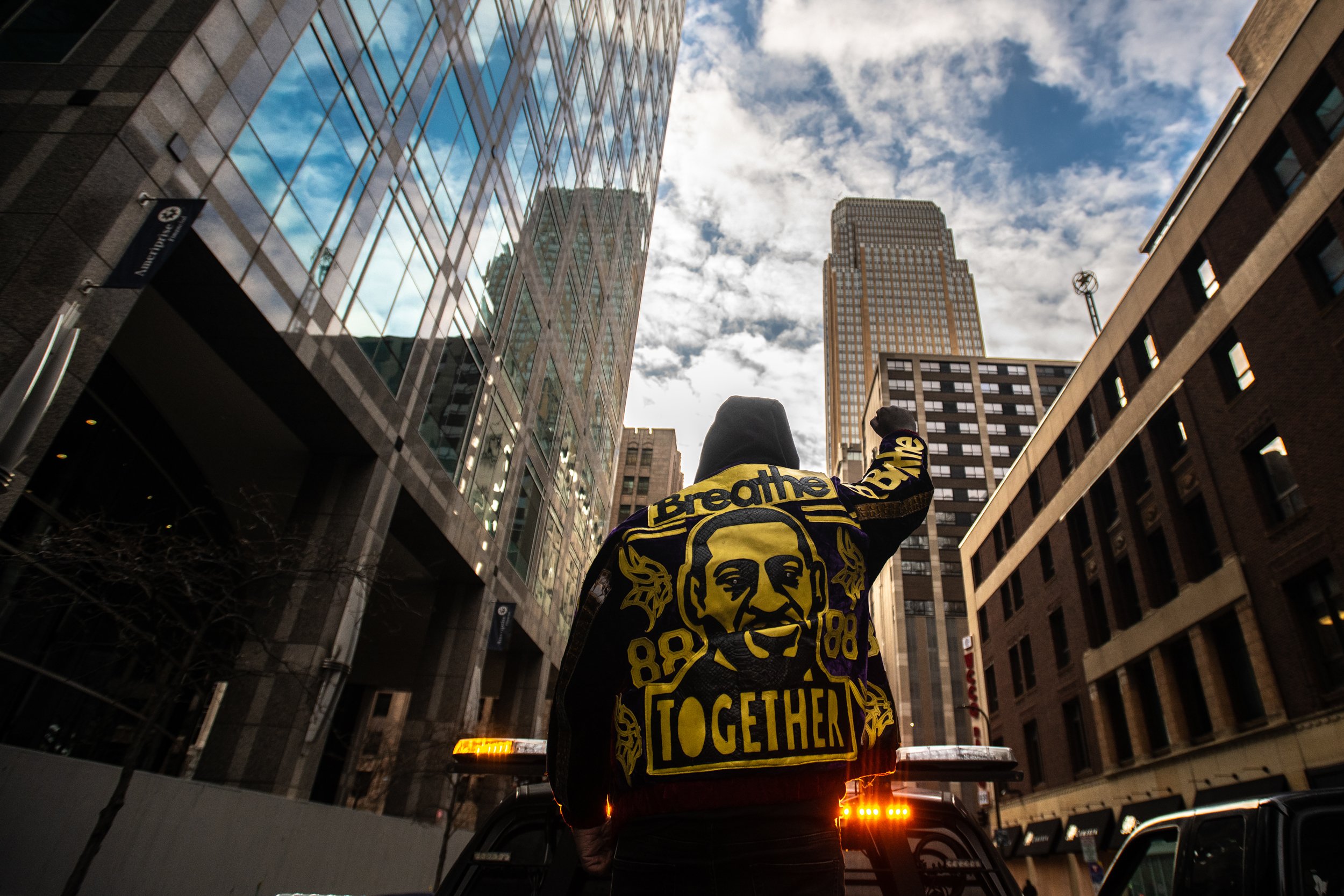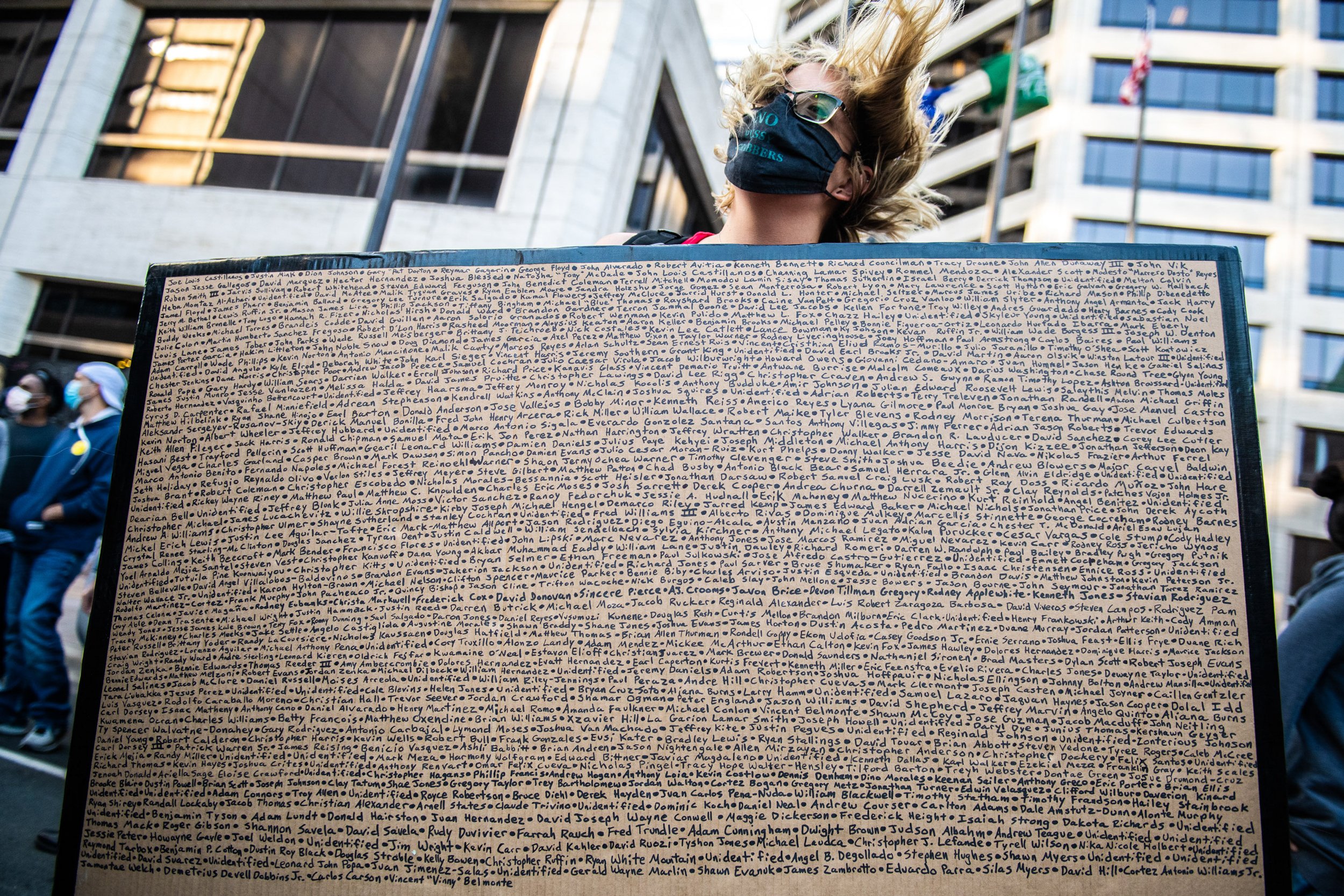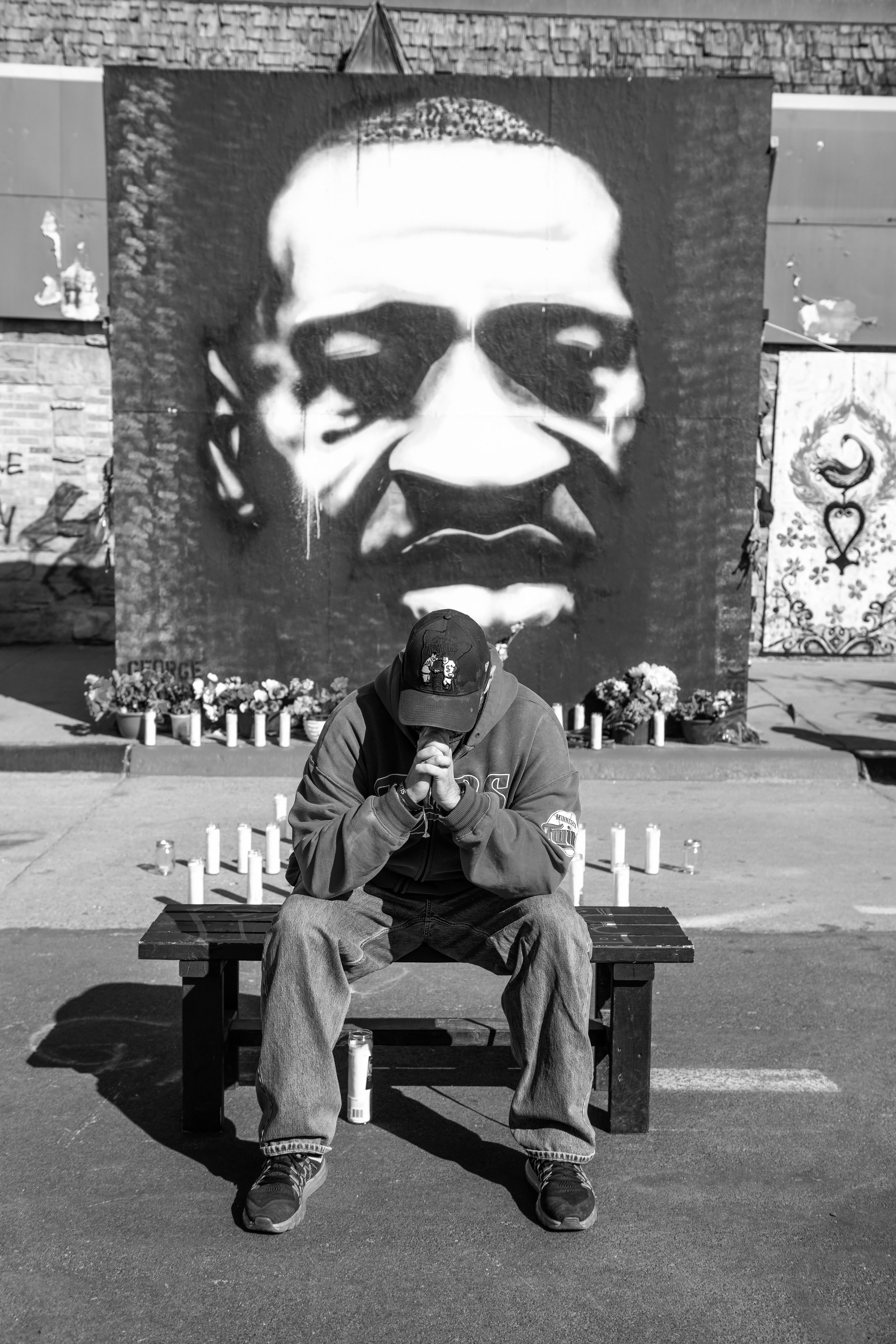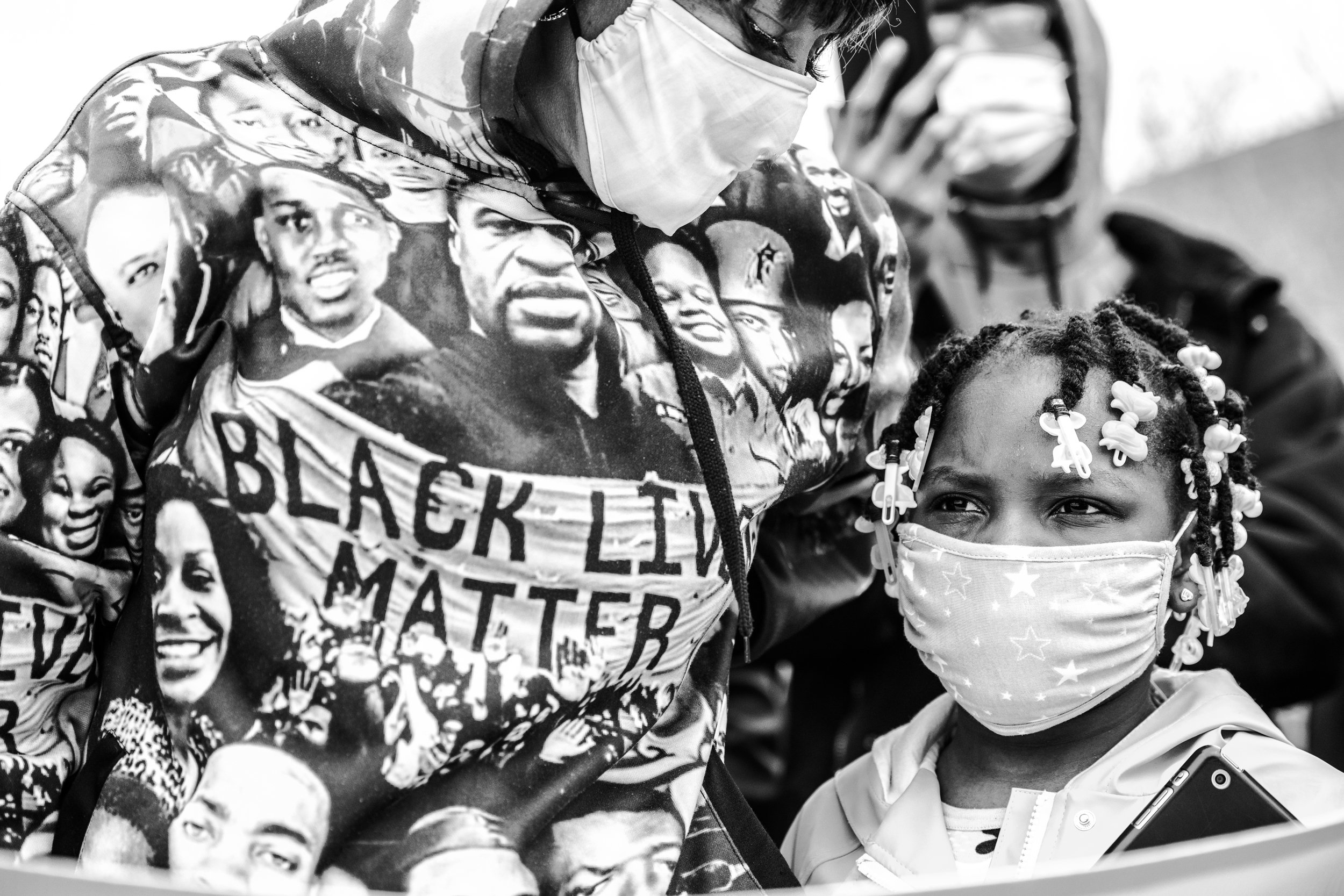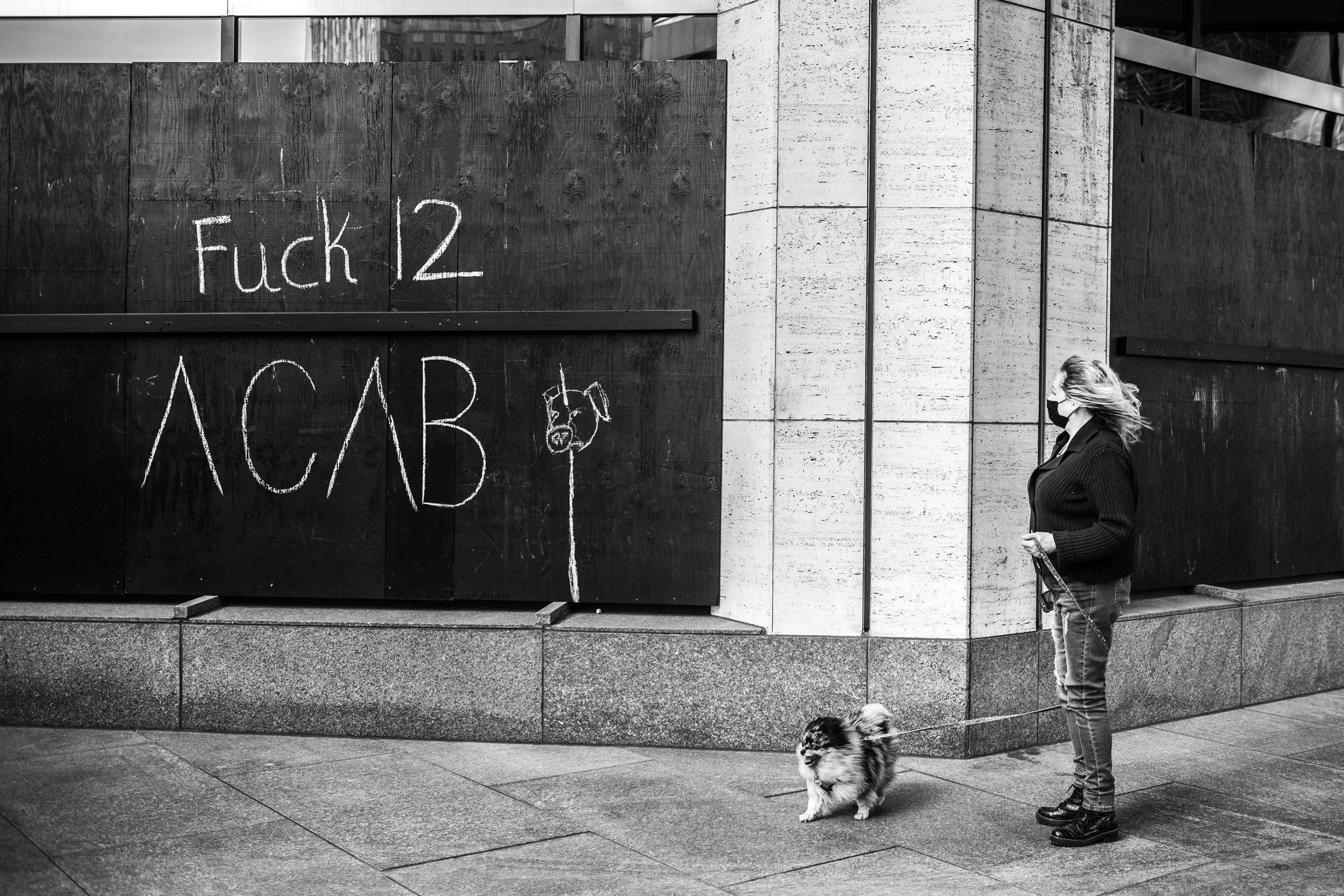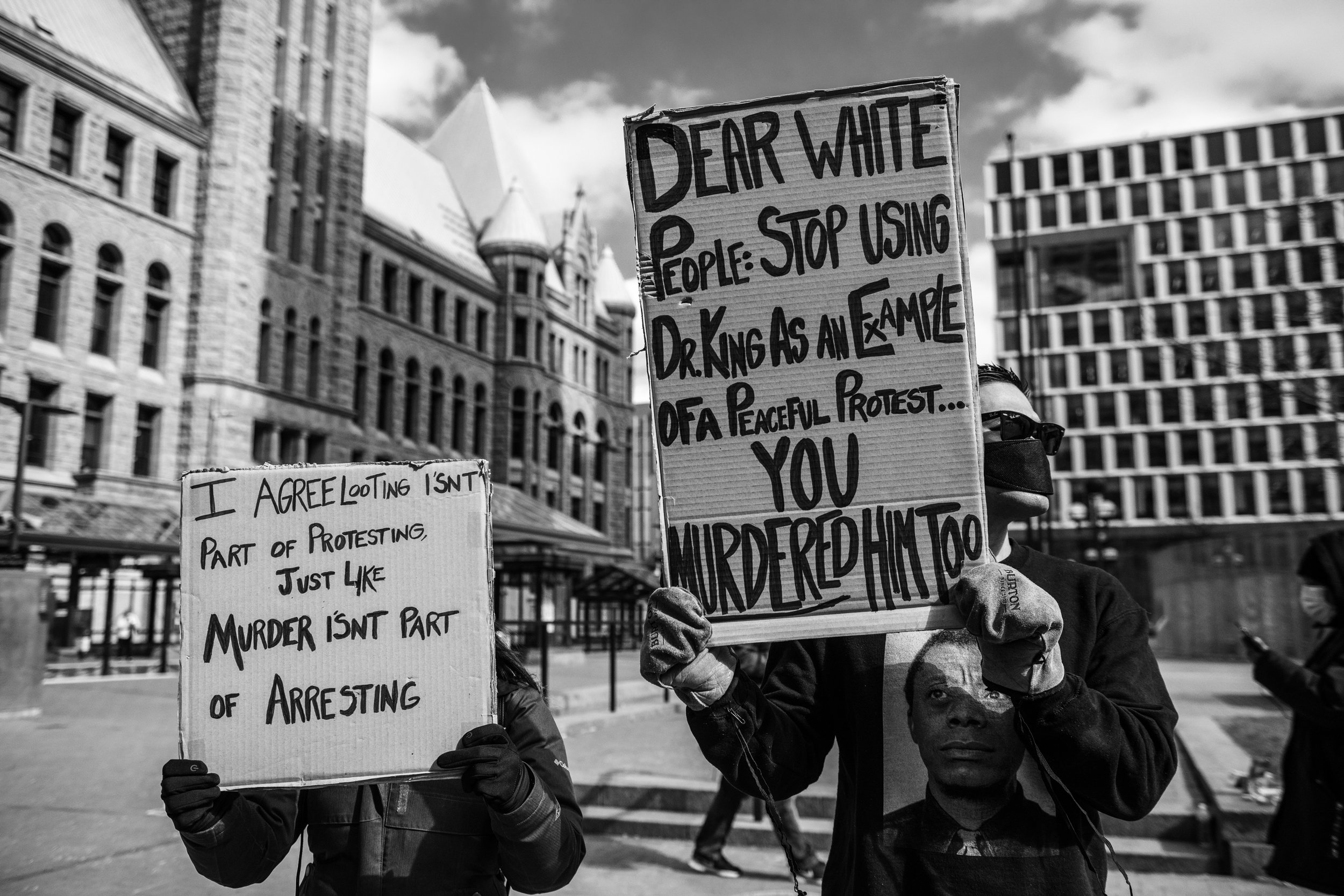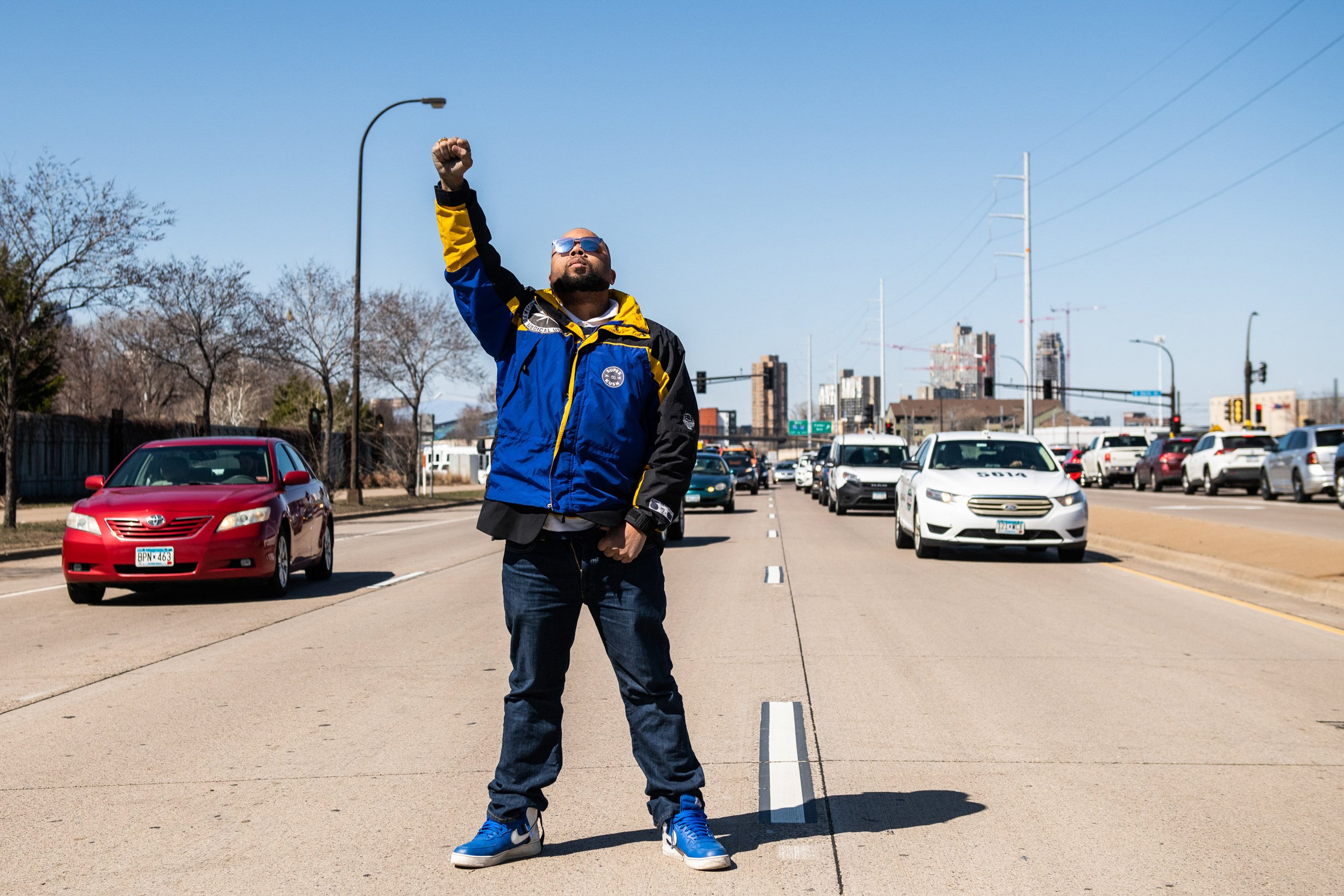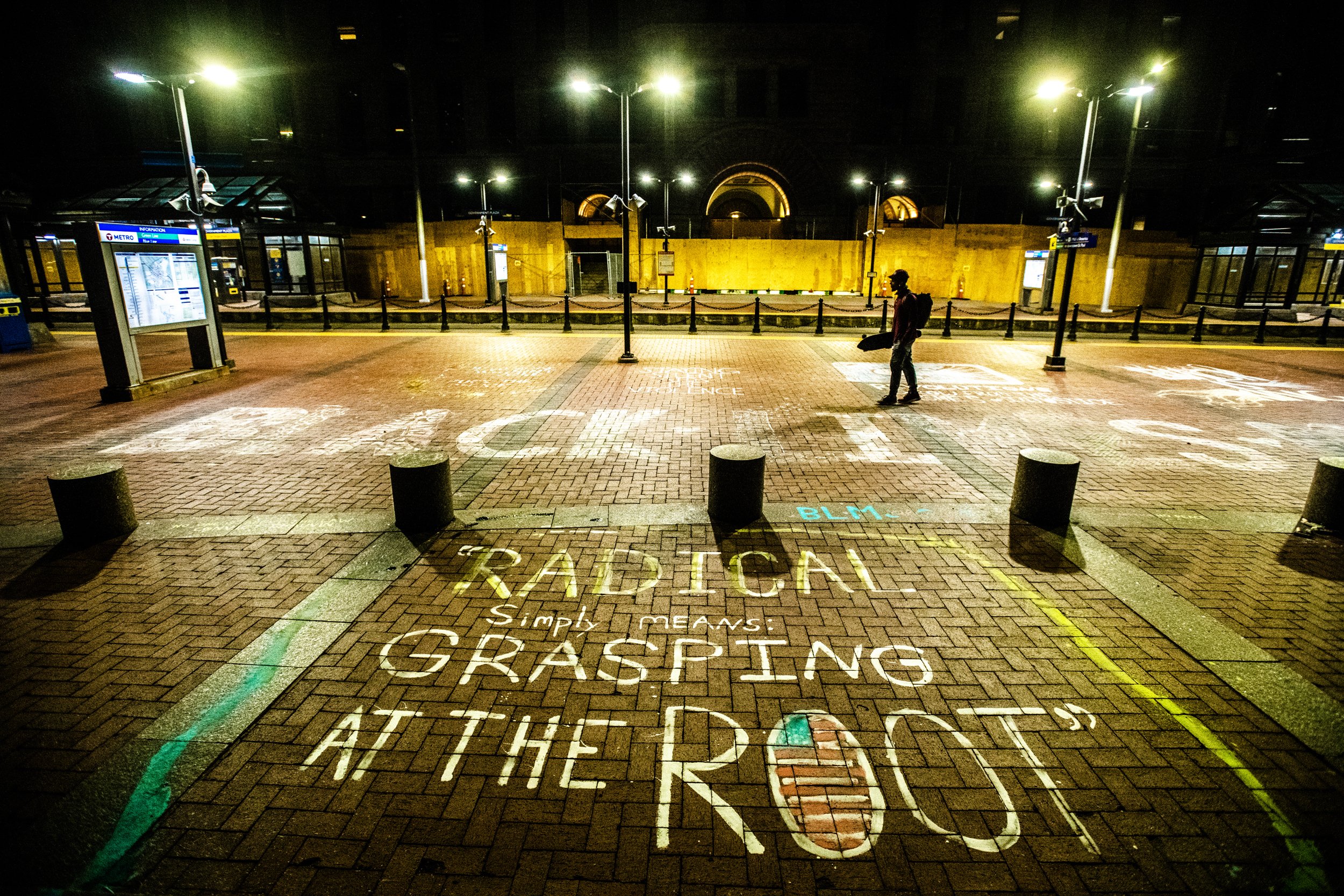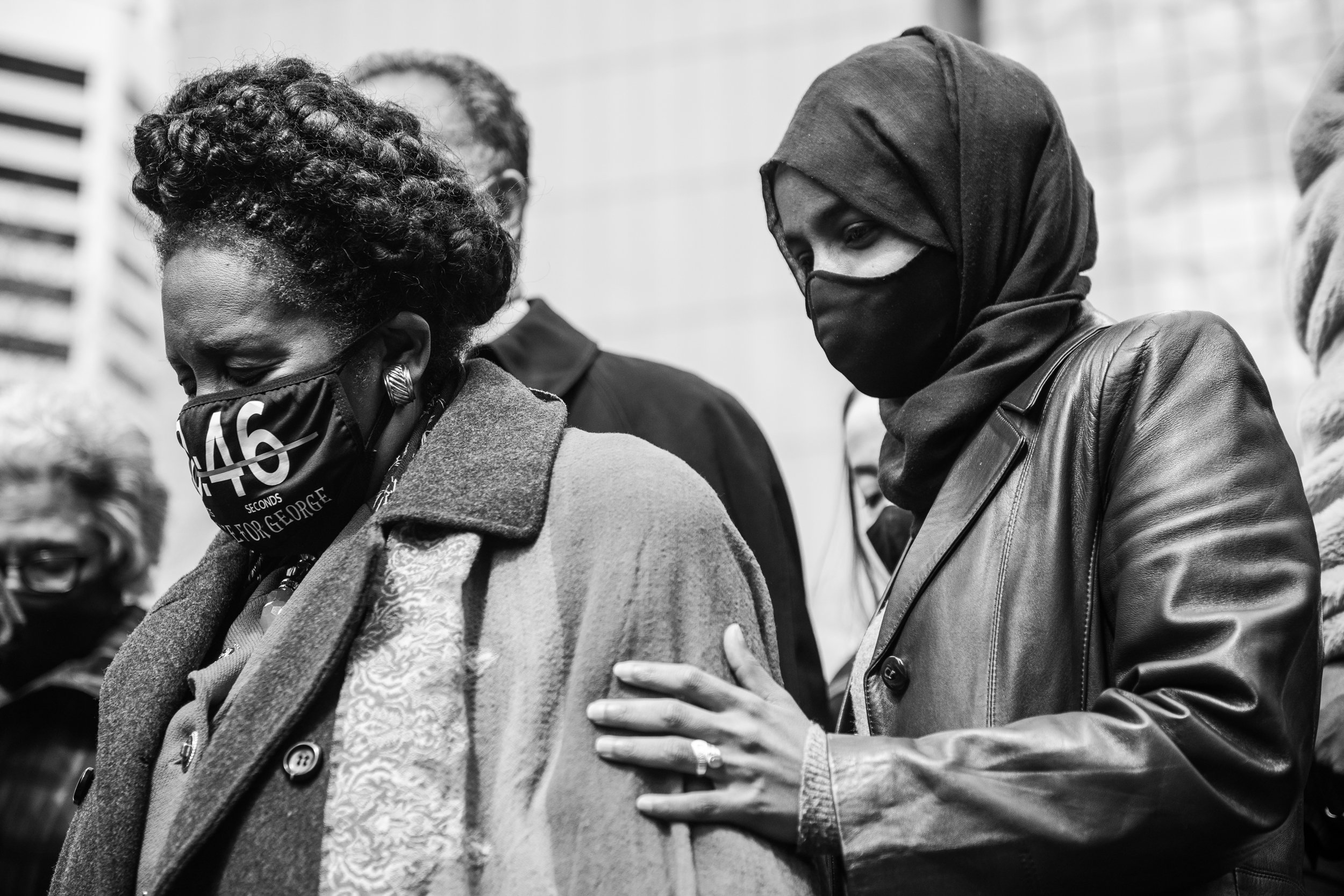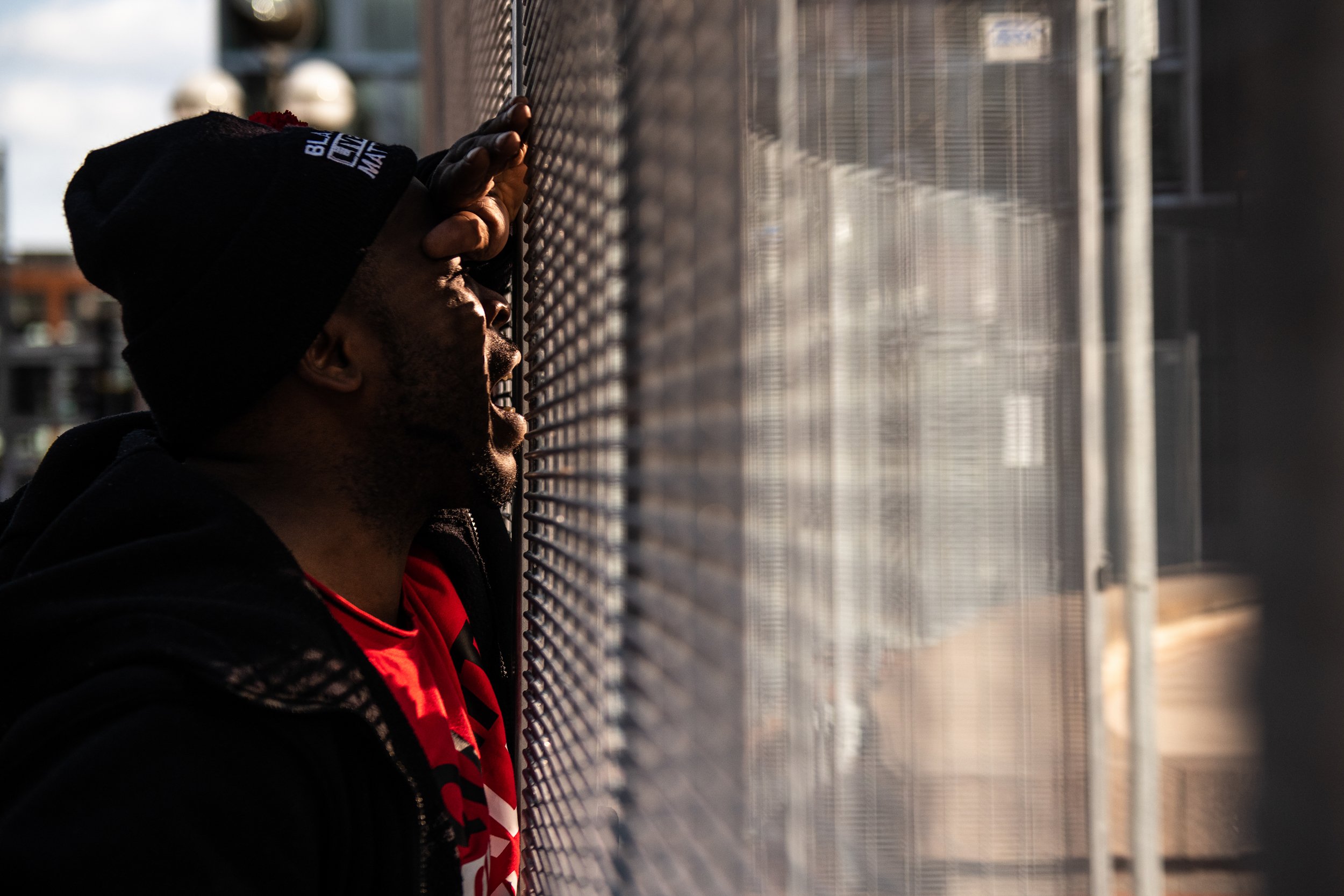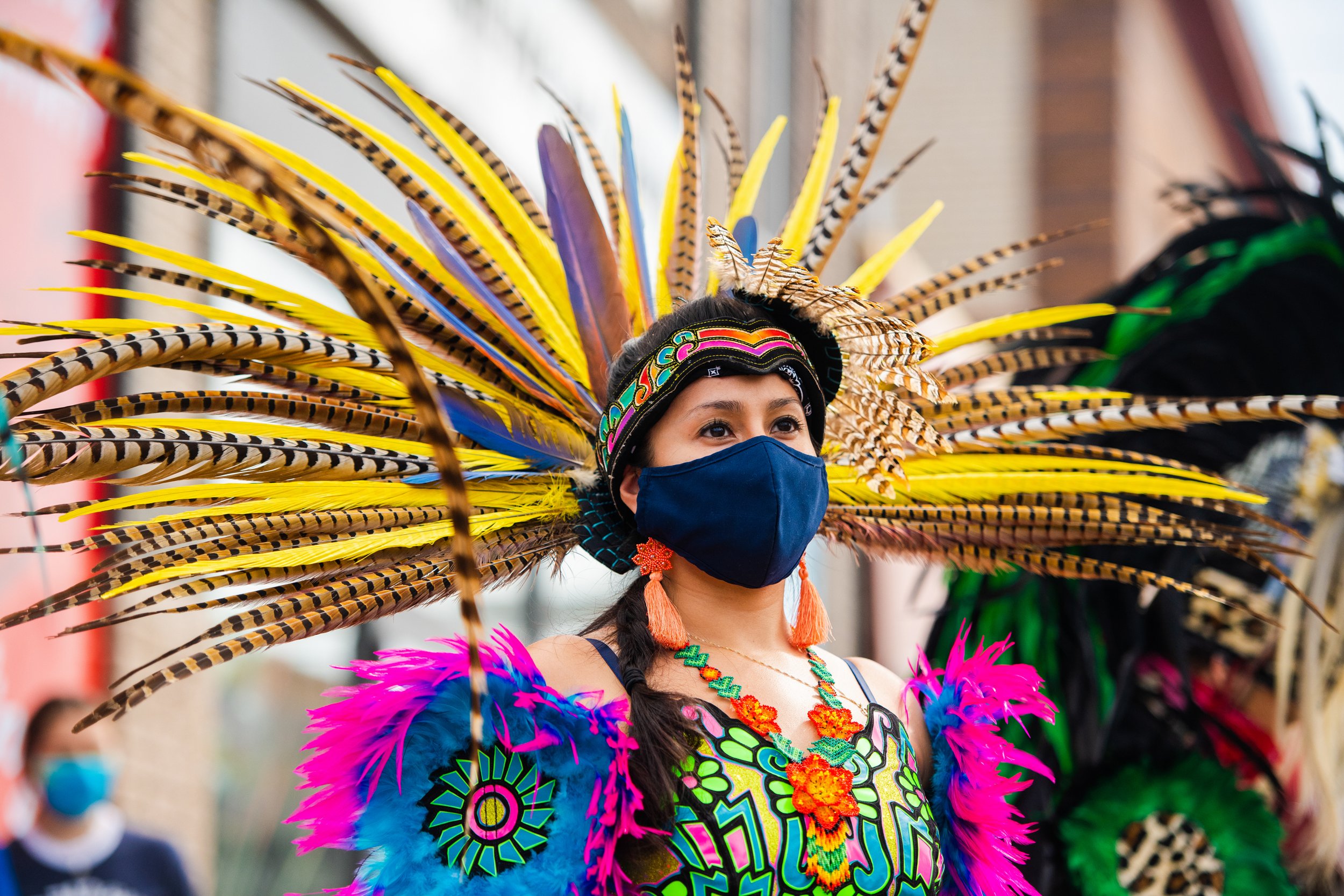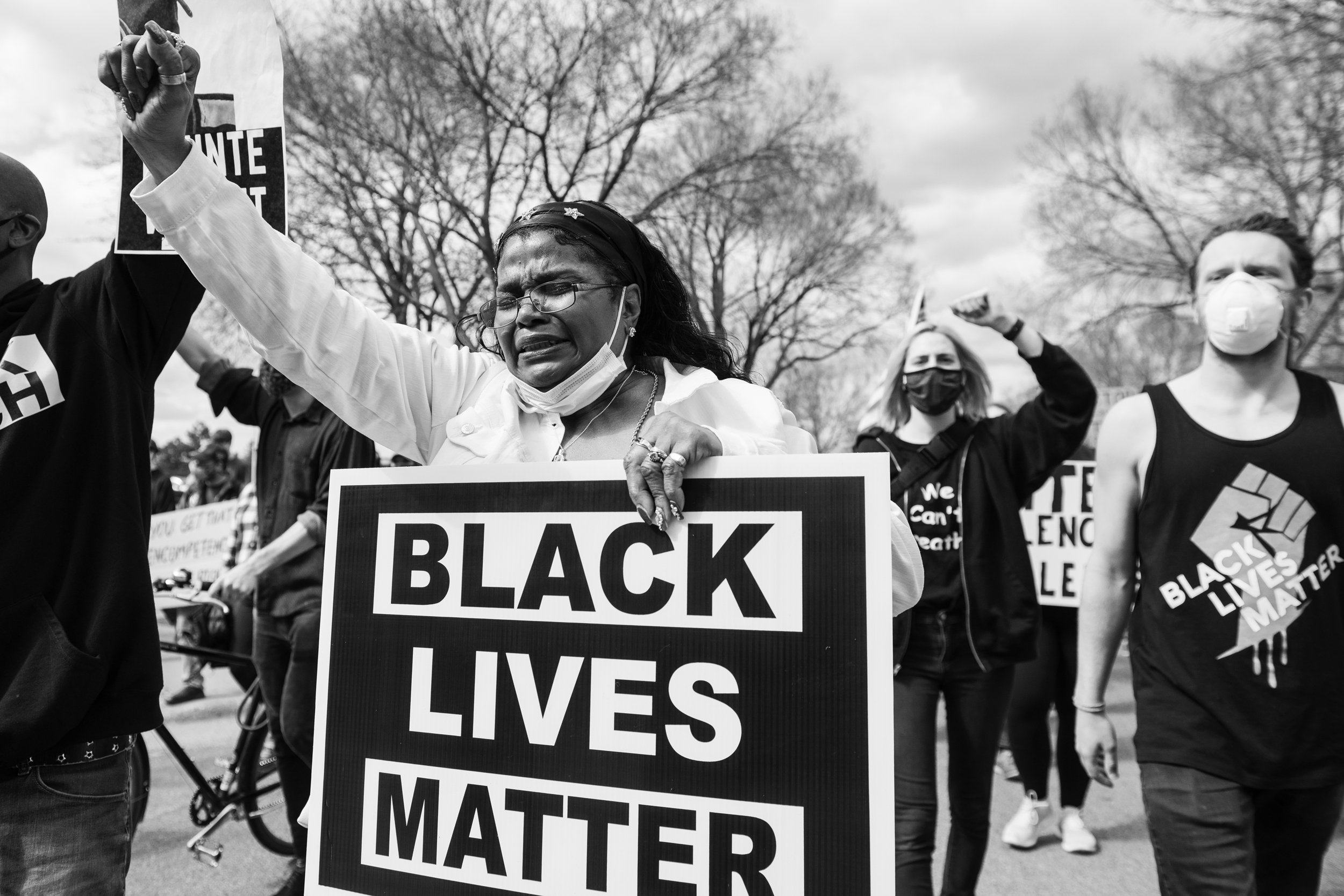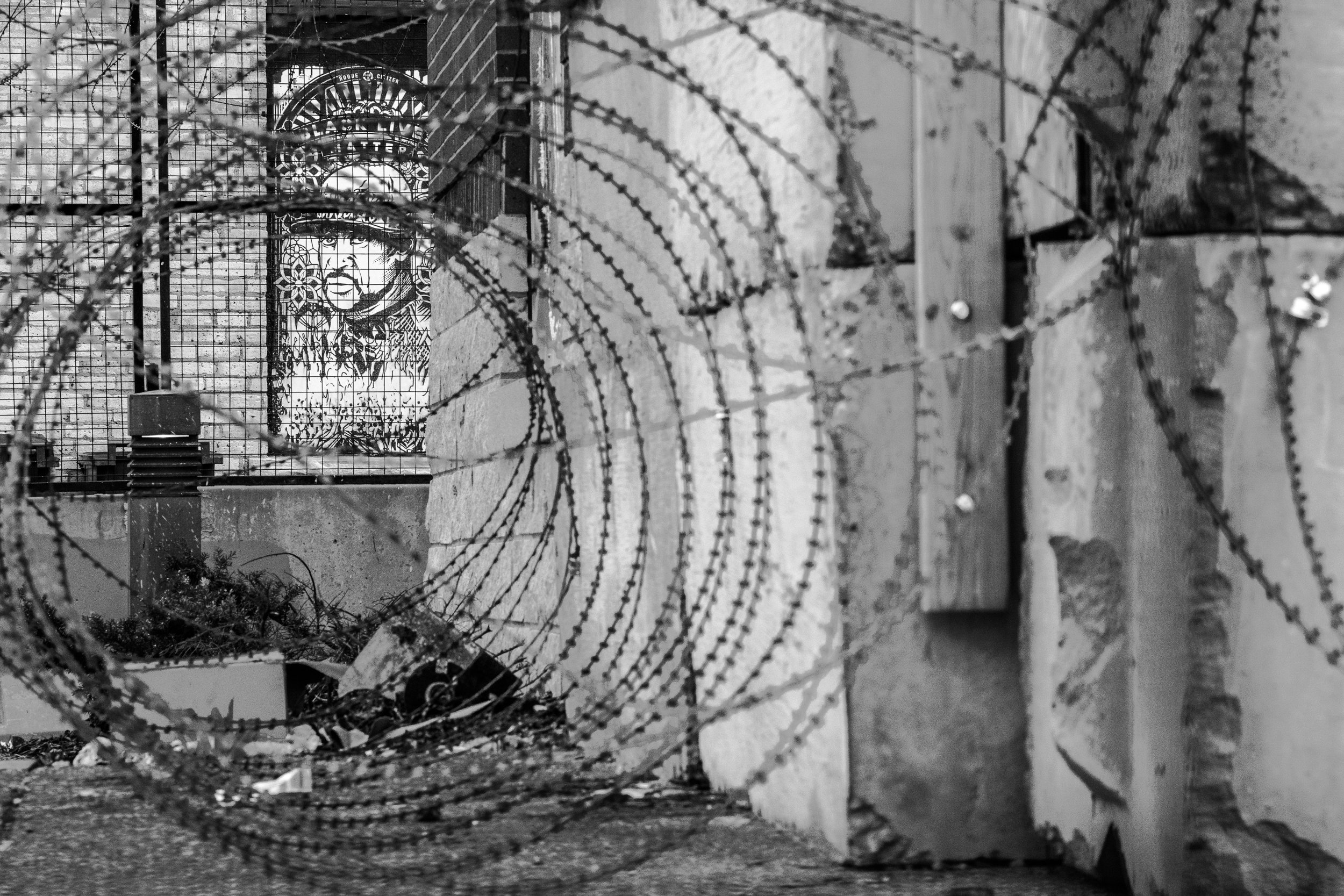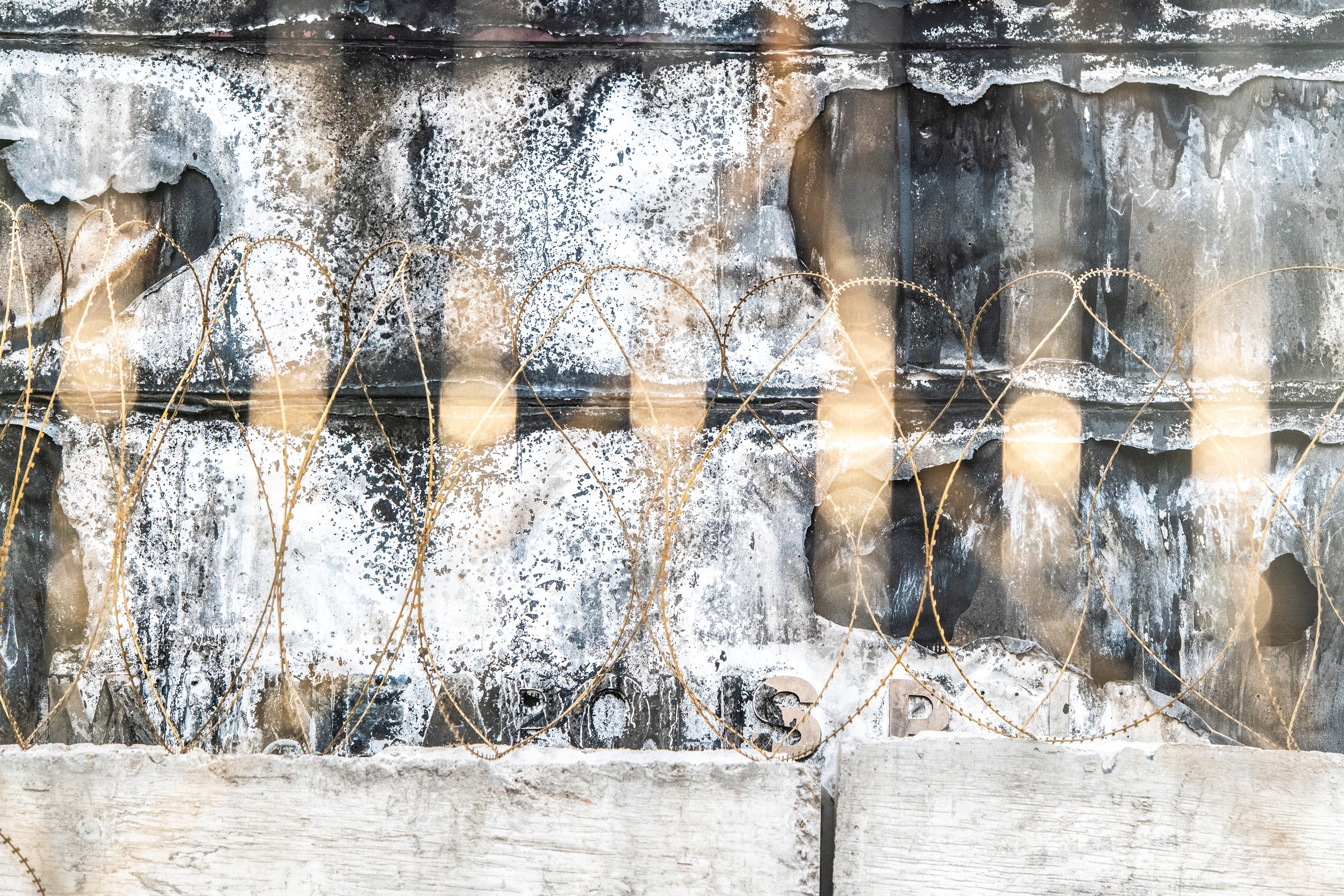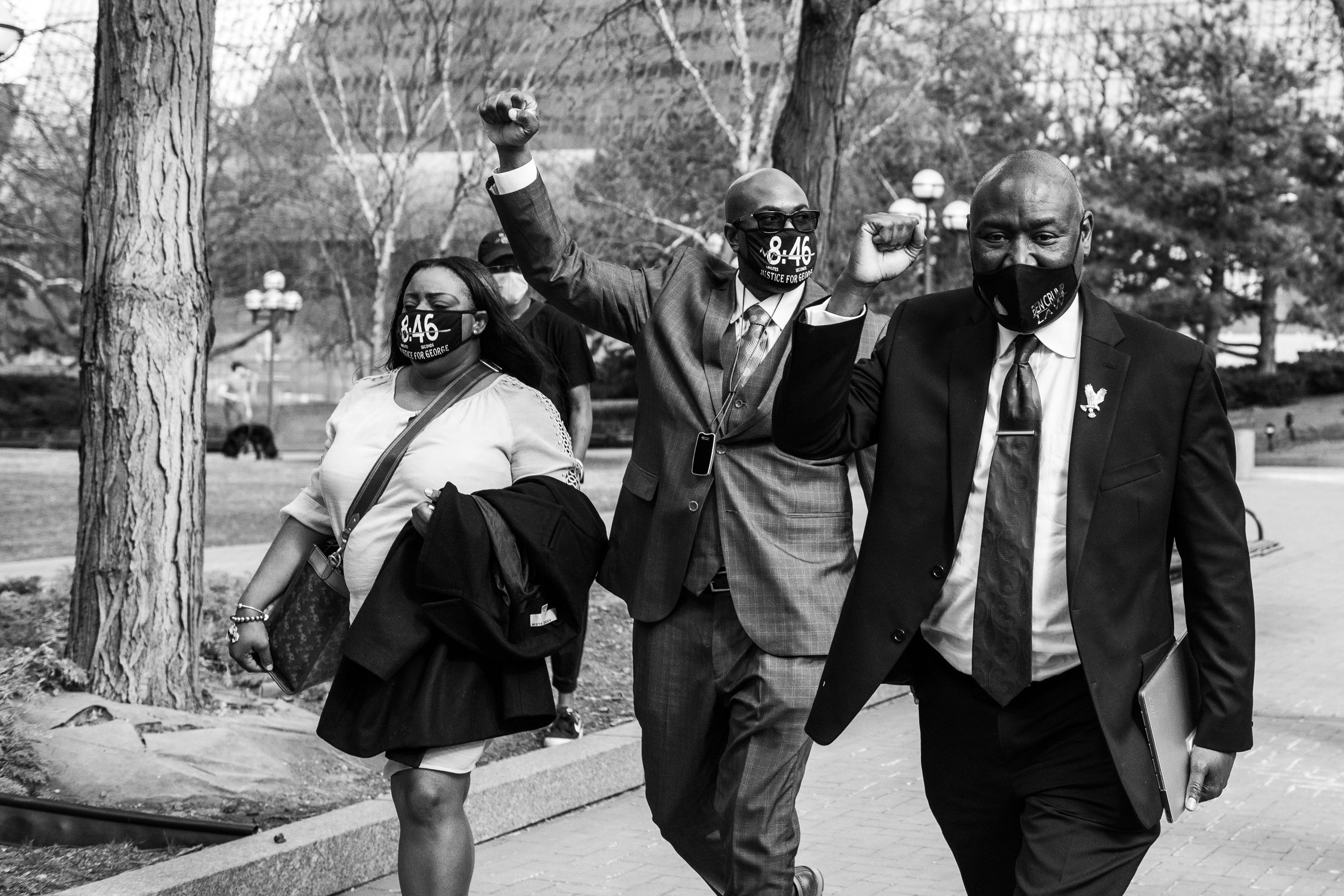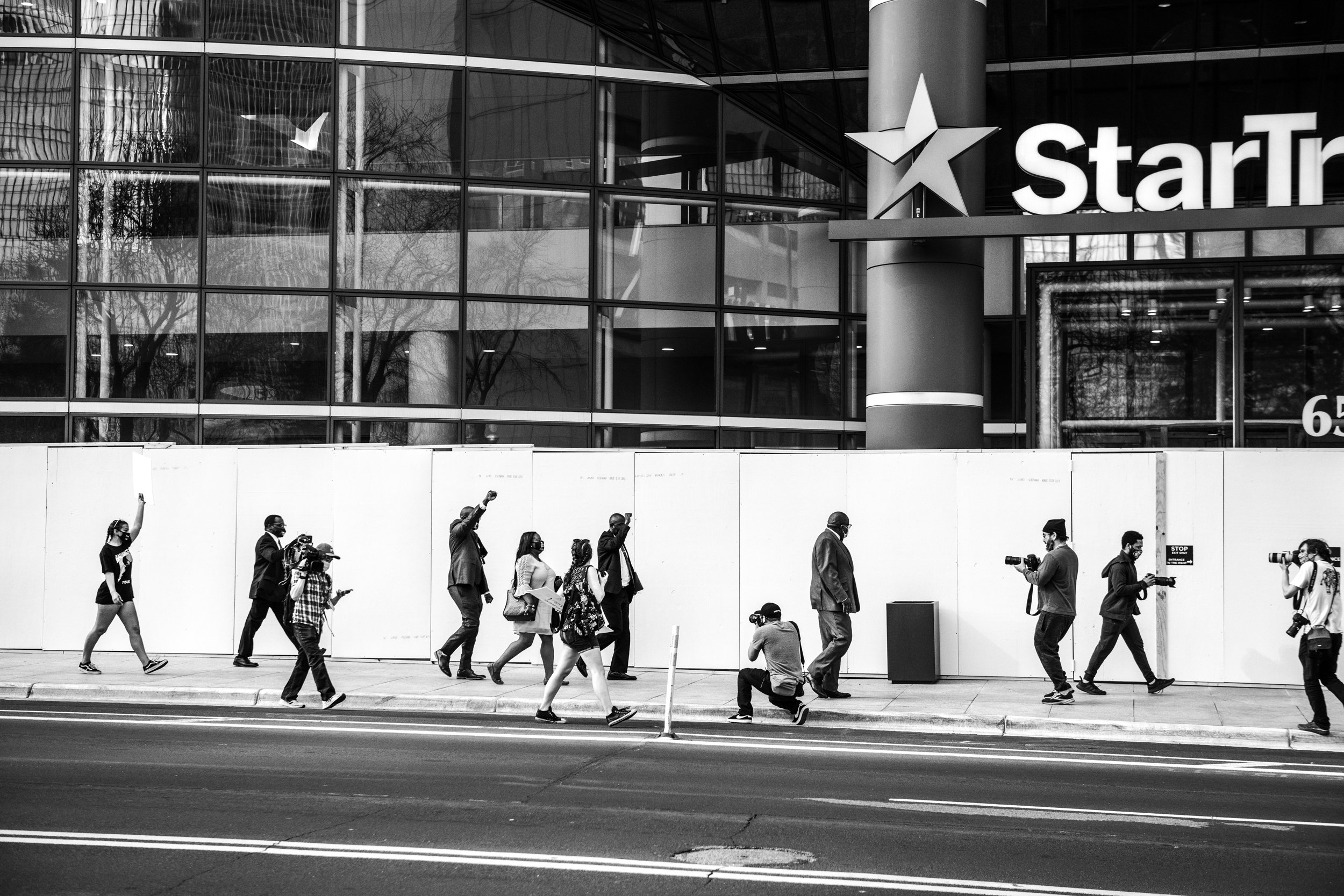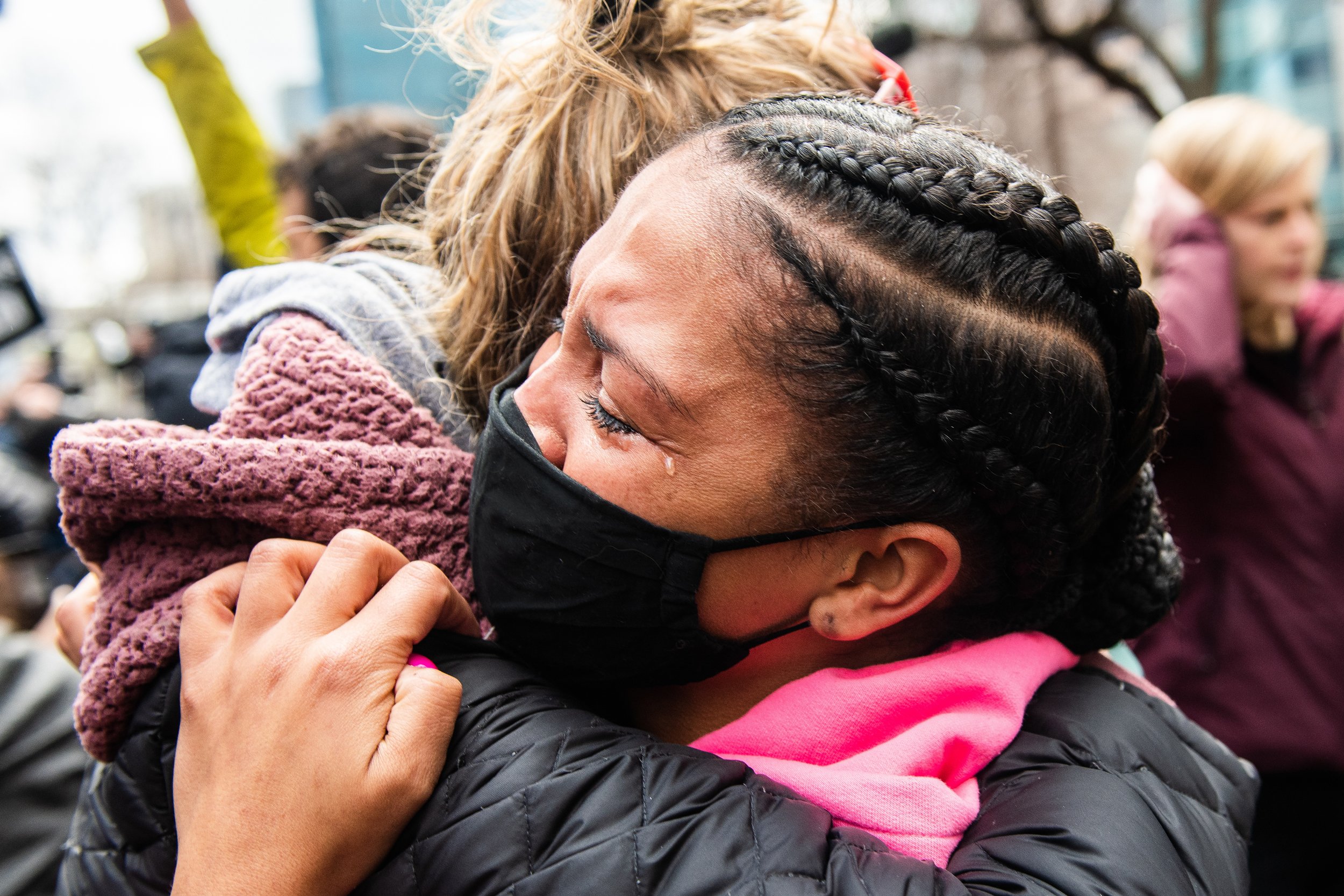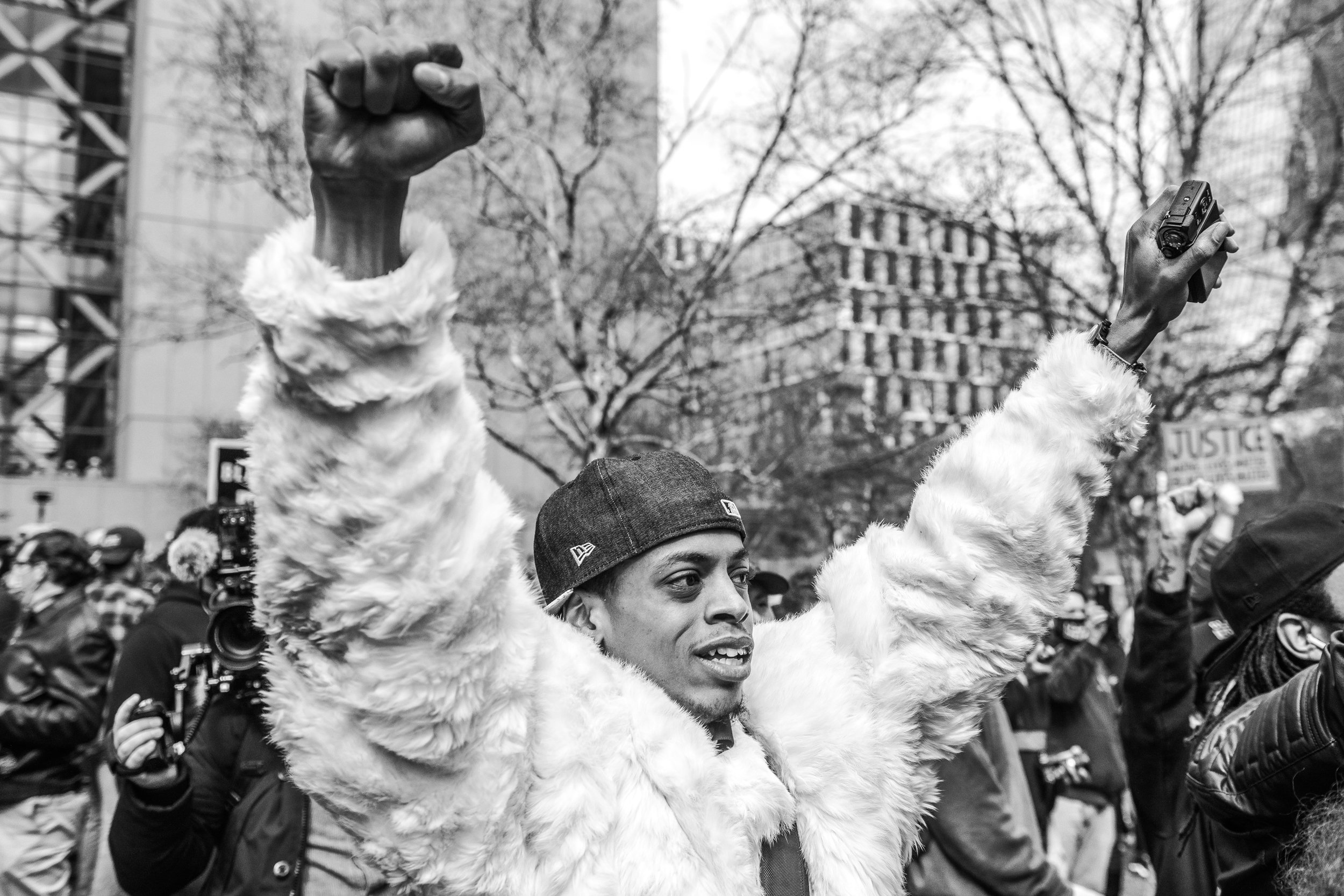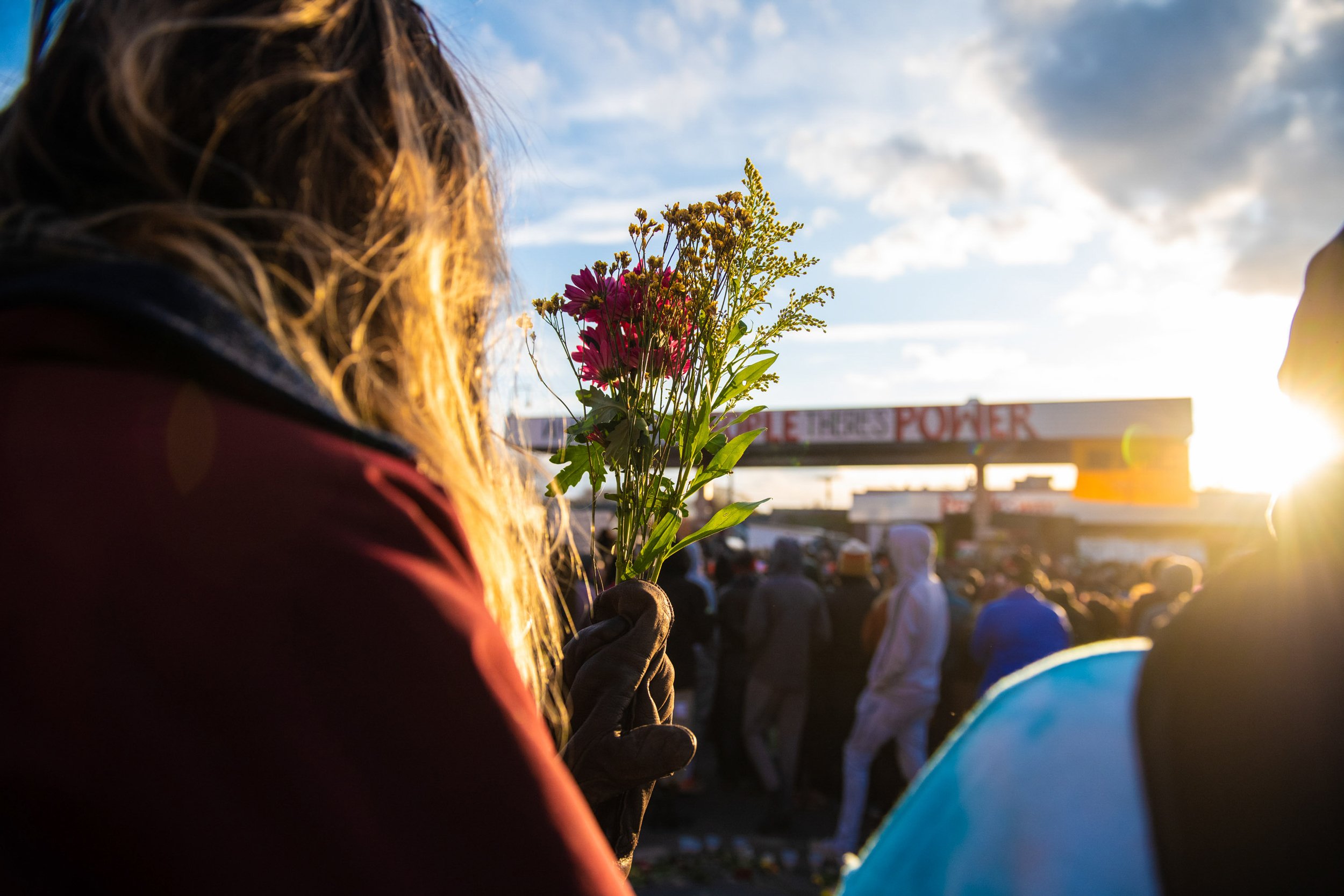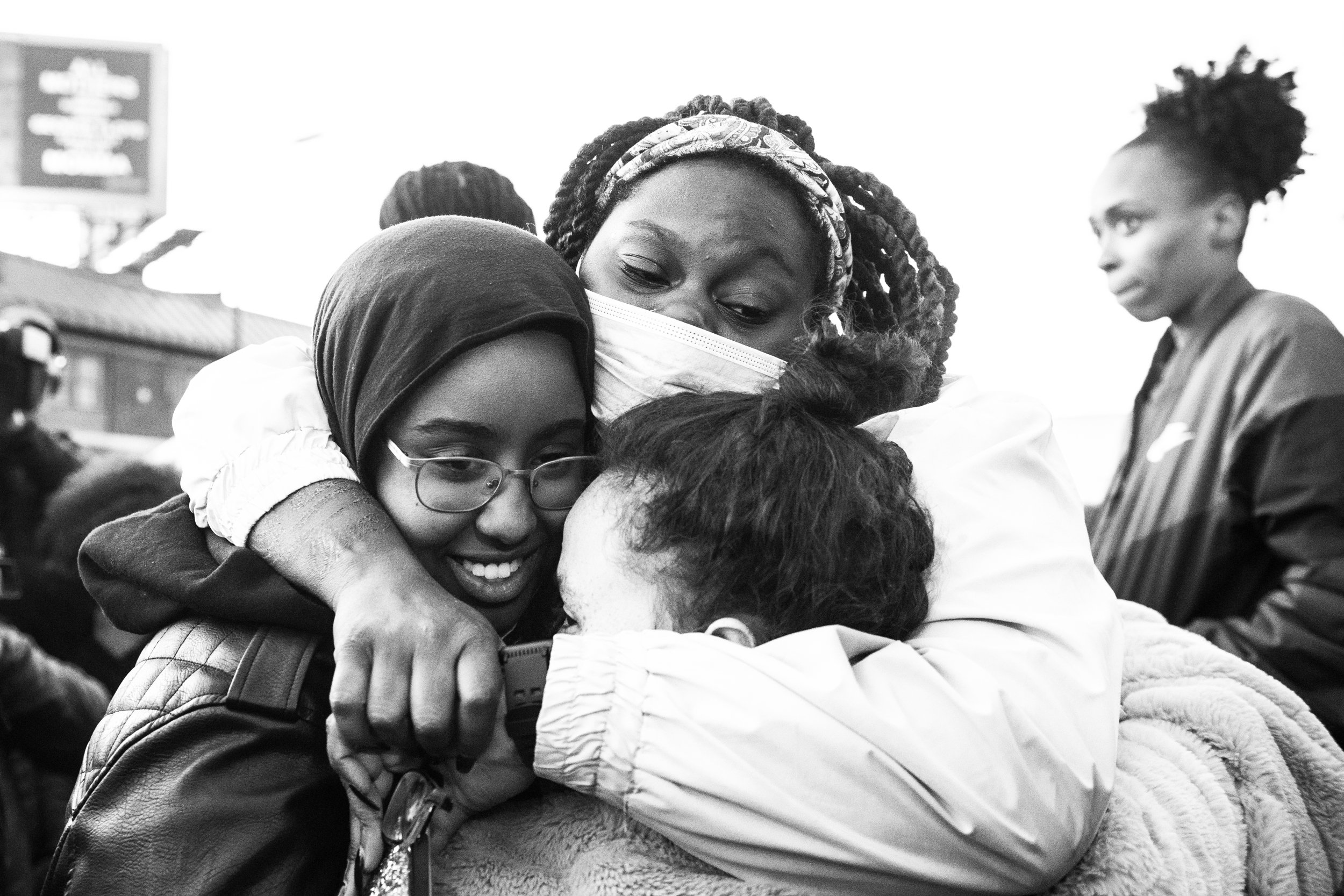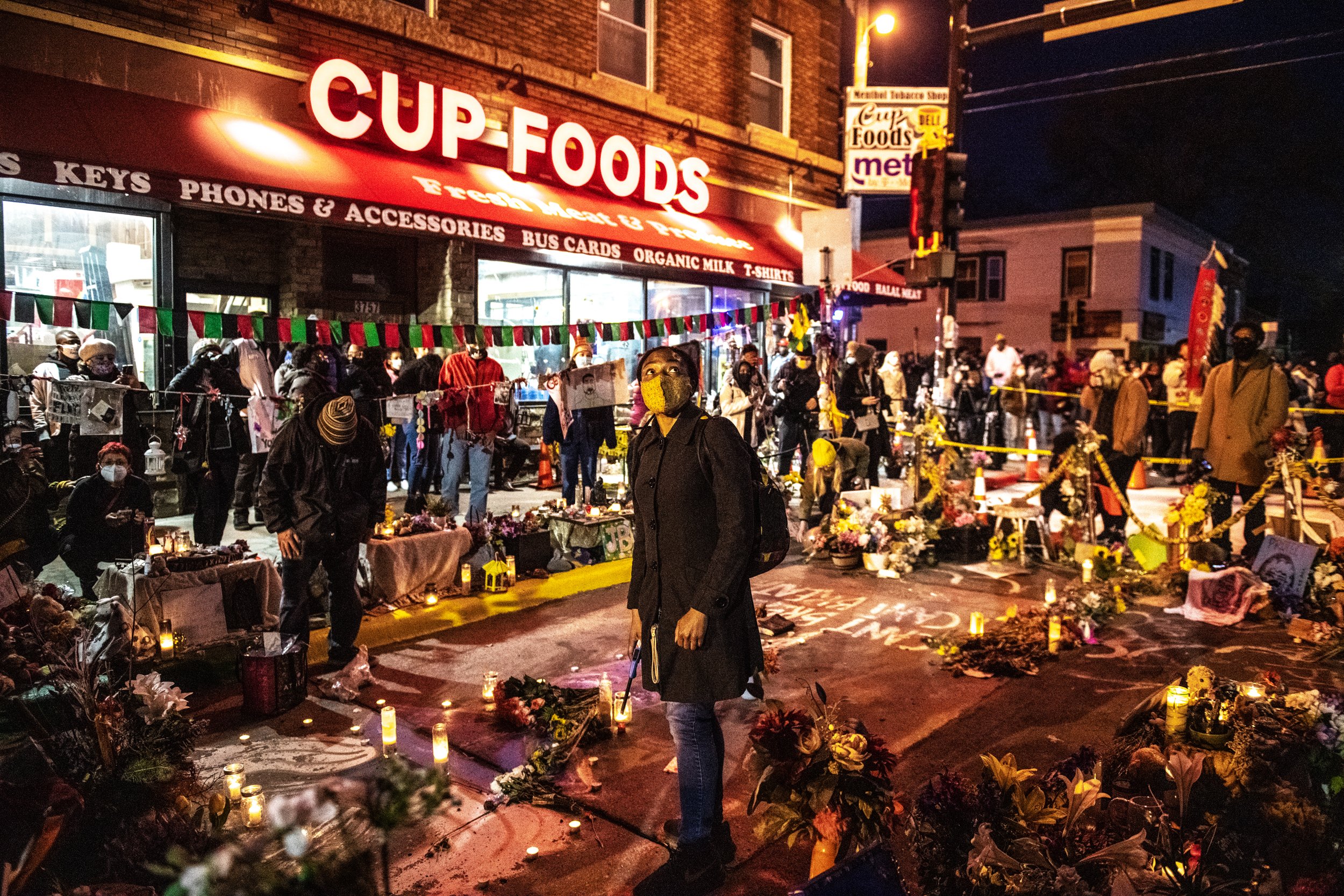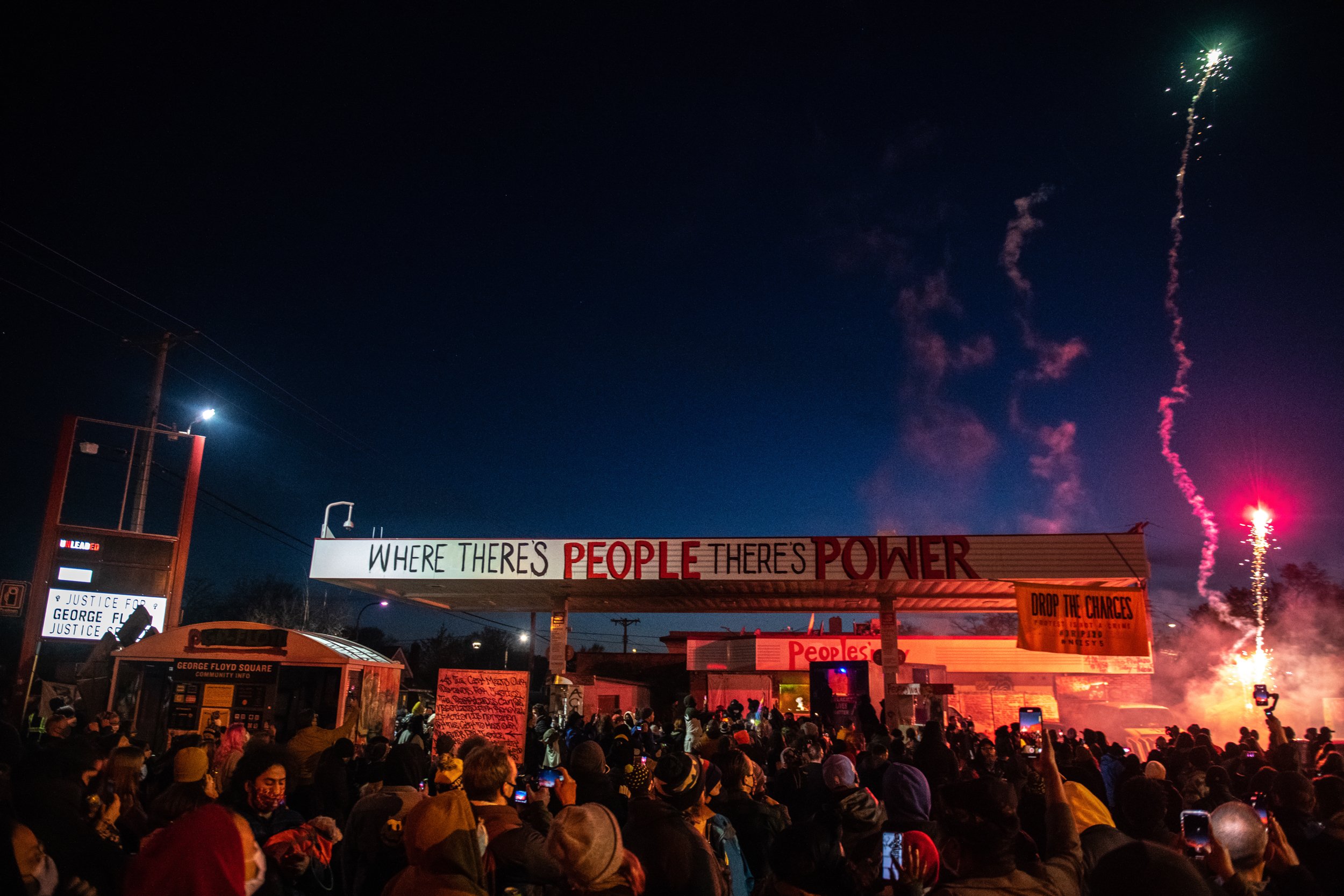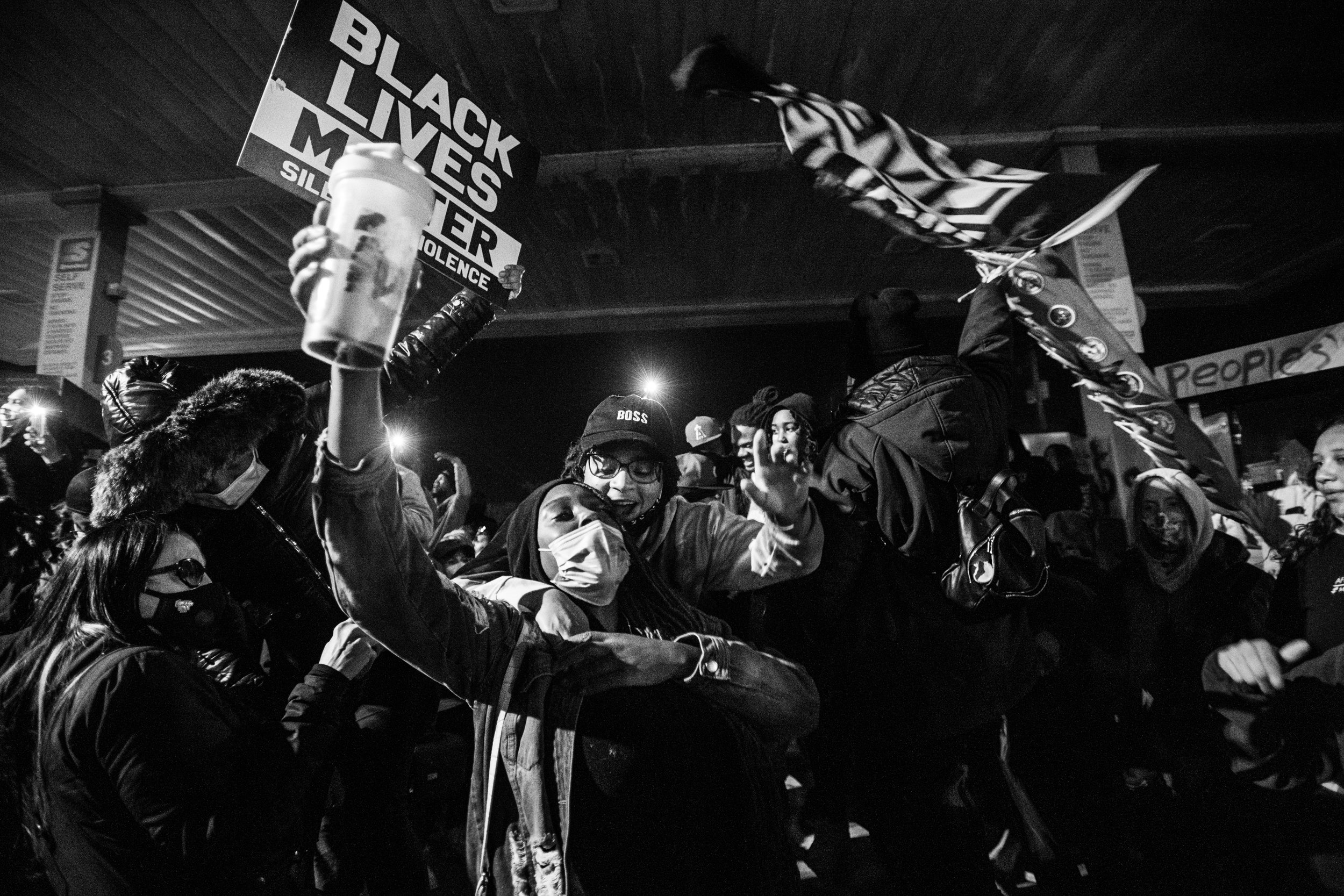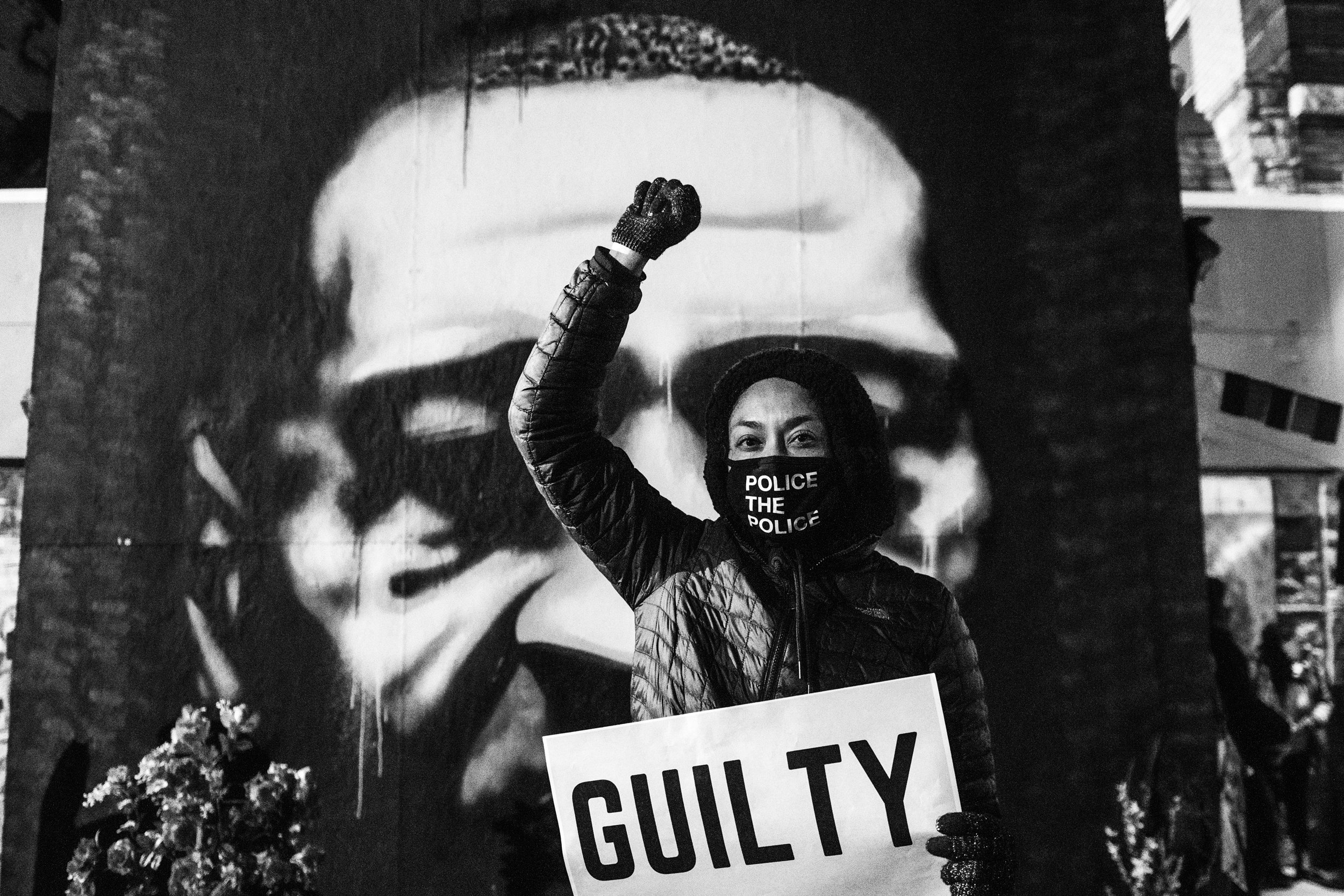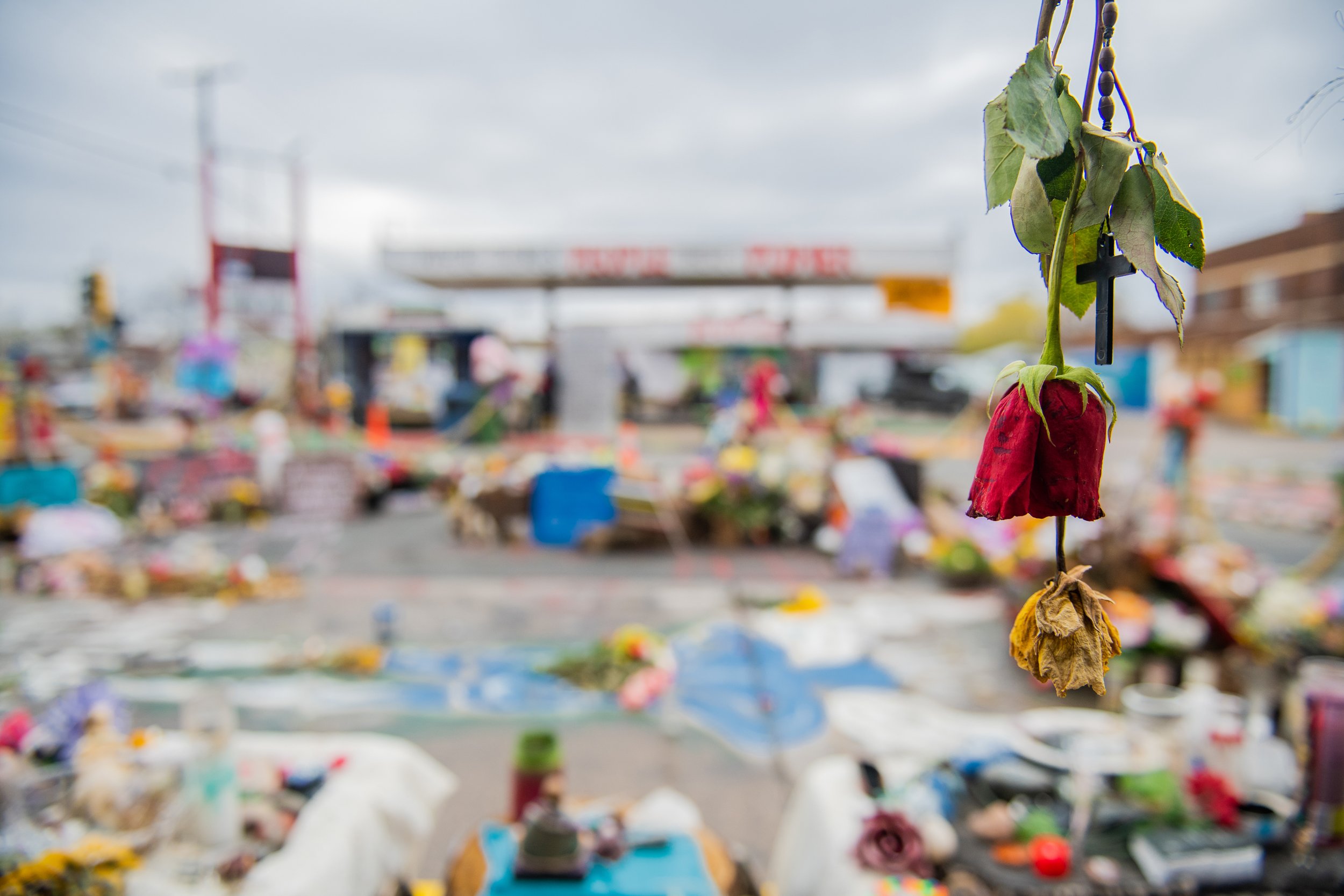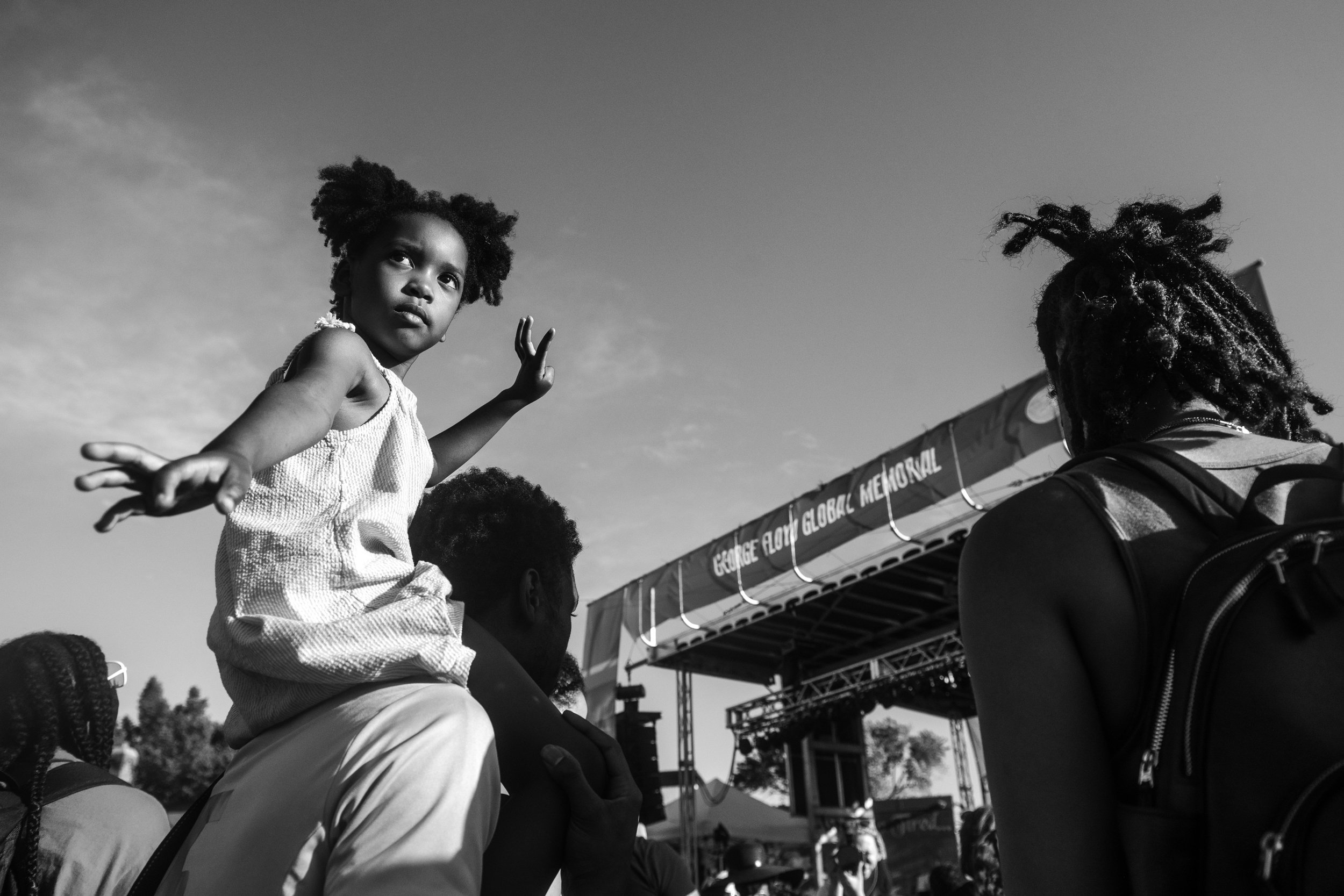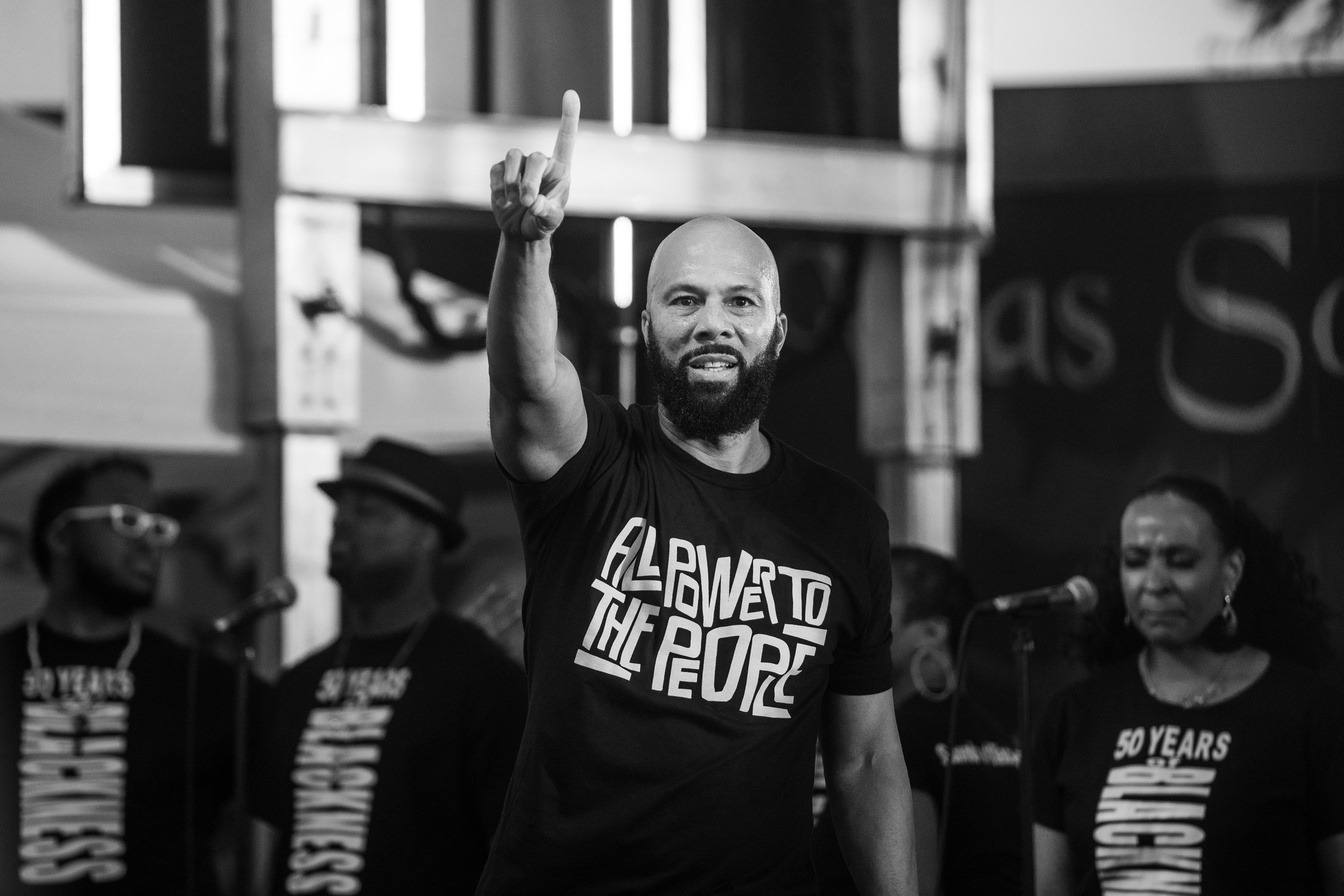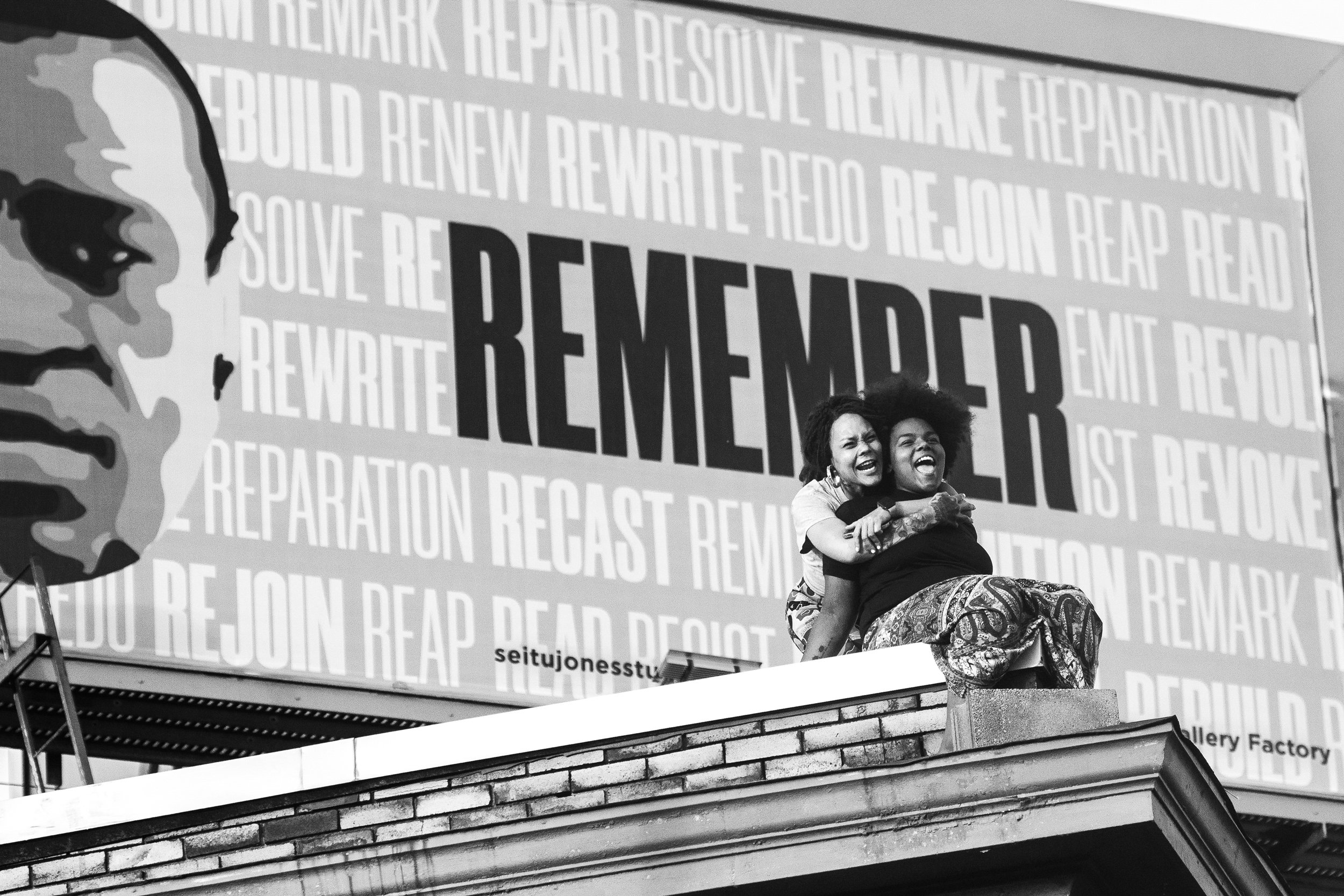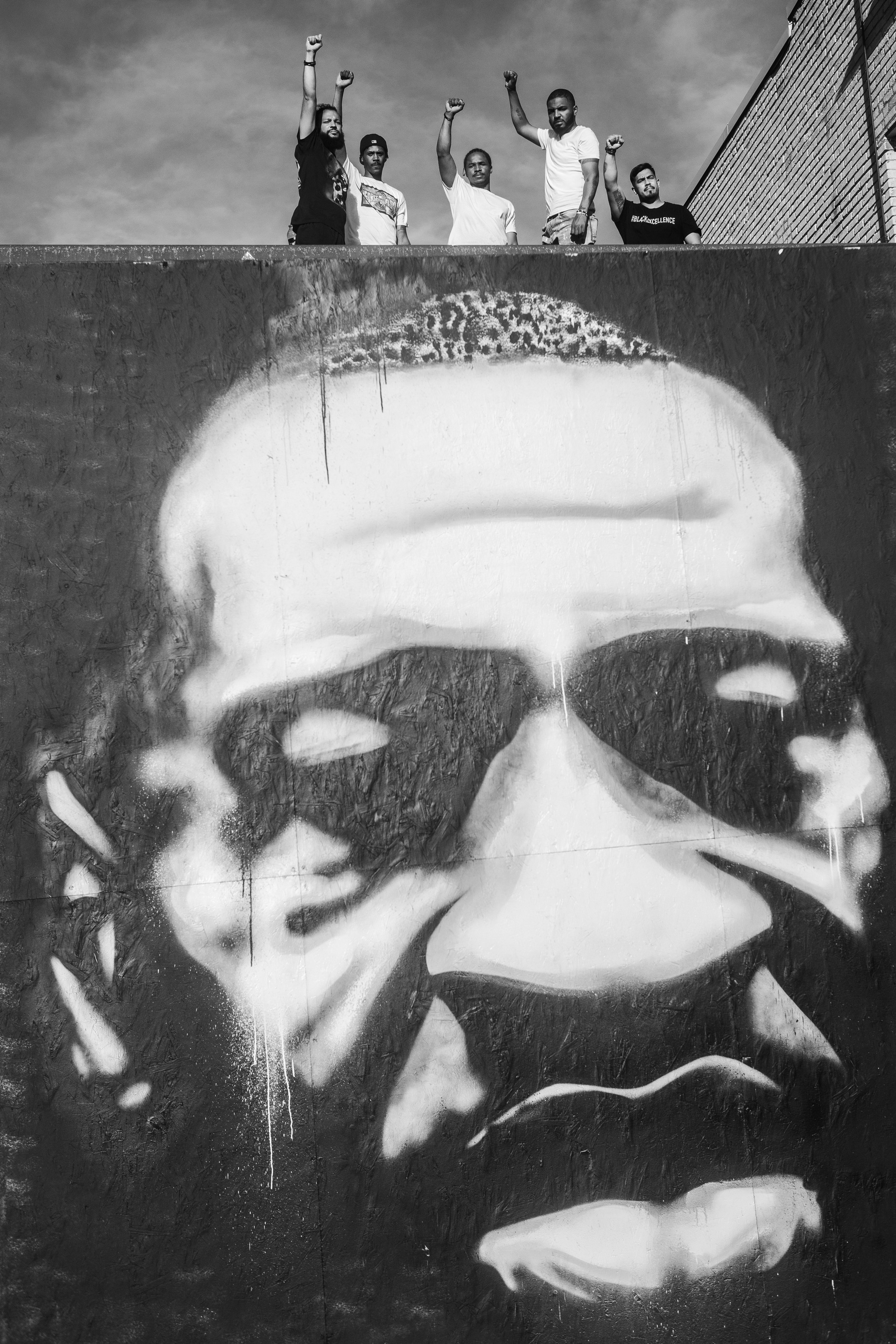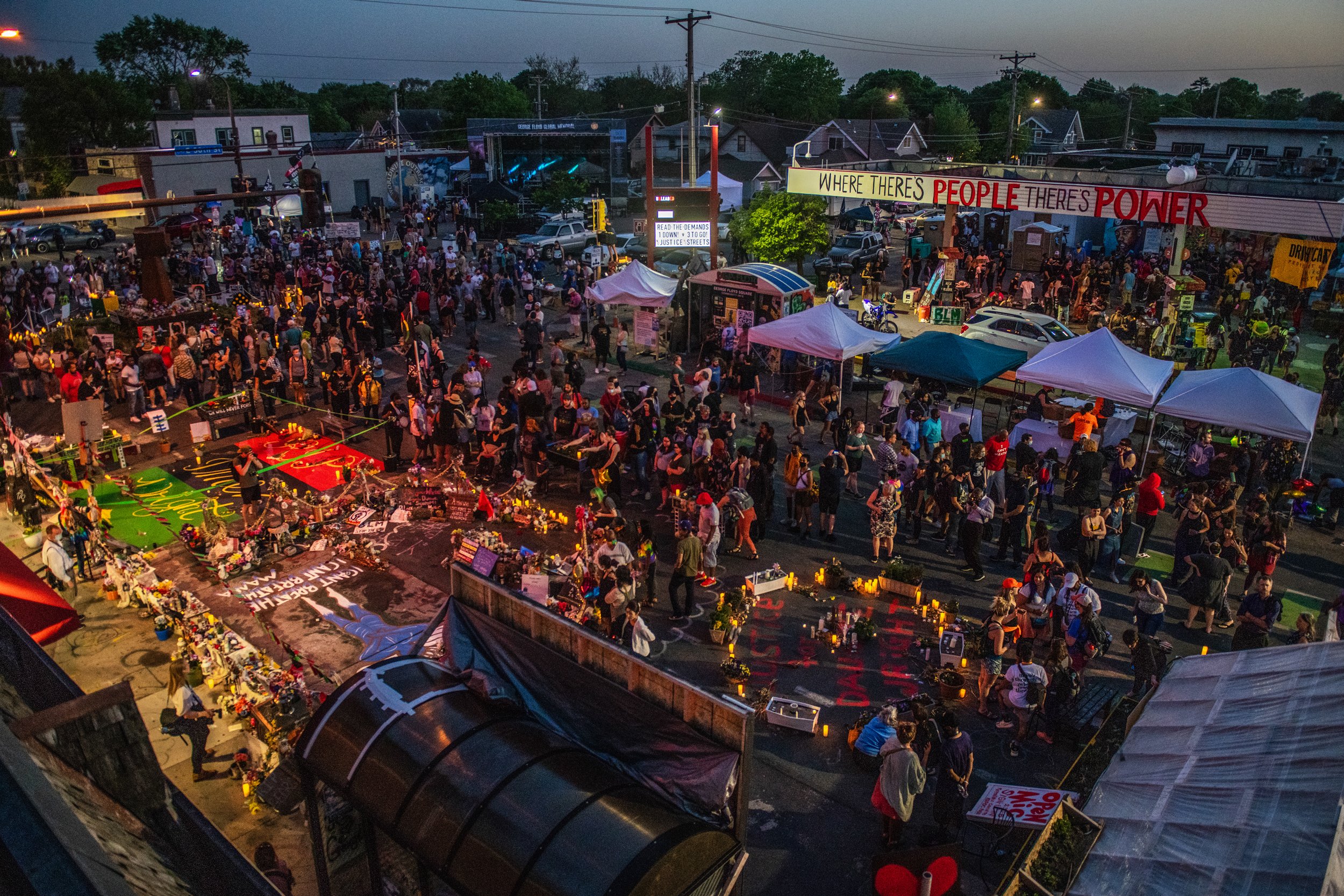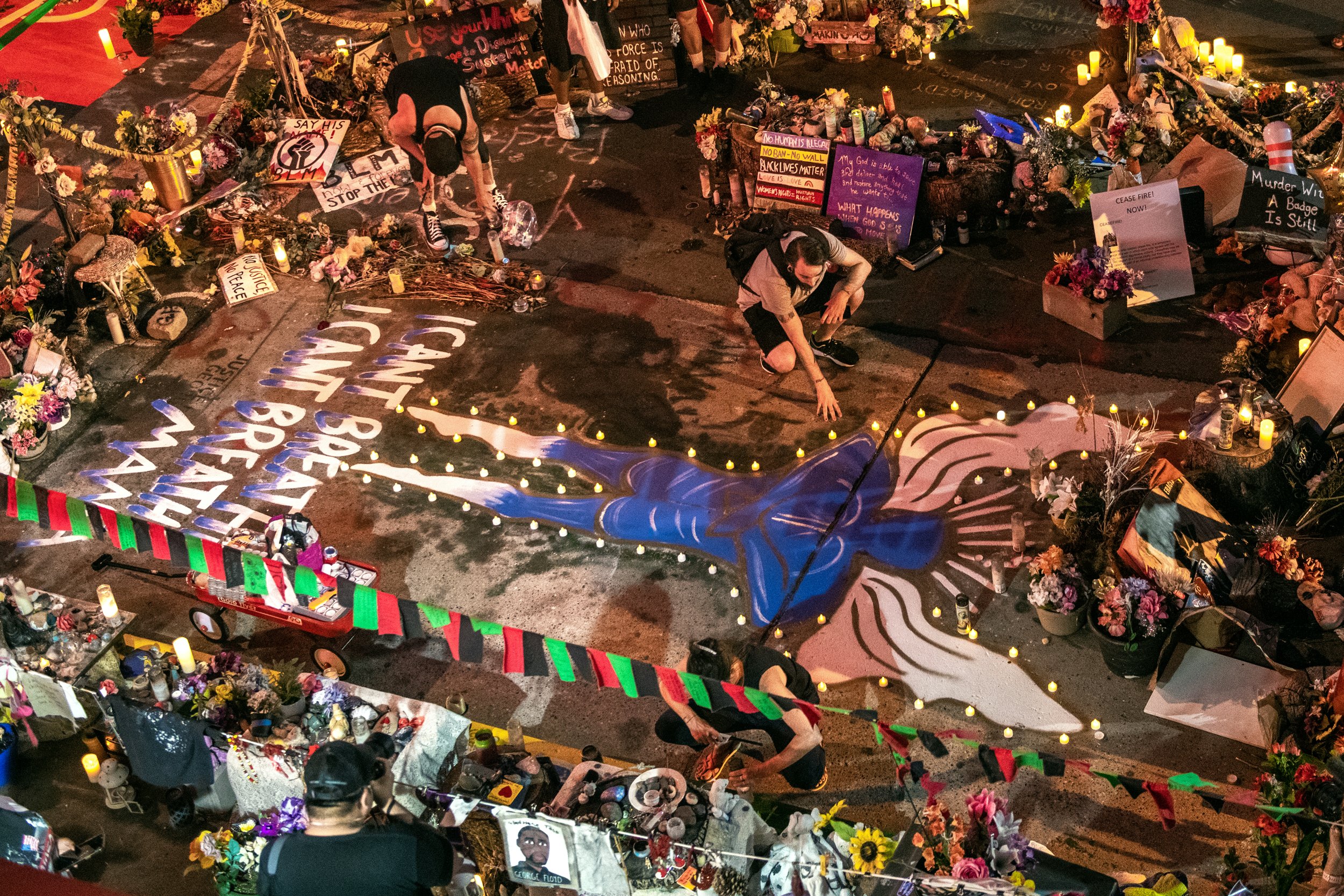When the video of Derek Chauvin kneeling on George Floyd's neck for 9:29 was posted online, it sent shockwaves of outrage throughout the world. People watched a white officer murder a black man on video, in broad daylight, as he screamed "I Can't Breathe," over and over and nobody, including the other three officers at the scene stepped in to stop it. On May 28, 2020, 3 days after Floyd's death, Minneapolis' Third Precinct, the station where Derek Chauvin reported to was burned to the ground. The following day, massive unrest and unprecedented, coordinated Black Lives Matter protests erupted in nearly every major US city during a time where Covid-19 was running rampant and most people were staying home, social distancing, and out of work. Protests continued in massive numbers for months, igniting renewed energy against police brutality and racial injustice. Chauvin was fired from his job as a Minneapolis Police Officer and charged with second and third degree murder and manslaughter for the death of George Floyd after an employee of Cup Foods called police to the scene, claiming that Floyd gave them a counterfeit twenty dollar bill.
Before the Derek Chauvin trial began, massive, large-scale fencing, equipped with razor and barbed wire was installed on the area surrounding the Hennepin County Government Center, turning it into a fortress. The National Guard was called in and they took their posts, inside the perimeter fencing and high on the steps, armed and watching the community’s every move. Businesses which were in close proximity, boarded up their windows in preparation for unrest. As the trial began, large demonstrations coincided with activists traveling in from all over the country. Marches took place in the streets and chants of George Floyd's name echoed throughout the city. On the first day of the trial, Reverend Al Sharpton and lawyer, Benjamin Crump knelt in unison alongside members of the Floyd Family and activists outside the government center and everyone prayed for justice together. During the first couple of days, after Kaia Hirt, a local schoolteacher put chains across her chest and linked them to the perimeter fence, a small group of activists decided to start an occupation protest, staying in the space 24 hours a day, despite freezing temperatures. Kaia didn't stay in her chains long but one of her former students and other activists took her place in shifts. Hundreds of locks with the names of people killed by police written on them were attached to the fencing behind the demonstration. As the locks started to become very noticeable to passersby, officers from the Hennepin County Sheriff and Security Division cleared the space and began clipping off all the locks with bolt cutters, upsetting the protestors greatly. As the trial continued on, the small group continued daily demonstrations on the street, with larger marches with more community involvement taking place once or twice a week. On weekends specifically, gatherings took place at George Floyd Square, the autonomous protest zone that was created near Cup Foods at the corner of 38th Street and Chicago Avenue, the site where George Floyd lost his life. As the trial winded down and people began to brace for the upcoming verdict, Daunte Wright was killed in nearby Brooklyn Center by BCPD Officer Kim Potter during a traffic stop. Focus shifted in a massive way for about a week with high scale protests taking place at the Brooklyn Center Police Department, until mass arrests quelled the demonstrations coinciding with the defense resting in the Chauvin trial.
On April 20, it was announced that the jury had reached a verdict and thousands of people gathered outside the government center and at George Floyd Square to hear the decision. The majority of cell service went down outside the government center before the reading of the verdict due to the large influx of people on the same networks, but a roar quickly sliced through the crowd as news that Derek Chauvin was convicted on all three counts was yelled. People dropped to their knees and hugged each other with tears pouring down their faces in joy. Afterwards, many headed over to George Floyd Square. There was a large celebration with speeches focusing on the accountability that was given earlier for George Floyd’s death on the historic day for the city of Minneapolis. Fireworks exploded over the old Speedway gas station across the street from Cup Foods, as people danced and many enjoyed themselves thoroughly for the first time since his death.
On June 25, Derek Chauvin was sentenced to 22.5 years in state prison. He then pleaded guilty to additional federal charges which would insure that he would do more time, but most likely on his preferred federal level instead of in a state facility. Minimum time served laws are longer in federal prison than state prison which could have given him the opportunity of parole after about 15 years. The other three officers who were at the scene; Thomas Lane, Tou Thao and J. Alexander Kueng were put on trial on federal charges for Civil Rights violations. On February 24, 2022, all three were convicted on charges that they failed to give Floyd medical aid and Thou and Kueng were also convicted on charges of failing to intervene when Chauvin’s knee was on his neck. Federal sentencing is still to come and all three officers face state charges of aiding and abetting murder and manslaughter committed by Chauvin.
